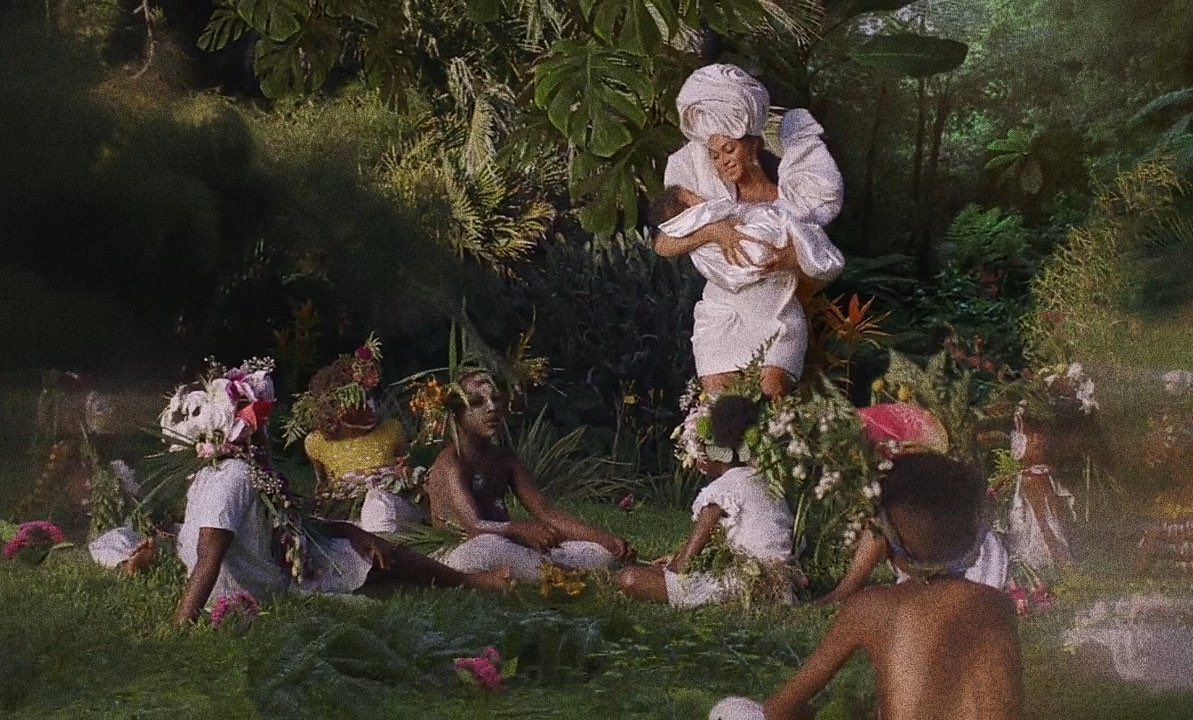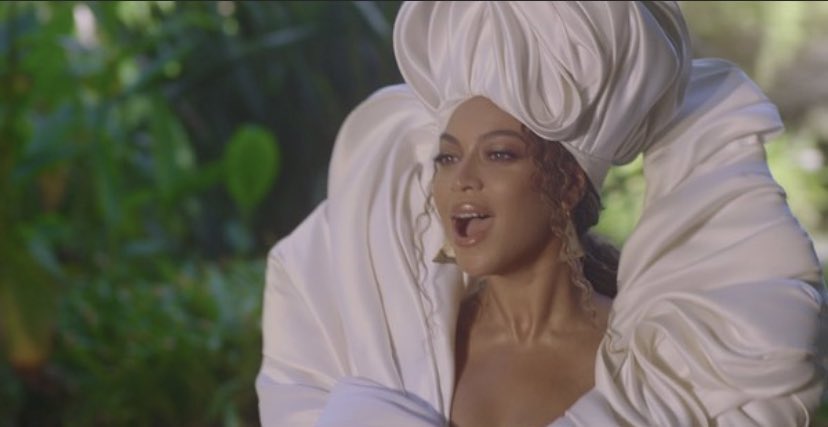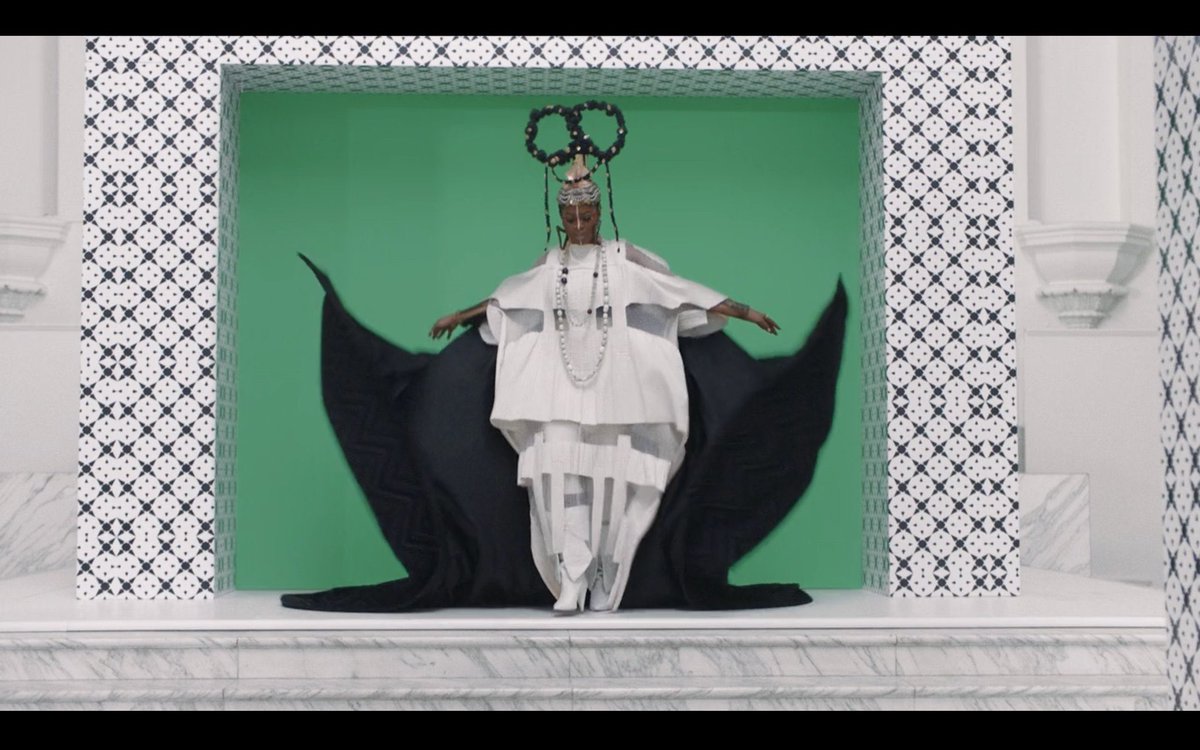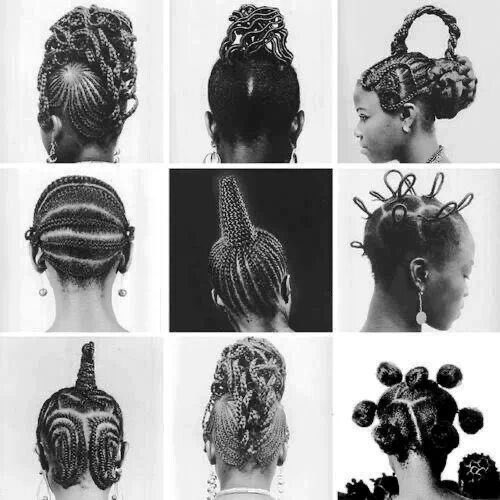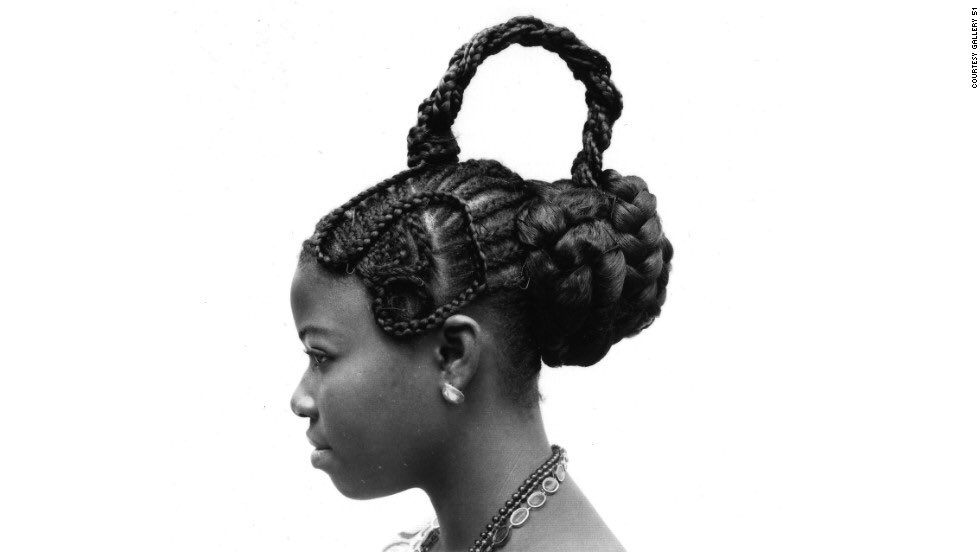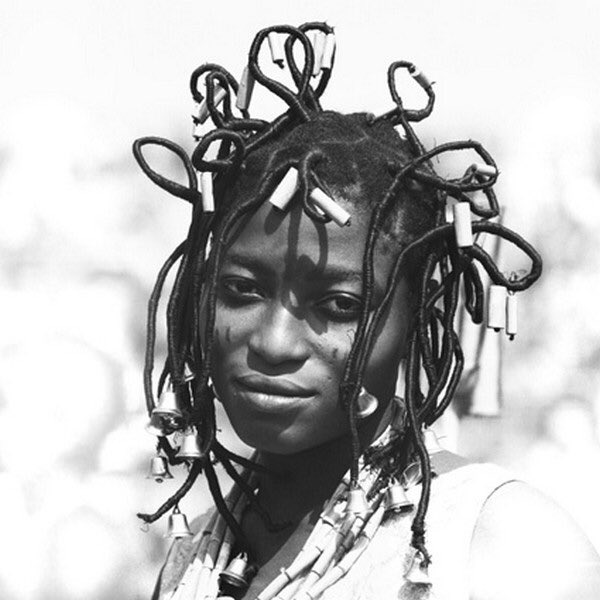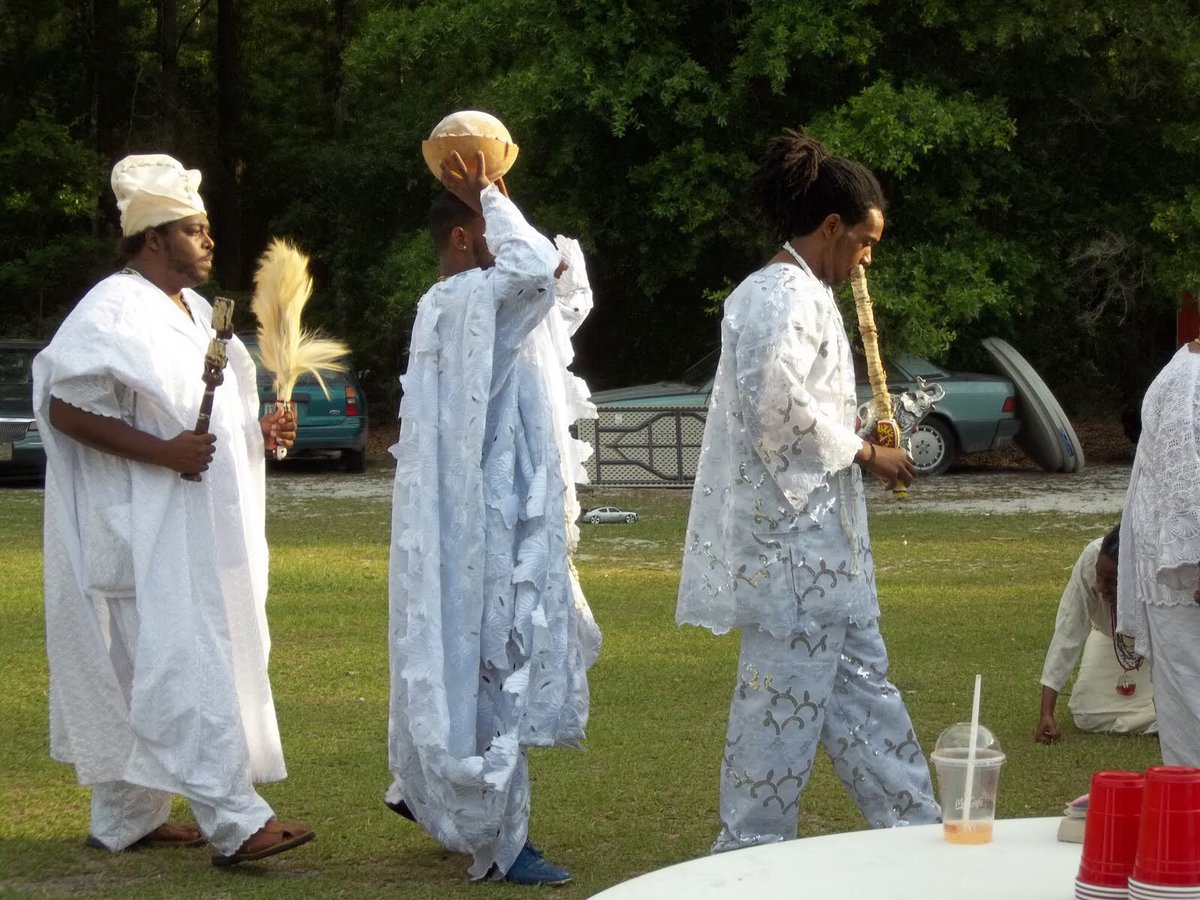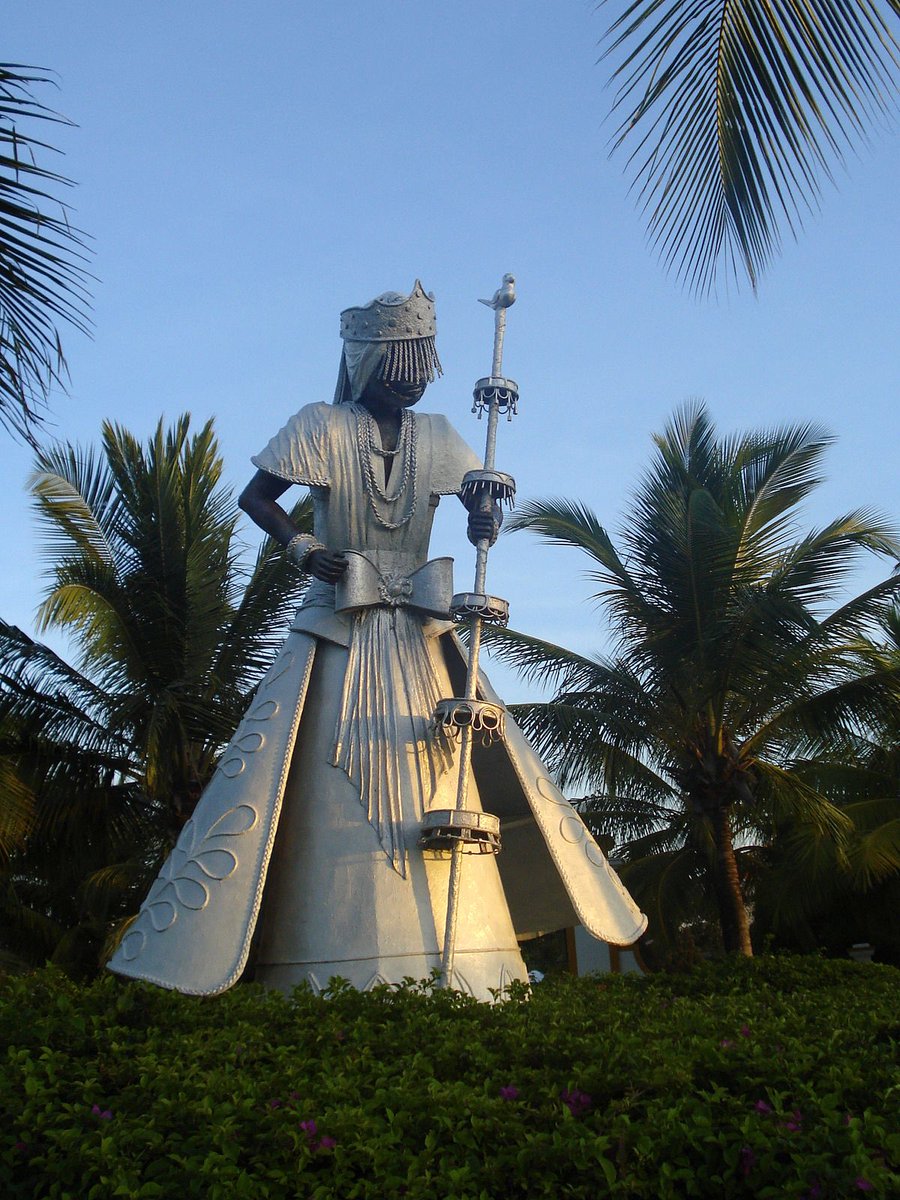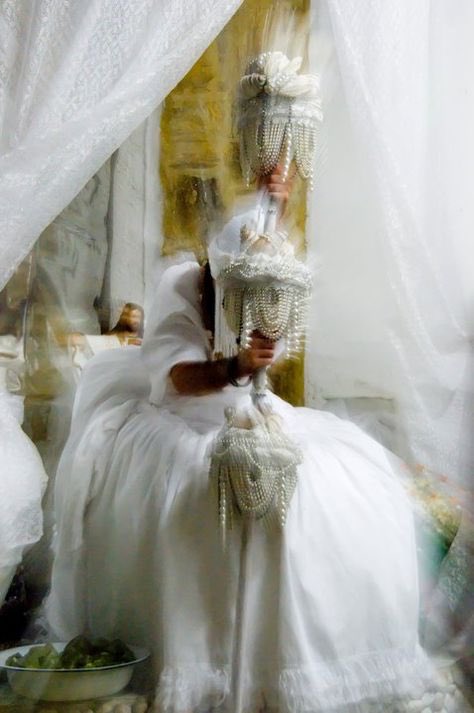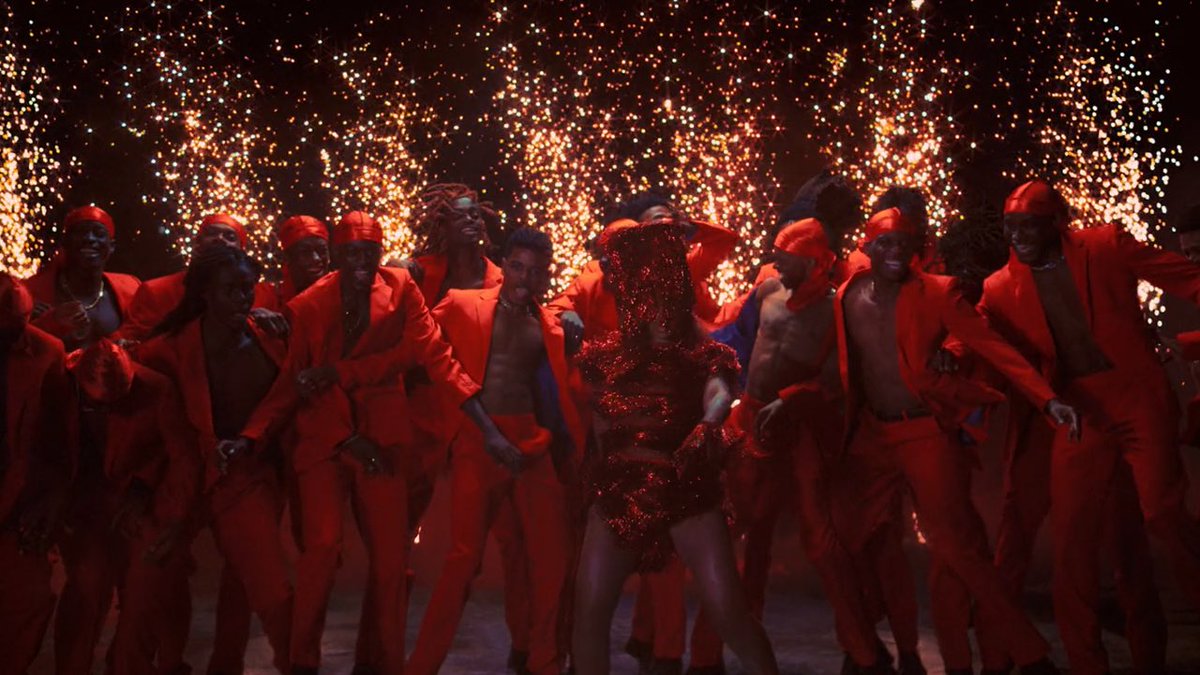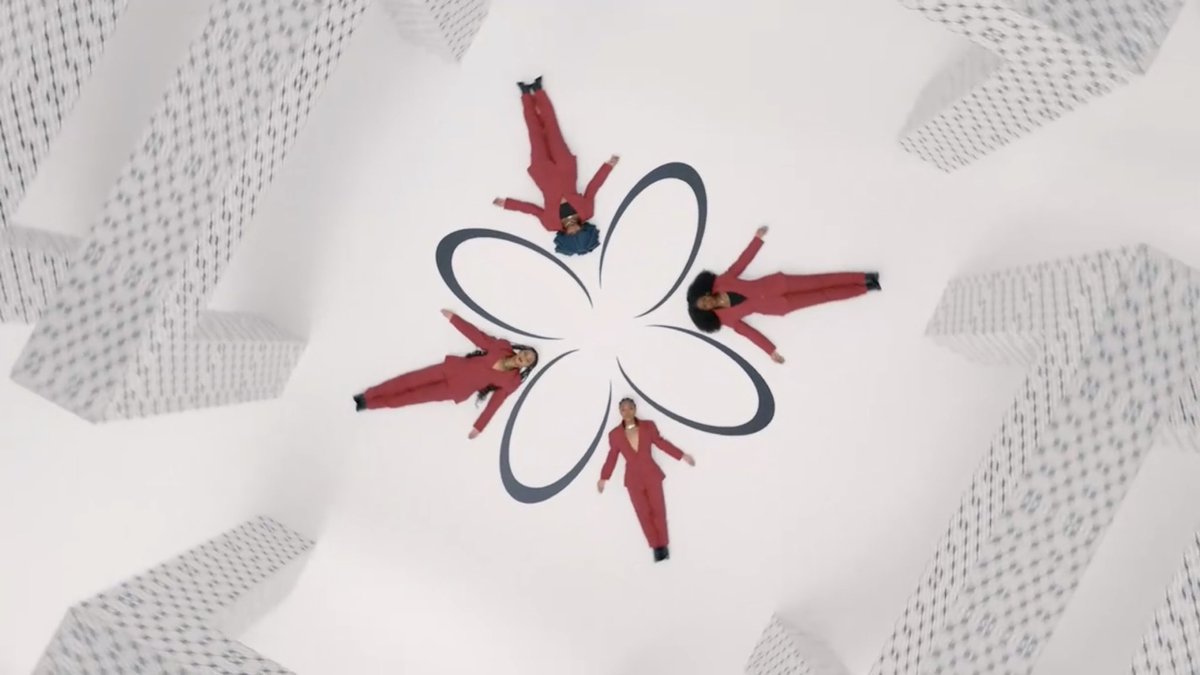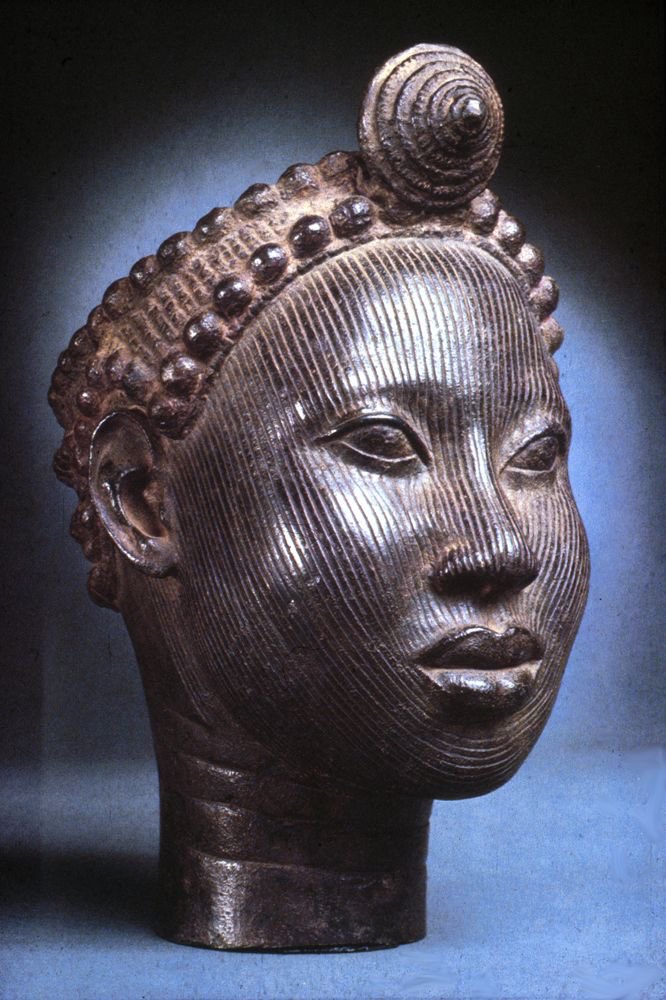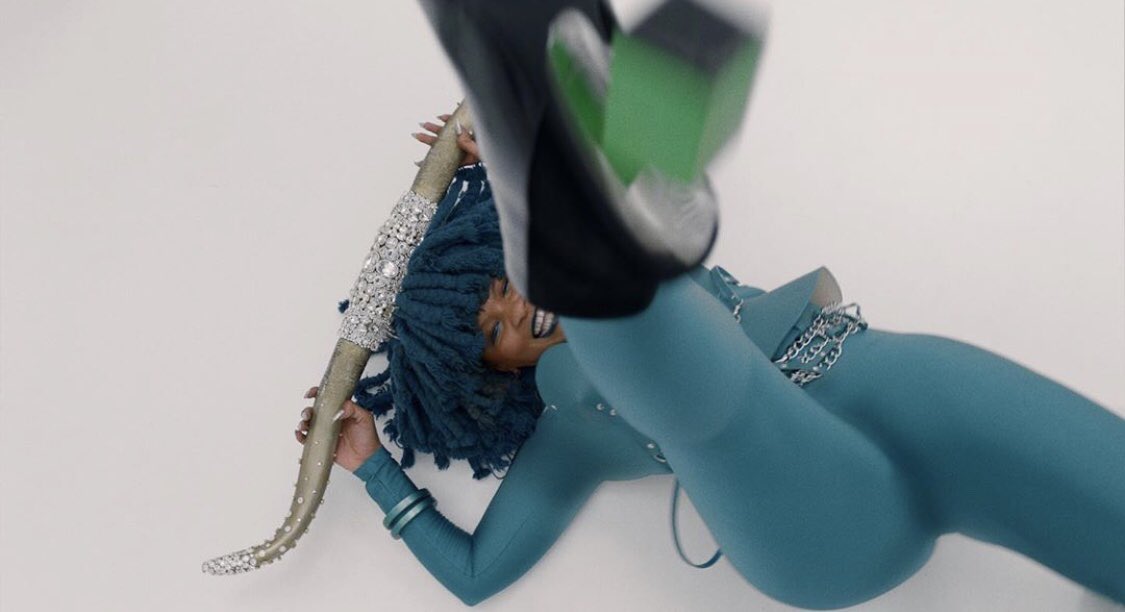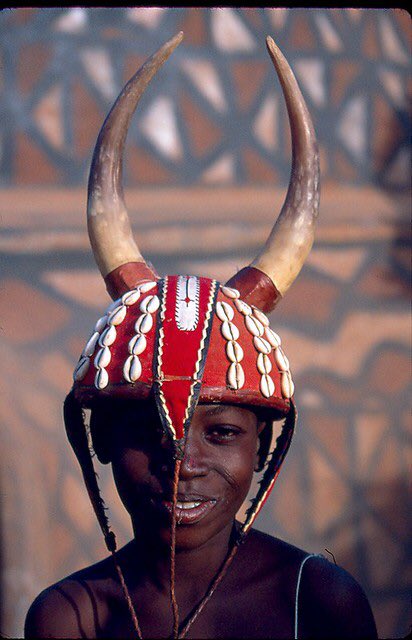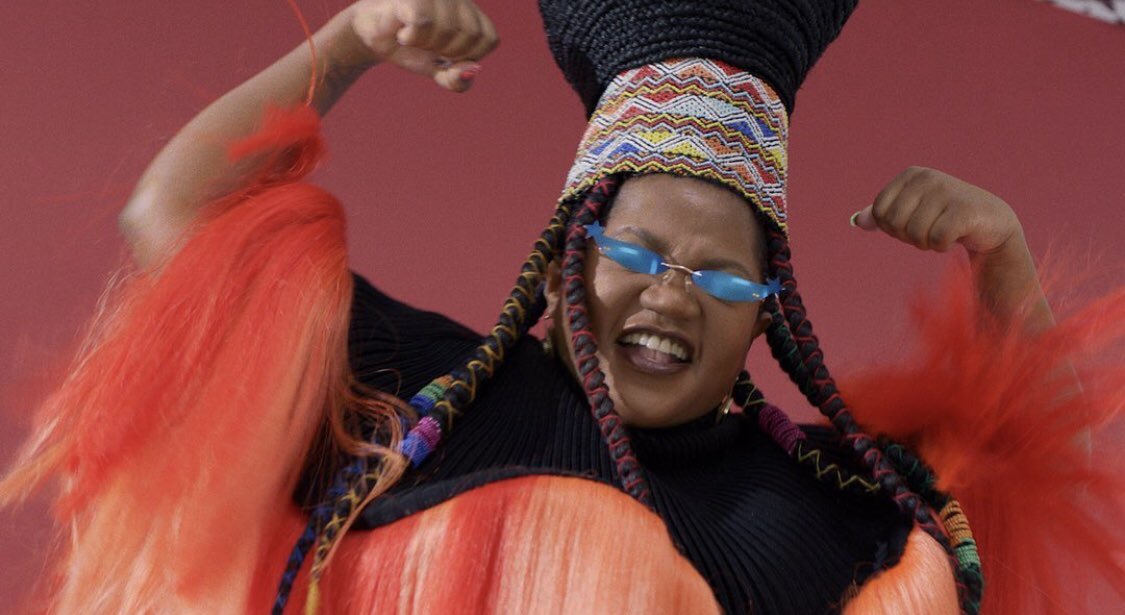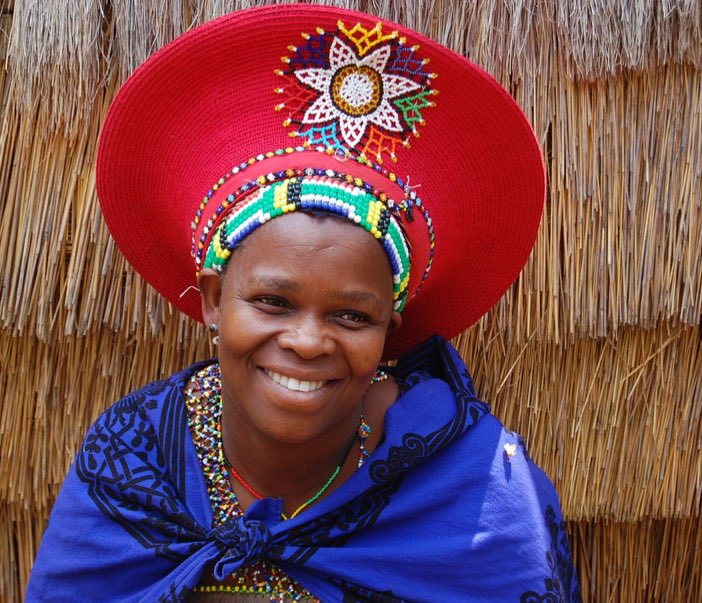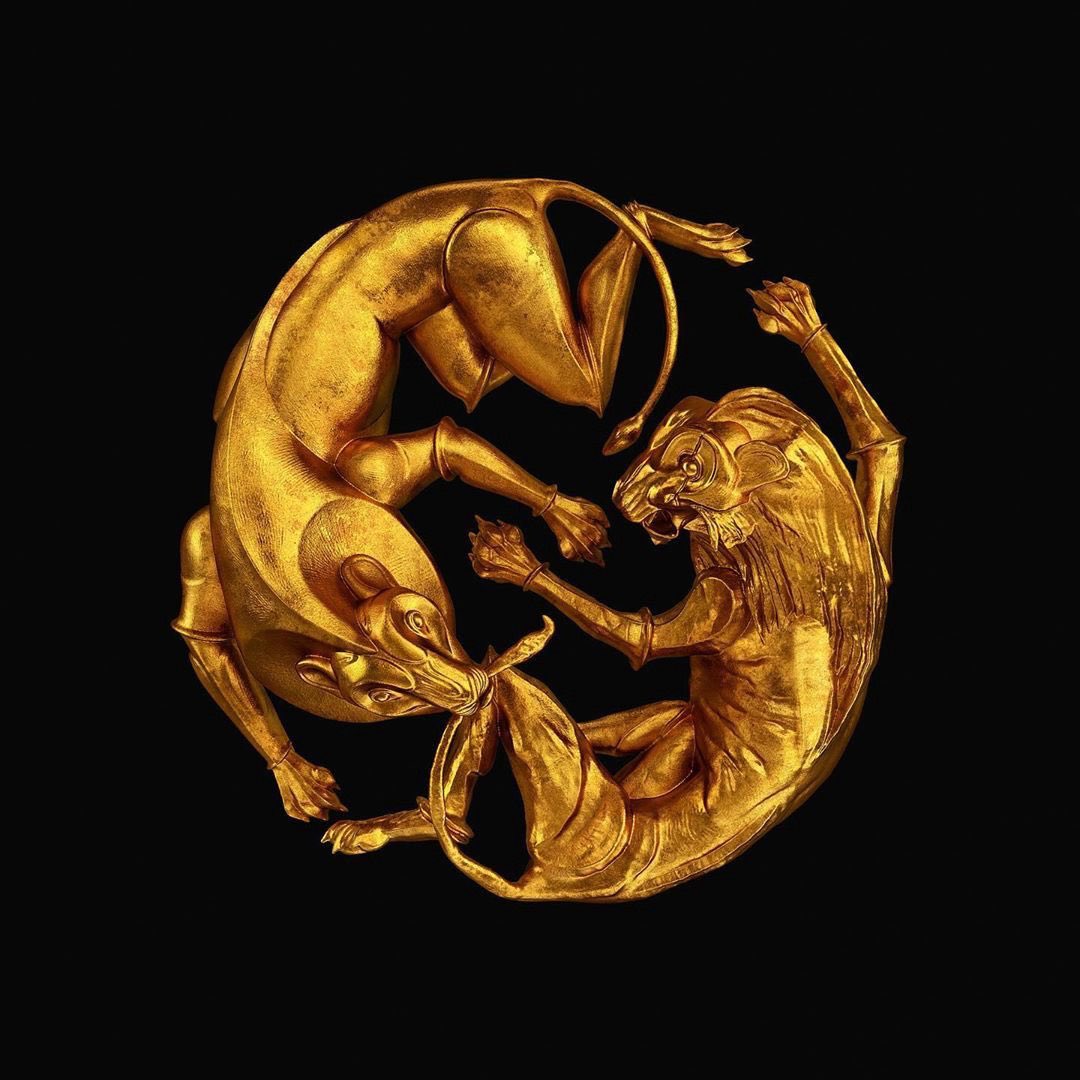I’m an anthropology fan so imma talk about references I noticed in #BlackIsKing  https://abs.twimg.com/hashflags... draggable="false" alt="">
https://abs.twimg.com/hashflags... draggable="false" alt="">
The first I’ll point out is the priest on the shore during Bigger, with one wielding a thurible (chained incense burner). These are used in many traditional Christian churches, and are sated back to Second Temple Judaism.
The thurible and garb shown in the film bare strong resemblance to those used by priests of the Ethiopian Tewahedo Church, which is considered the second oldest pre-colonial Christian church in the world.
The scene revolves around the baptism of an infant from the ocean (another Abrahamic reference), which has been commonplace in religions such as Southern Baptism. Although baptism is found in various cultures, this form can be traced back to Judaism.
In a larger sense, the scene represents an animistic relationship with the universe, including the lyrics of Bigger. The ocean is the medium and the cleanser, and a close example of the relationship between Earth and other celestial bodies.
This scene is the first introduction of the Green Man, who may represent an ancestor much like Beyoncé does. The use of body paint represents a ceremony, particularly a naming ceremony in this scene.
The following scene includes individuals wearing the Kanaga mask of the Awa masked societies . They are found among Dogon people of Mali, and use the mask during dama - a ritualistic dance to usher the spirits of the recently deceased to afterlife.
The Awa are highly valued, as death is believed to cause chaos. With the completion of the ceremony, the spirits will transform from violent to loving, and will protect their descendants.
The Dogon are specifically referenced in BIK for their belief system. Their pantheon revolved around reverence of nature, their androgynous twin-deity Nommo and their high value of the celestial bodies.
The Dogon are renown for their extensive knowledge of outer space, with their religion revolving around astronomical information that Europeans were not aware of until much later. Perfect example of our natural relationship to the universe.
FYWB includes heavy celestial imagery, particularly with Beyoncé leading a group chasing the stars themselves. Lyrically, the song emphasizes the importance of reconnecting with your home, not simply the physical one.
This contrasts with common depictions of the universe - being vast and large - as a danger. Beyoncé costuming as a star paints the image of the universe not only as our home, but as our “bigger self”.
The film heavily blurs the line between the here and the hereafter, with Beyoncé depicting an ancestor and traveling between the physical and spiritual planes
Drumming is potentially one of the most consistent aspects of the African diaspora, particularly for trancing. Within Don’t Jealous Me it is used by Scar to lure Simba into his world of superficialities.
“Life is a set of choices: lead or be led astray. Follow your light or lose it”
The Bassari of Senegal put young boys through initiation of death in order to be reborn as young men. This represents Simba’s death. Featuring the beautiful Yemi Alade with excellent choreography.
The Bassari of Senegal put young boys through initiation of death in order to be reborn as young men. This represents Simba’s death. Featuring the beautiful Yemi Alade with excellent choreography.
Nile deals with the conflicting emotions of mourning: our awareness of the afterlife doesn’t necessarily mean we are entirely comfortable with it. “One time I took a swim in denial/the Nile”
Nonetheless, we all still exist in the circle of life. The mourners will always join the mourned, and life never truly begins or ends. Beyonce/The ancestor lays where Mufasa lays: they are one. Beyoncé releasing the veil from over her eyes represents this realization.
Mood 4 Eva is exactly what it looks like: a young boy’s fantasy of his world without evil. Simba runs from the reality of his hurt and into his dreams.
In this fantasy land nothing has to make sense, but it all feels good. The Ancestors (Beyoncé and the Green Man) watch Simba speed past them within the dream, showing he’s not all that focused on healing right now.
Wisdom isn’t lost here though, as Simba is presented with the reality that can particularly apply to all Black men: choices. Power can come in all things, but not all forms are good. Simba is oblivious to this, and tries to replicate his fantasies in reality: Ja Ara E.
Ja Ara E (the 2nd best song) is toned with a consistent purple light, representing pleasure. There’s no better representation of Simba’s psyche now than the car he’s riding in: a pimped-out hearse. The illusion of happiness doesn’t change his reality: spiritual death.
The Ancestor can be subtly noticed in a confetti garb that references the Egungun/masquerade of the Yoruba, which she also appears in later on (shown below). Even in our foolishness, our ancestors are still right there with us.
Already features various green spirits who cover their eyes with their hands, and regular men folkowing suit. The Green Man breaks the mold, approaching the Ancestor in the tree. This ultimately represents the enlightenment of Simba, and reunion of the blind men.
Cattle reverence is one of the most common practices in pre-colonial African cultures, particularly among Southern Bantus and East Africans. The animal is seen as the embodiment of the harvest and wealth.
The Apis Bull was a popular divine image of fertility in 3,000 BC Egypt, as the patron deity of Memphis. Within the traditional Igbo religion Odinani, followers worship the alusi Ikenga: a representation of determination, with two horns to represent self-will.
This scene finds the Green Man awakening his brothers, with their colors being the same as the jewels of the Ancestor. Turquoise has been regarded as a stone of goid fortune for thousands of years, particularly as the symbol of Hathor: mother of the pharaohs.
The Green Man reunites with the Red Woman, who is inspired by the Himba women of Namibia and Angola. Their reddish tone is made from otjize, a combination of butterfat and clay that cleanses and protects the skin during periods of water scarcity.
The meaning of being a king is reimagined here, going against the ideas of domination and instead laying a new framework: respect, community, divinity and bringing peace.
“As king, I was most proud of one thing. Having you as my son. I never left you, and never will. Remember who you are.”
Among the other various African flags, there is an introduction of another African group: African Americans. The message is clear with this.
Among the other various African flags, there is an introduction of another African group: African Americans. The message is clear with this.
“Men taught me some things, but women taught me a whole lot more”
Beyoncé pays homage to the divinity of women found throughout African Traditional Religions, and their power in preserving what was destroyed through patriarchal Eurocentricism. Maferefun Yemaya.
Beyoncé pays homage to the divinity of women found throughout African Traditional Religions, and their power in preserving what was destroyed through patriarchal Eurocentricism. Maferefun Yemaya.
The ocean has consistently been a center of life for Black individuals, even before our traumas in relation to it. Before the Trans-Atlantic slave trade, floods and us being barred from enjoying swimming; water was our life and love.
It’s our divinity (Yemoja, Oshun, Mami Wata, baptism, etc.), joy (cowrie shells, blue, swimming) life (calabash, water, fish).
“Water signifies life, water signifies hope, water signifies purity and water signifies the ability to be reborn”
Water was our first love.
“Water signifies life, water signifies hope, water signifies purity and water signifies the ability to be reborn”
Water was our first love.
This scene is a dedication to the life that lives in women, as well as the life that they give to everyone else. From ocean goddesses to creativity goddesses and fertility goddesses; Black women are the embodiment of life.
Black women’s art, dance, fashion, love and wisdom. It is as vast and important as the ocean itself. Nobody - king or otherwise - can exist without their water.
Brown Skin Girl portrays a debutante ball, which have been commonplace celebrations of young women among African Americans since the early 20th century. The girls debuted here were also honored for their academic and career succes.
Here, Beyoncé shows a strong praise for beauty of darker skinned Black women, going against the colorism that was so prevalent during those time periods - as well as now.
The scene is full of homage to Black beauty in all its forms, with none of the hatred. Various hairstyles from the African diaspora are shown in all their flamboyance, fit for any debutante.
From Down South updos to the skull elongation of the Mangbetu, Black beauty has always been rich in variety and creativity.
Beyoncé also celebrates the beauty of darker skinned women from South/East Asia, where dark skinned is often negatively and romanticize skin bleaching due to current caste systems and colorism.
Keys to the Kingdom is a beautiful celebration of love with Nigerian dancer Picture Kodak front and center for this scene. Kodak unfortunately passed away in April, and we are blessed to have gotten the opportunity to see her joy and talents on the screen  https://abs.twimg.com/emoji/v2/... draggable="false" alt="❤️" title="Rotes Herz" aria-label="Emoji: Rotes Herz">
https://abs.twimg.com/emoji/v2/... draggable="false" alt="❤️" title="Rotes Herz" aria-label="Emoji: Rotes Herz"> https://abs.twimg.com/emoji/v2/... draggable="false" alt="🇳🇬" title="Flagge von Nigeria" aria-label="Emoji: Flagge von Nigeria">
https://abs.twimg.com/emoji/v2/... draggable="false" alt="🇳🇬" title="Flagge von Nigeria" aria-label="Emoji: Flagge von Nigeria">
The visual draws heavy inspiration from the art of the Ndebele of South African, which was largely popularized by artists such as Esther Mahlangu.
Tiwa Savage gives a beautiful display in front of the National Arts Theatre, which is the main performing arts center for Nigeria in Surulele, Lagos.
Nala (who is played by South African artist Nandi Madida) is readied by her bridesmaids while they wear jewelry and hairstyles inspired by the Maasai of Eastern Africa.
Keys to the Kingdom is a beautiful celebration of a return to home, with well-worked inclusion of Ankara, Aso Ebi and NYSC to give examples of the joyous and important cultures found all throughout Africa. The home of humanity.
Otherside serves as a retelling of the Biblical story of Moses. In this version, his Hebrew mother Jochebed casts him away to the ocean within a basket to protect the infant from the approaching sand storm. However in the original, she was protecting him from being murdered.
The Book of Exodus often holds high significance to the descendants of chattel slavery due to the similarities in the enslavement portrayed by the Hebrews in Egypt and the experience of enslaved Africans in the Americas.
This visual incorporates Bògòlanfin of Mali and fashion of North Africans such as Nubians of Sudan and Egypt, diverging from the typical depiction of Ancient Hebrews.
The legendary South African actress Mary Kuksie Twala-Mhlongo, portrays an elder whom Simba presents his fetish (nkisi as called by the BaKongo of Zaire) to prove he is ready for his inheritance.
Mary passed away on July 4th, and leaves behind a legacy of respect https://abs.twimg.com/emoji/v2/... draggable="false" alt="❤️" title="Rotes Herz" aria-label="Emoji: Rotes Herz">
https://abs.twimg.com/emoji/v2/... draggable="false" alt="❤️" title="Rotes Herz" aria-label="Emoji: Rotes Herz">
Mary passed away on July 4th, and leaves behind a legacy of respect
“You find yourself in a room full of all the people you loved, and you dance with a joy as pure as your father’s face”
The infant never washes on shores of Egypt, instead joining his mother and all the other souls on the other side. There is always another side.
The infant never washes on shores of Egypt, instead joining his mother and all the other souls on the other side. There is always another side.
Yoruba: “Sọ kalẹ̀ wá, wa wó inu ókán,mi ló, Oluwa!”
English: “Come down, come into my heart heavenly spirit!”
Swahili: “Mababu katika mawingu”
English: “Forefathers in the clouds”
Here is the reunion of mother and child, father and son.
English: “Come down, come into my heart heavenly spirit!”
Swahili: “Mababu katika mawingu”
English: “Forefathers in the clouds”
Here is the reunion of mother and child, father and son.
No matter how hard the waves crash, or how terrible the waves appear. We will always meet on the other end of the waterfall. It’s the circle of life.
Simba is sent into another trance by the rhythm of drums in order to take his throne back. However, this is not simply a physical fight but, a struggle between the good and evil within him. A struggle that occurs on the spiritual plane.
Pre-colonial hairstyles worn by the Yoruba revolved around the idea that the higher the hair was, the closer an individual is to the divine. Photographer J.D. ‘Okhai Ojeikere largely documnted Yoruba hairstyles worn by women in Nigeria in the 60’s.
Our power is not based in our against others, but in our value of self. When you are aware of the divinity you are descended from and the purpose you are meant to serve, that is true power.
Tierra Whack’s outfit also takes reference from the priests of Obatala, the king sho ascended in death and became the oldest of all orishas. The first city - Ife - was founded by him, and the first dynasty came from Oduduwa.
Oya-Iyansan is the mother of 9, known for giving birth to 9 nine children at once after suffering from infertility. She is the Orisha of death, lightning, storms and rebirth. She is considered the companion of Chango, and is known to protect the cemetery and witches.
In traditional Yoruba belief systems, the head is the seat of the soul, and we can only achieve true happiness by following our Orishas. When we find harmony with them, we can find harmony with the world.
Ori: soul, energy, head
Sha: owner
Ori: soul, energy, head
Sha: owner
Sanelly and Busiswa reflect the art of various African ethnic groups, such as the Gurnsi’s horn art and the Isicholo of the Zulu. Symbols of power and divinity.
That drive and willingness to be a leader is kingship, and it is the natural way that was left to us. Our natural responsibility. Working against nothing, working with everything. The circle of life.
Ja Ara E best song behind Bigger, FYWB best visual #BlackIsKing  https://abs.twimg.com/hashflags... draggable="false" alt=""> thank you for agreeing
https://abs.twimg.com/hashflags... draggable="false" alt=""> thank you for agreeing  https://abs.twimg.com/emoji/v2/... draggable="false" alt="☺️" title="Lächelndes Gesicht" aria-label="Emoji: Lächelndes Gesicht">
https://abs.twimg.com/emoji/v2/... draggable="false" alt="☺️" title="Lächelndes Gesicht" aria-label="Emoji: Lächelndes Gesicht">
Also, if you enjoyed reading all this you might as well check out my writings for my beautiful HBCU @SouthernUOSM  https://abs.twimg.com/emoji/v2/... draggable="false" alt="✨" title="Funken" aria-label="Emoji: Funken"> http://www.southerndigest.com/news/article_2ad51d68-ef63-11e9-9ed4-37833f5e8872.html">https://www.southerndigest.com/news/arti...
https://abs.twimg.com/emoji/v2/... draggable="false" alt="✨" title="Funken" aria-label="Emoji: Funken"> http://www.southerndigest.com/news/article_2ad51d68-ef63-11e9-9ed4-37833f5e8872.html">https://www.southerndigest.com/news/arti...

 Read on Twitter
Read on Twitter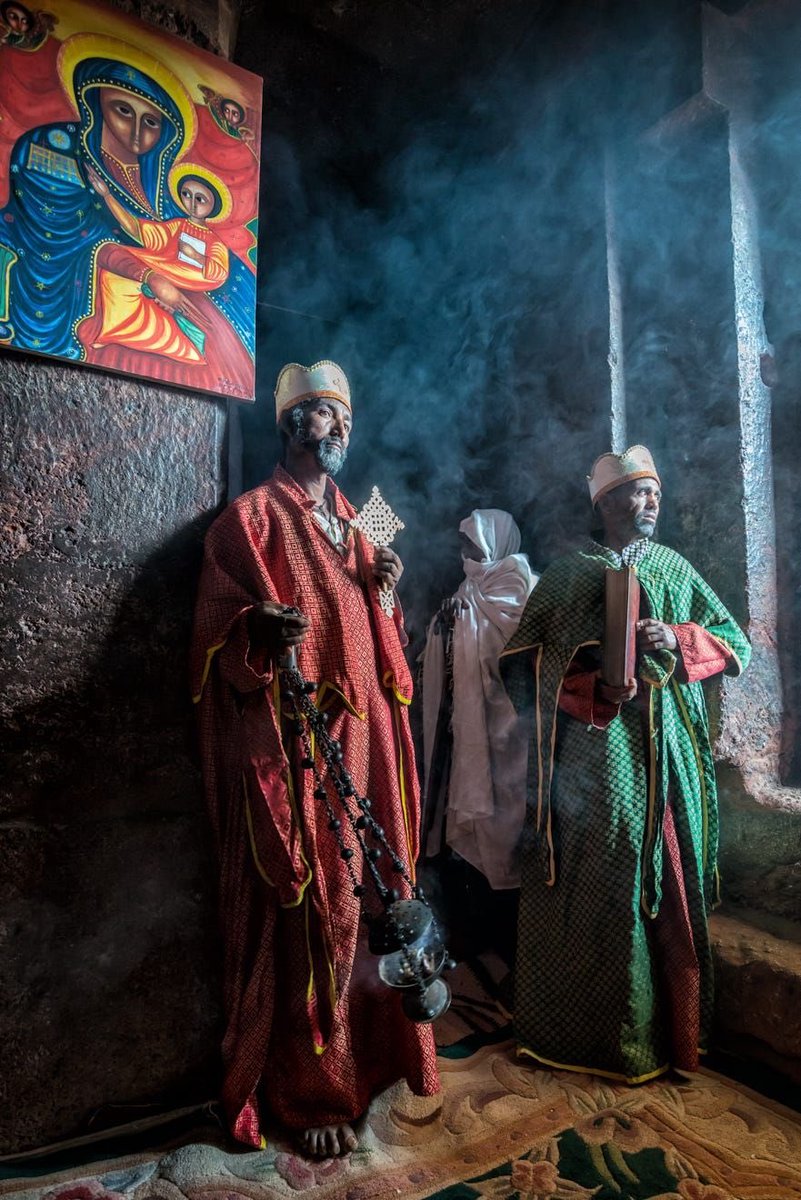


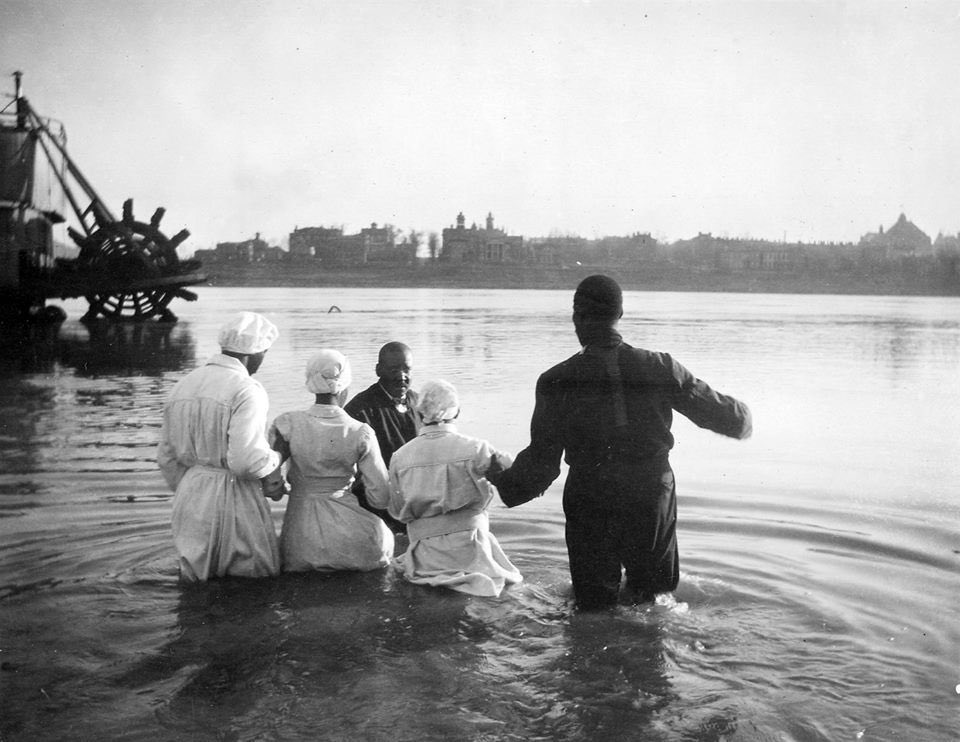
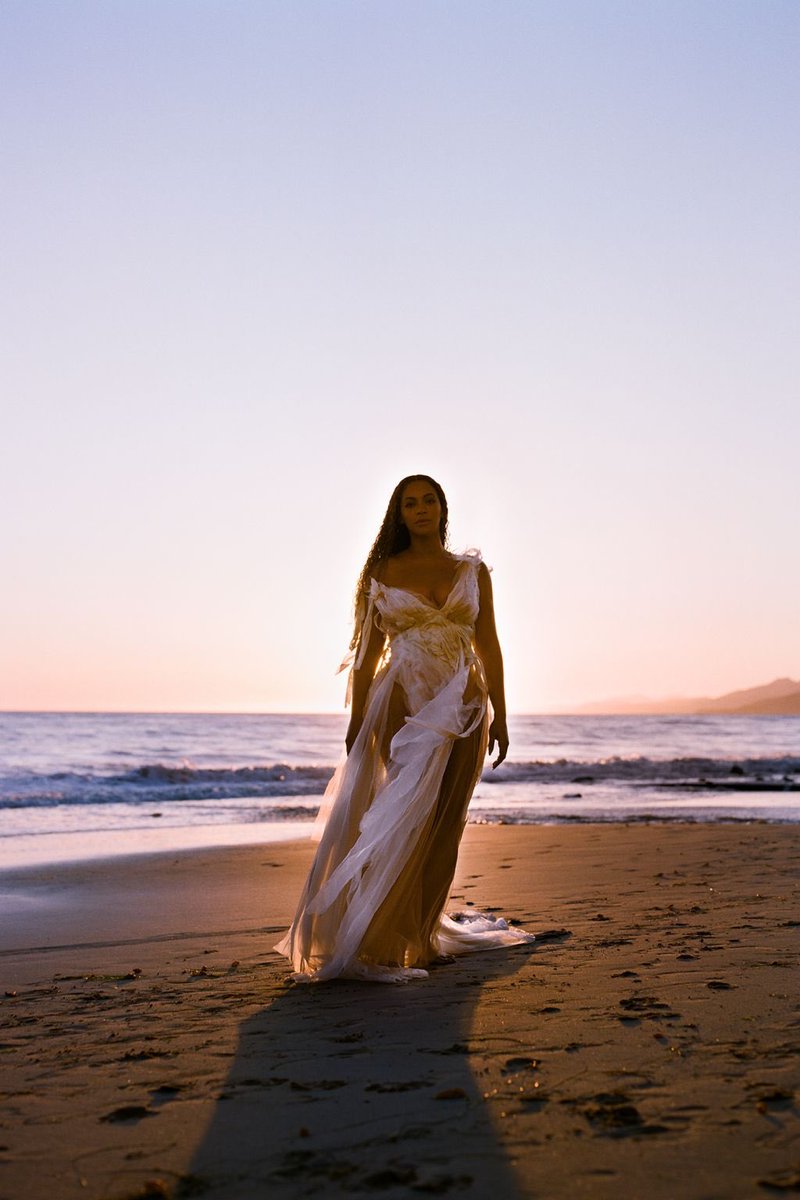
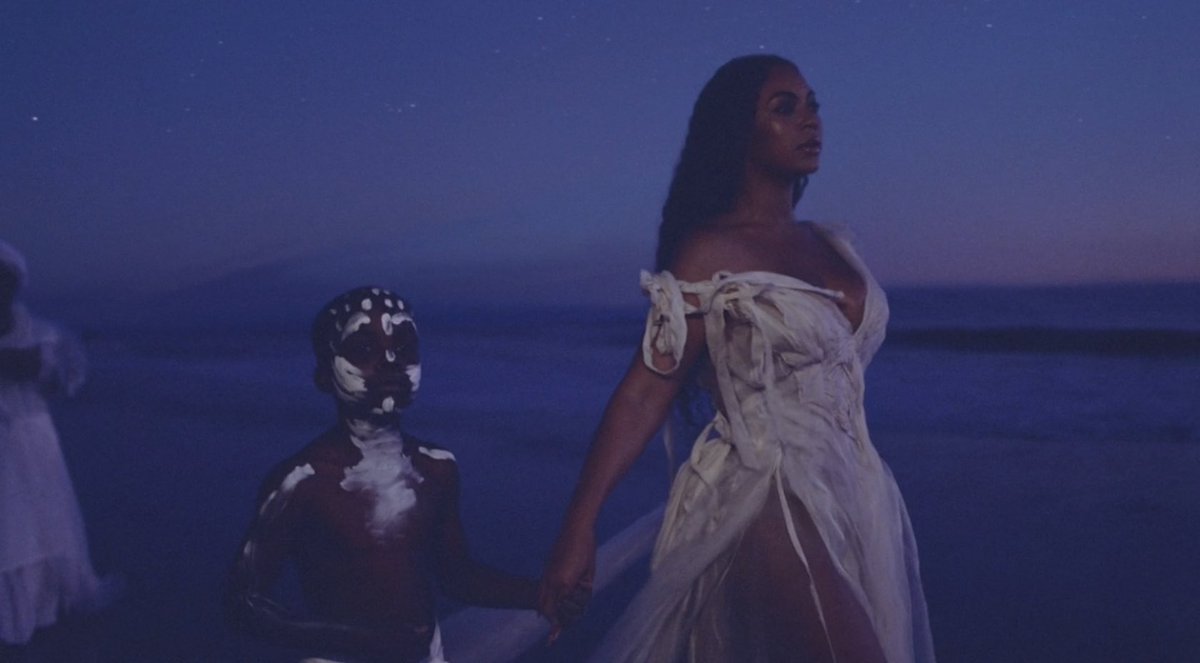
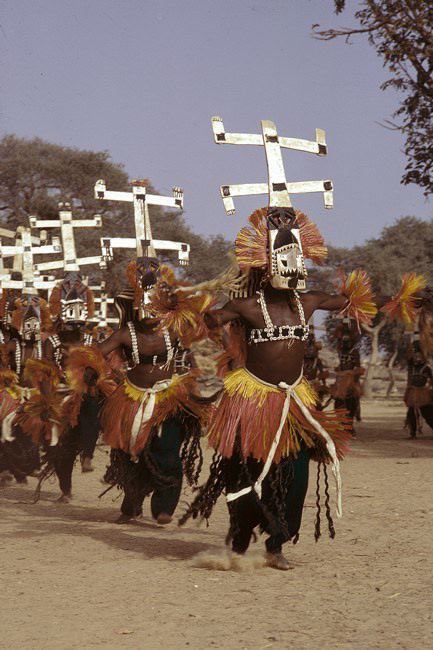
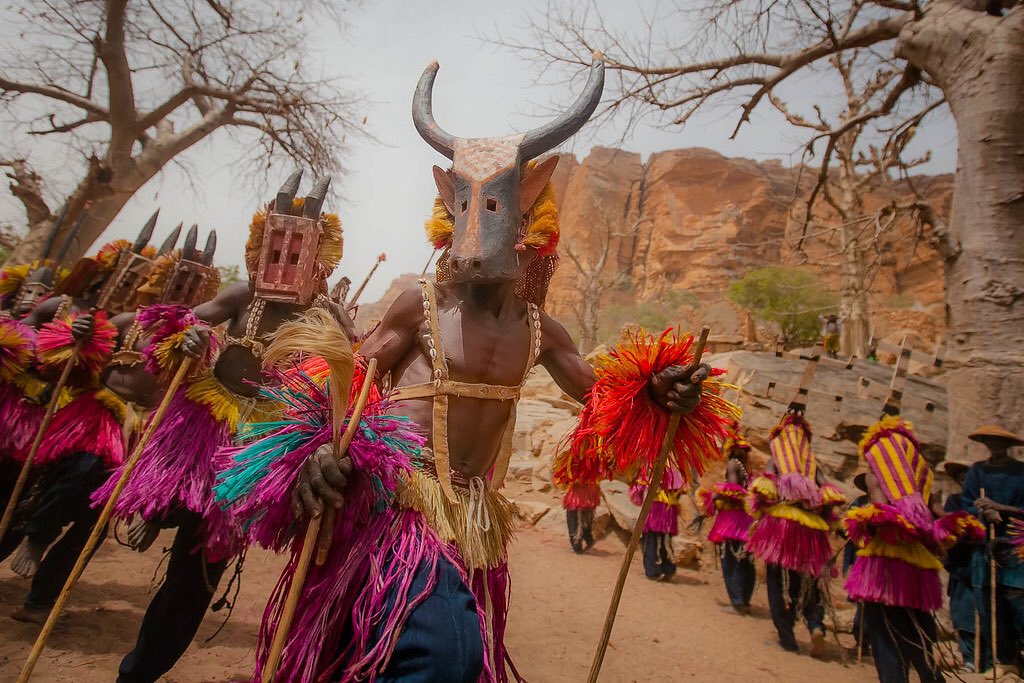
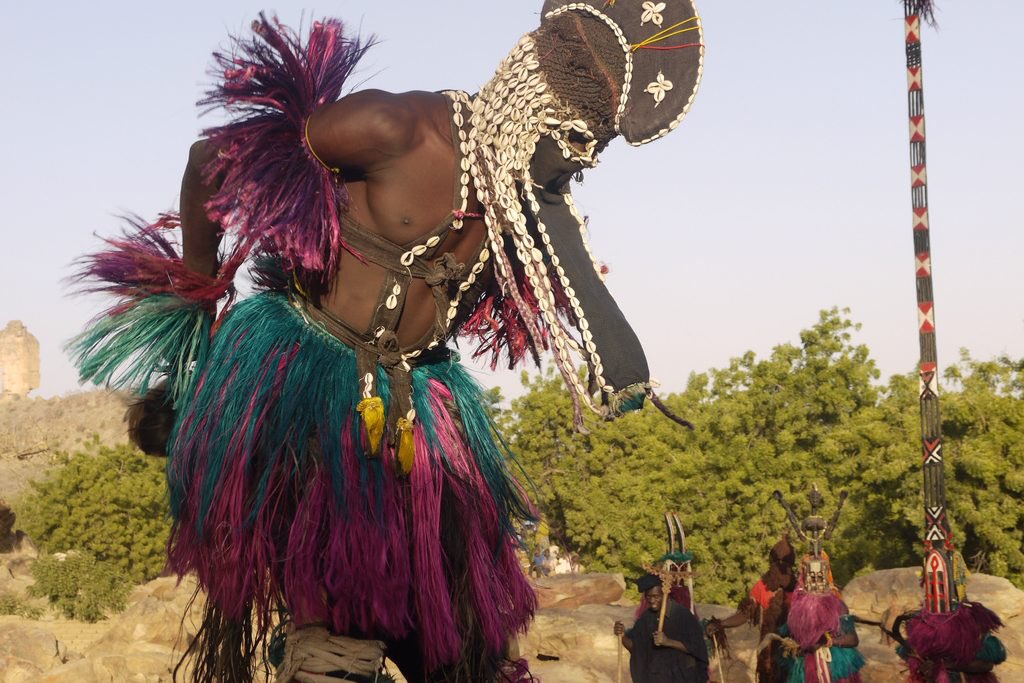
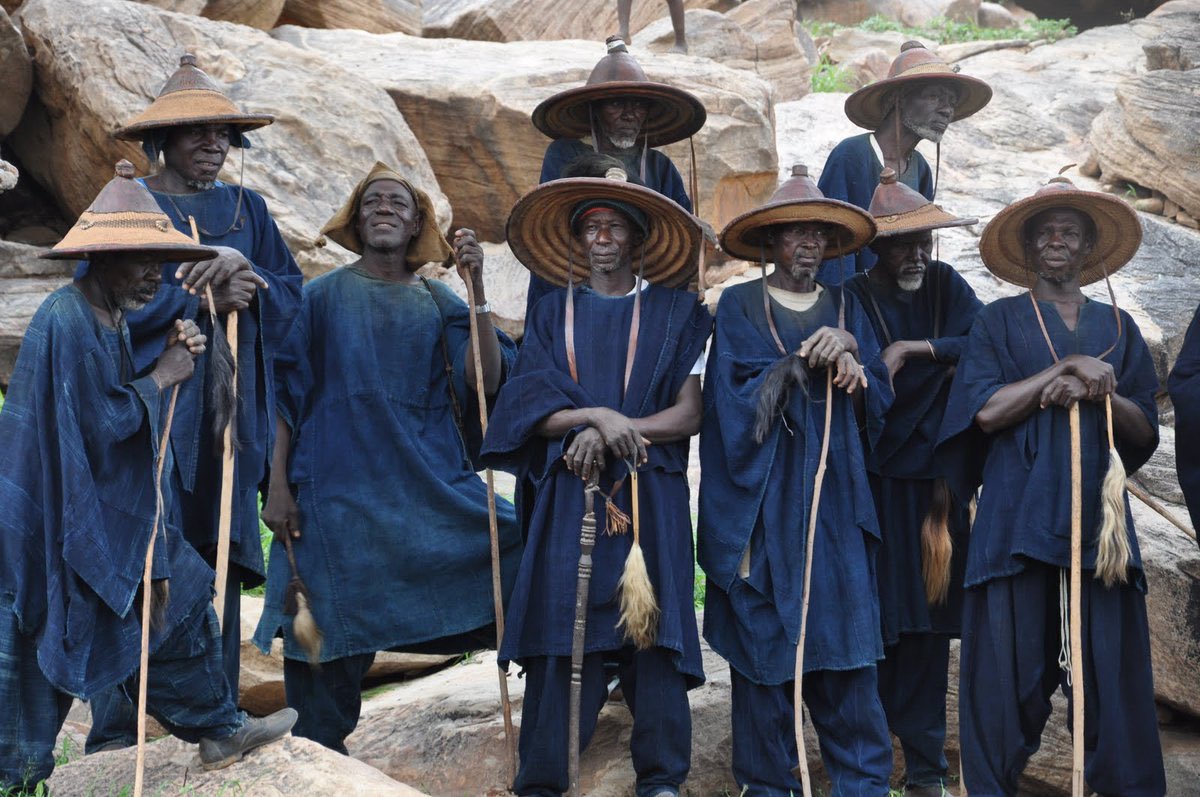
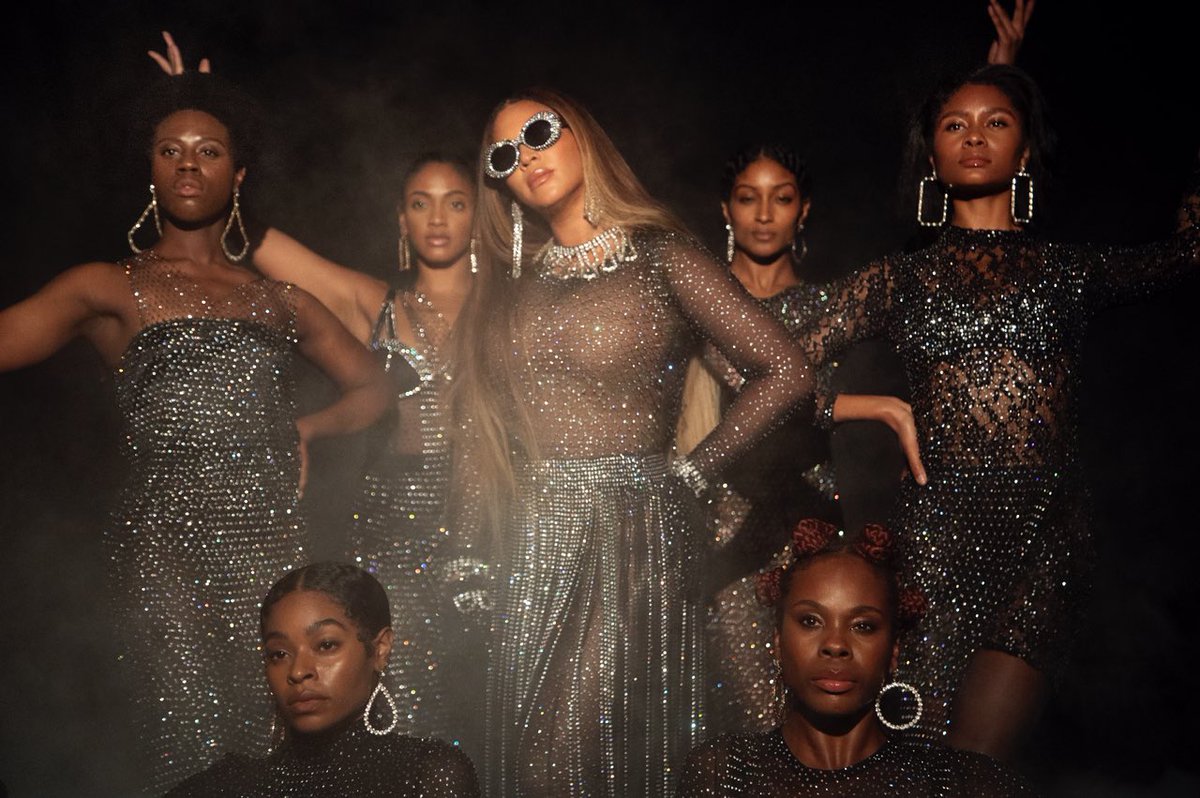
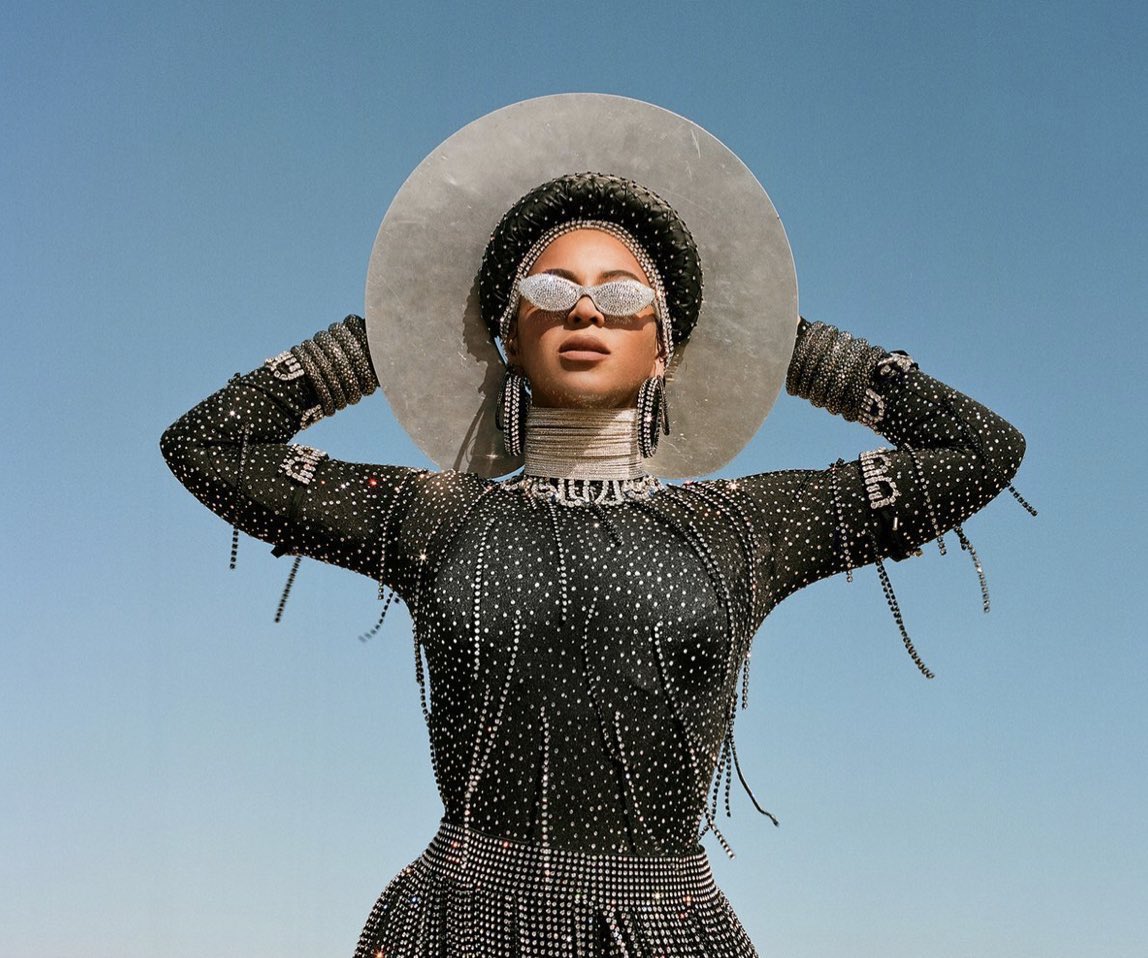
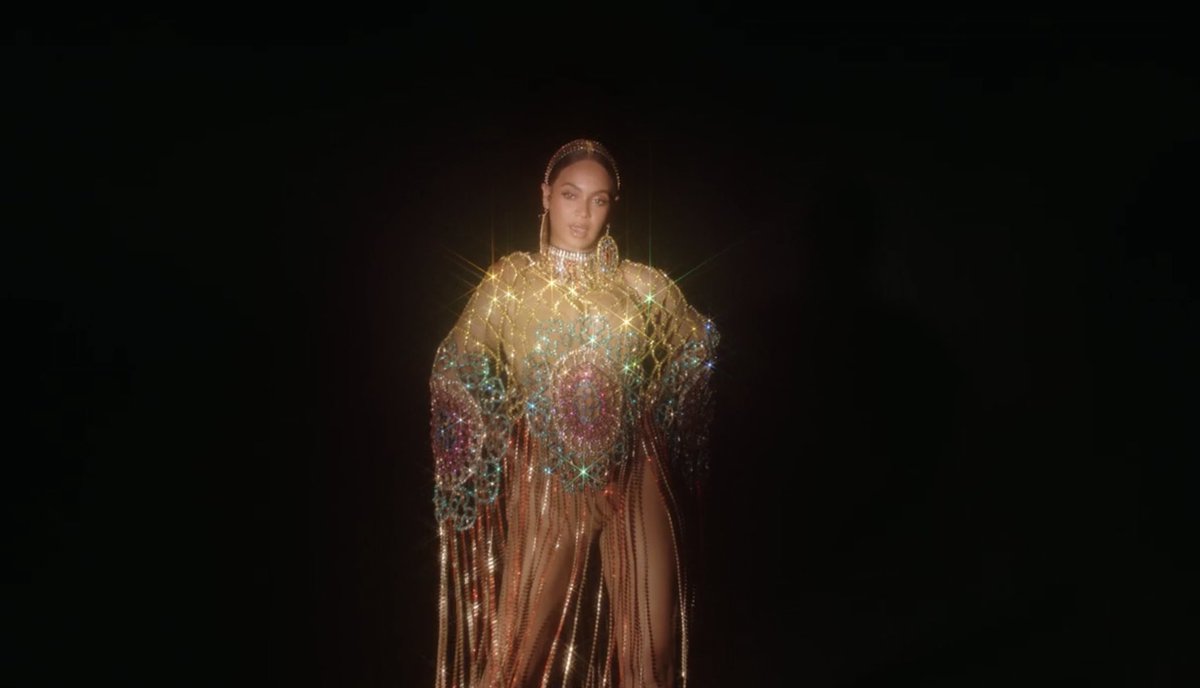
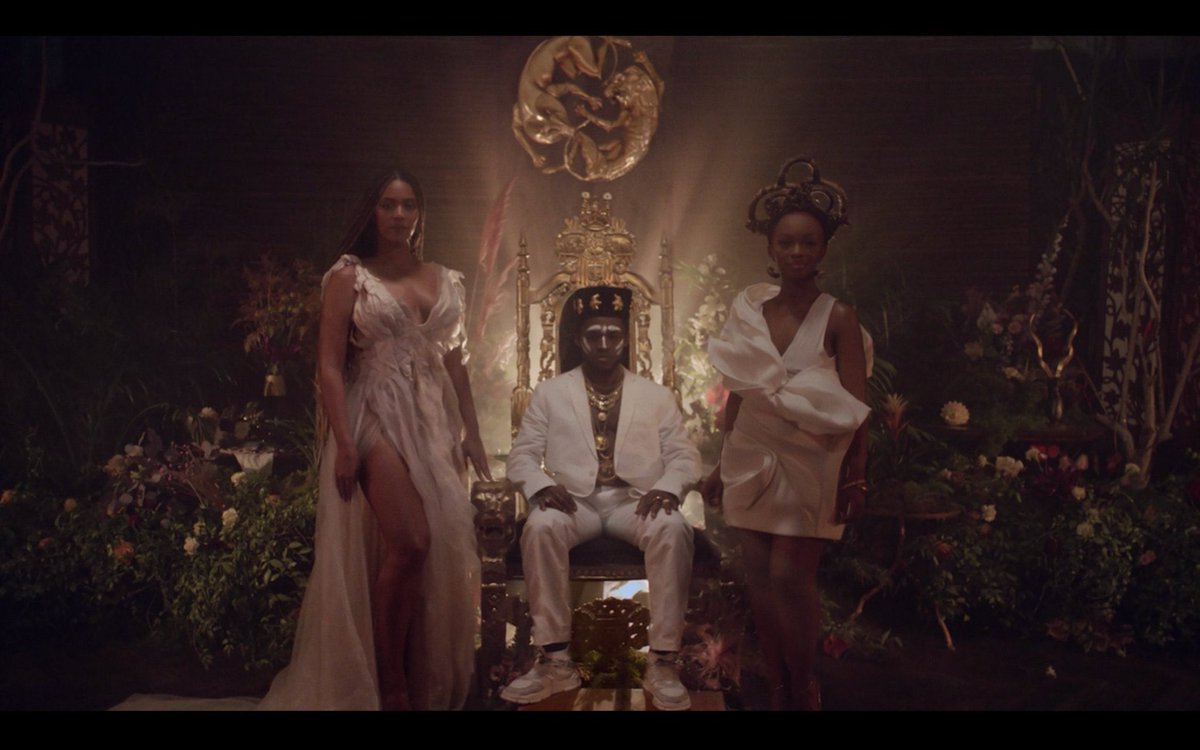
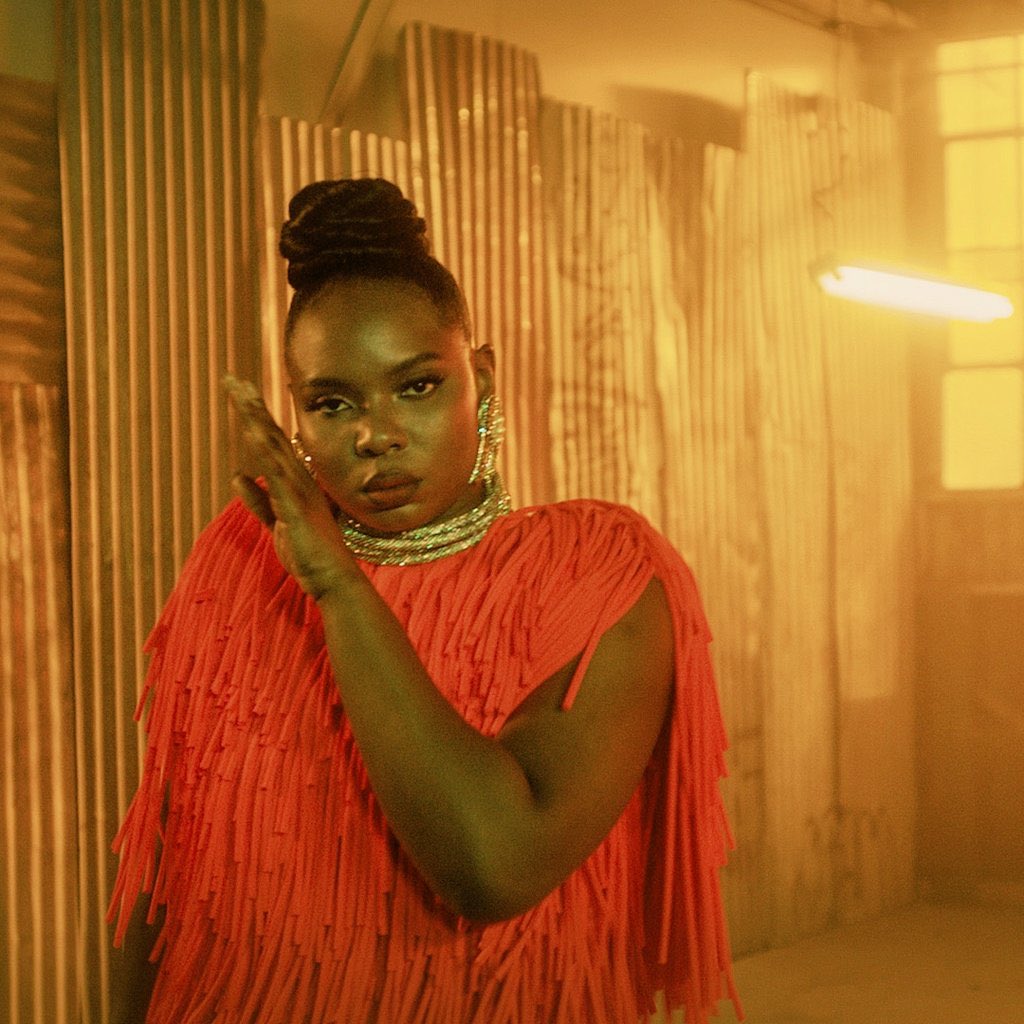

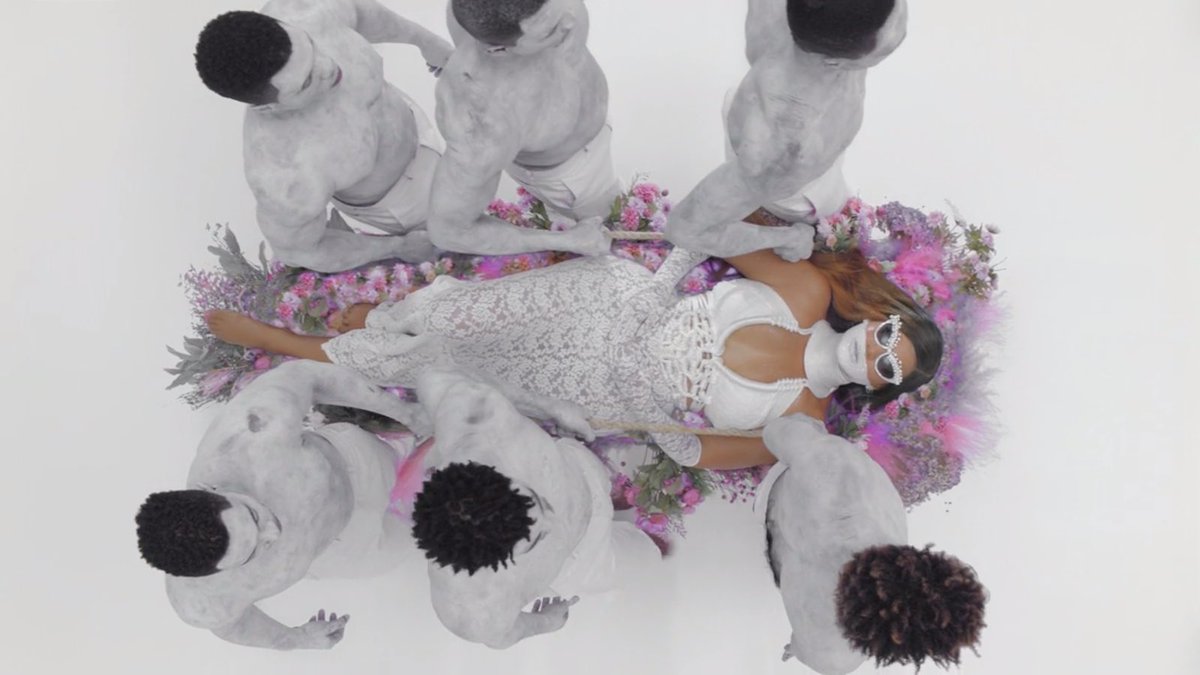
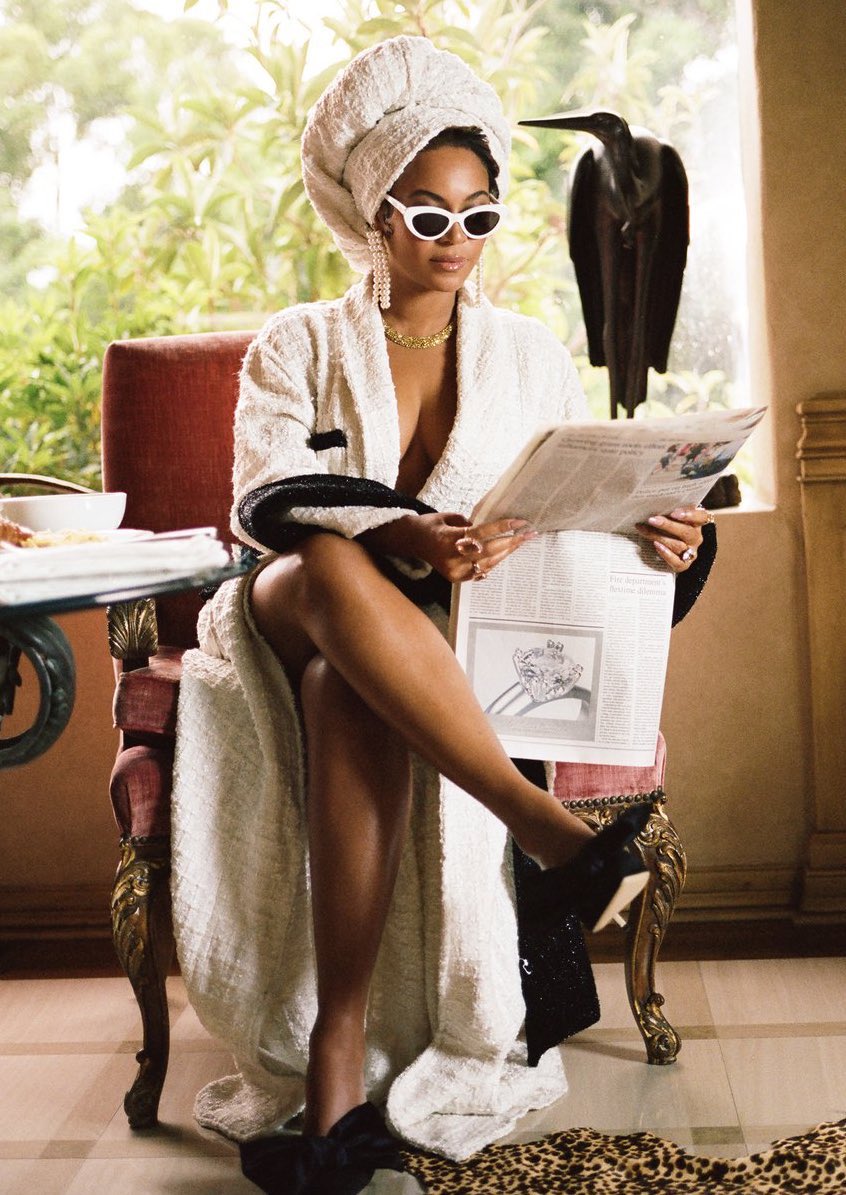
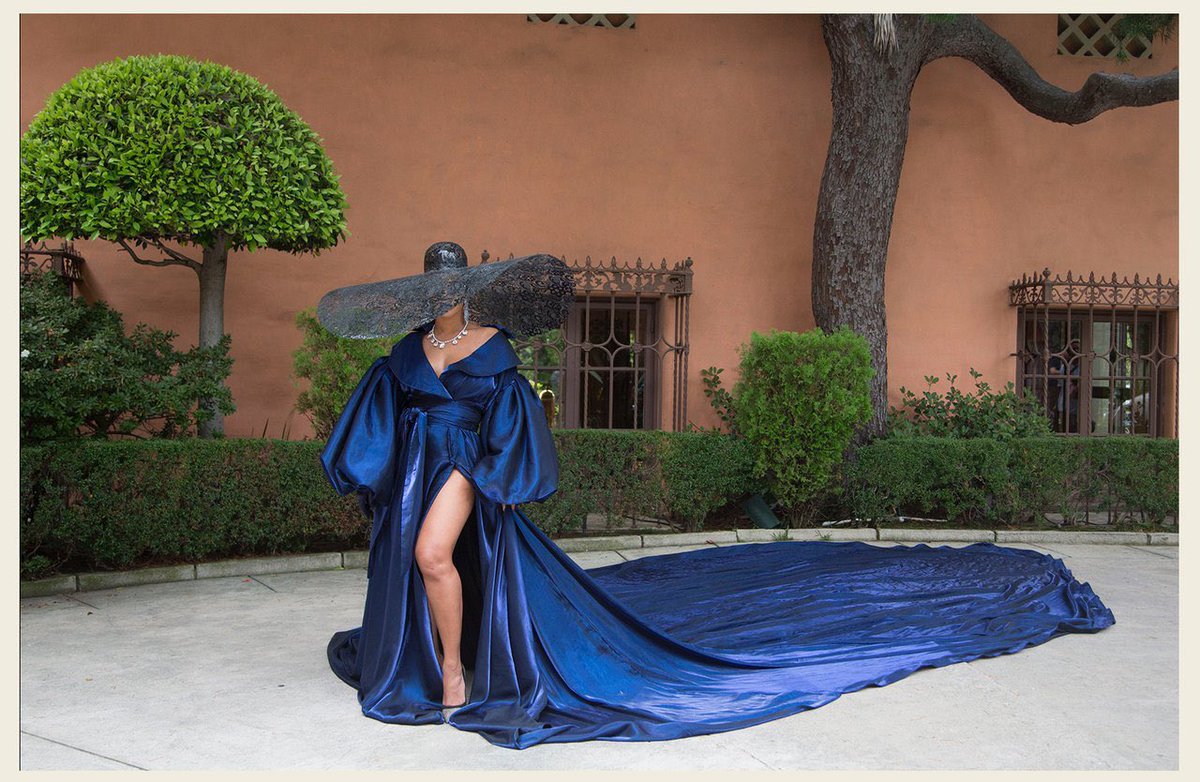
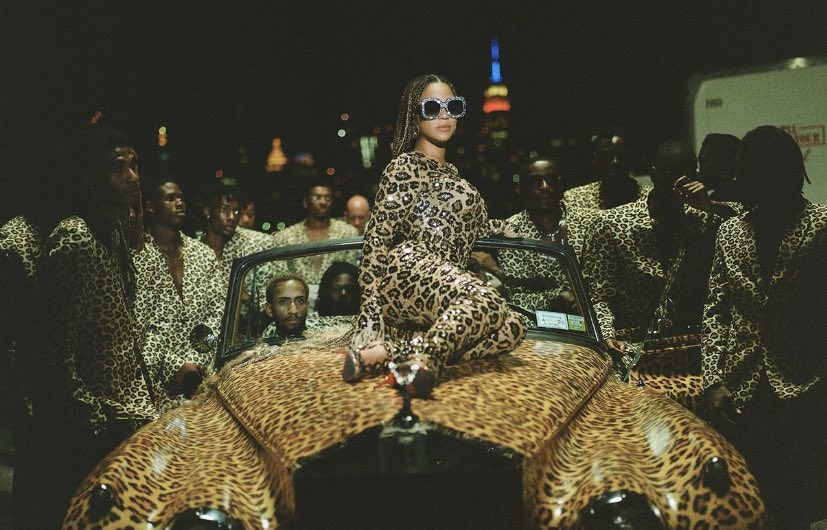
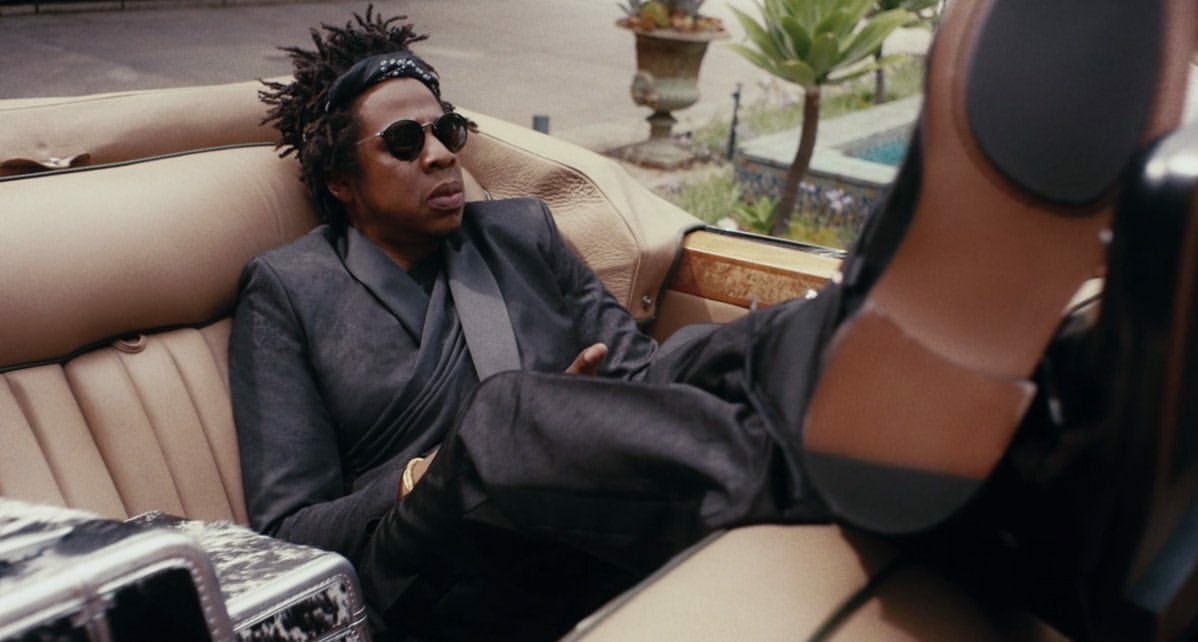
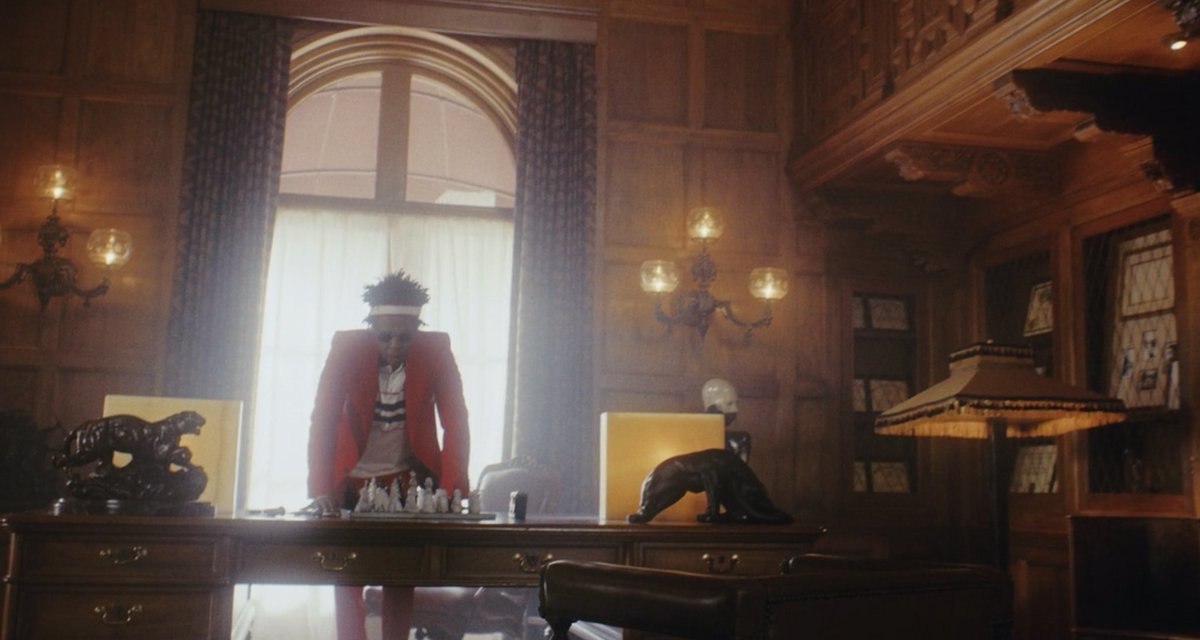
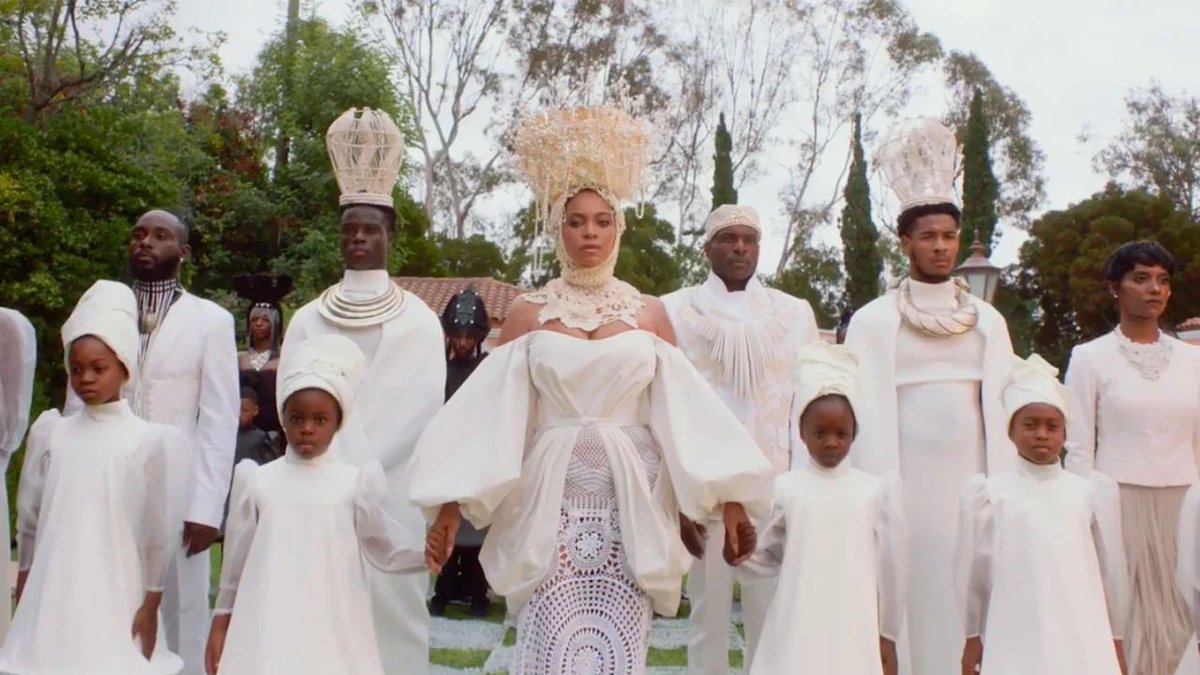

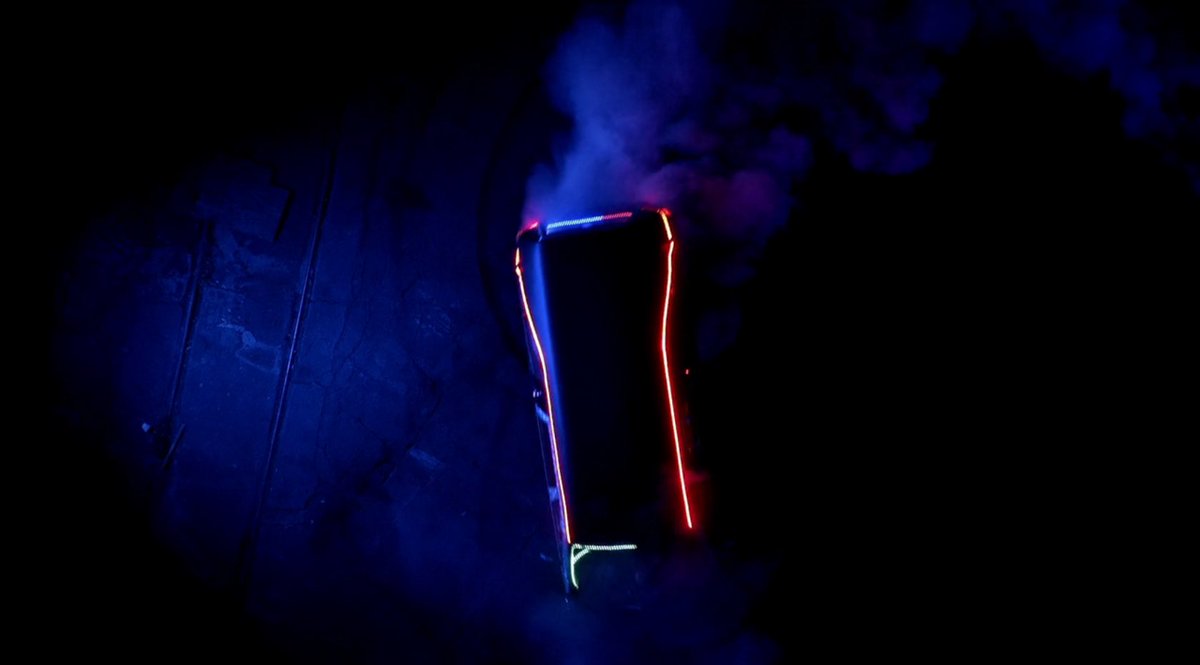
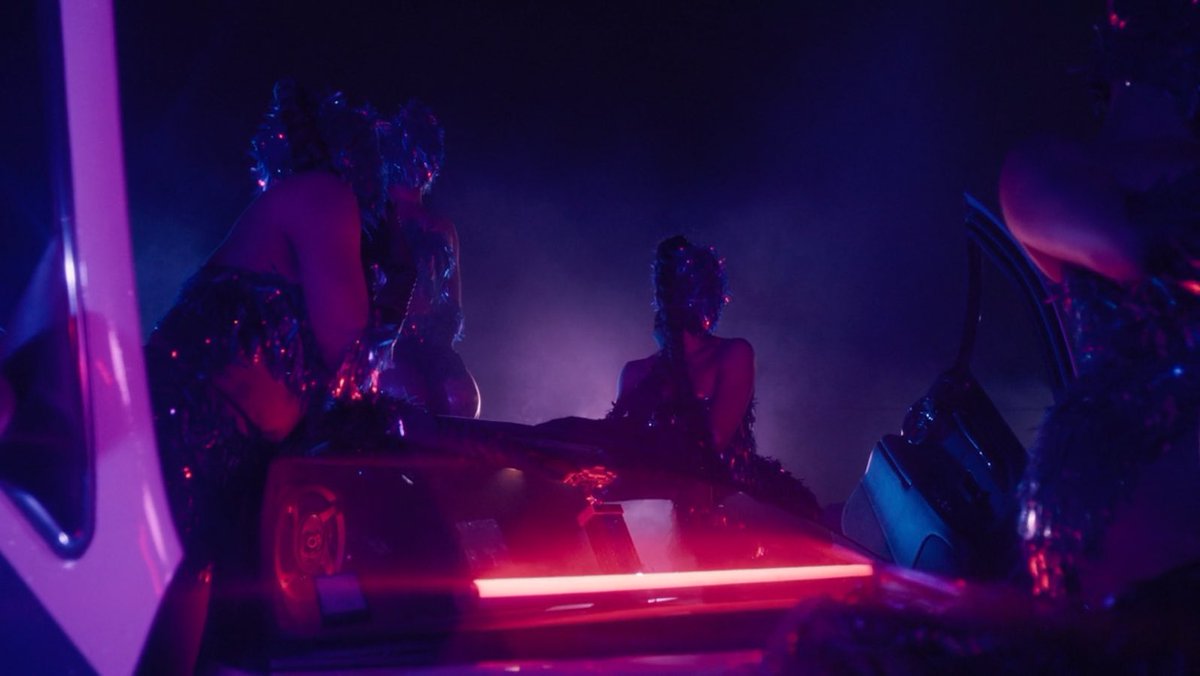
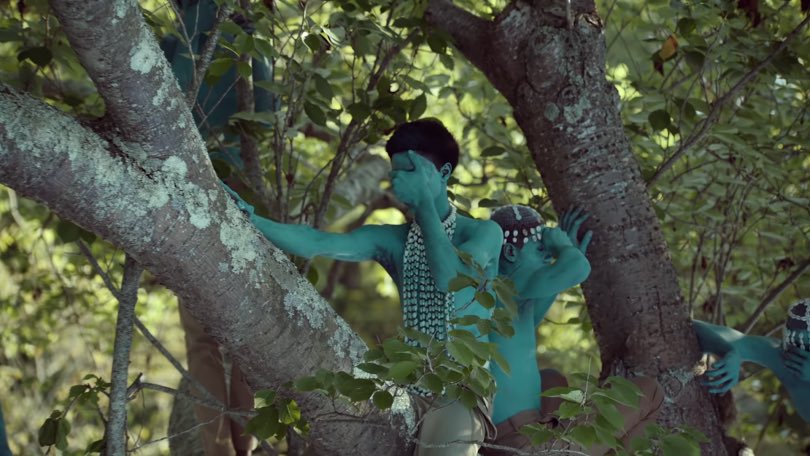
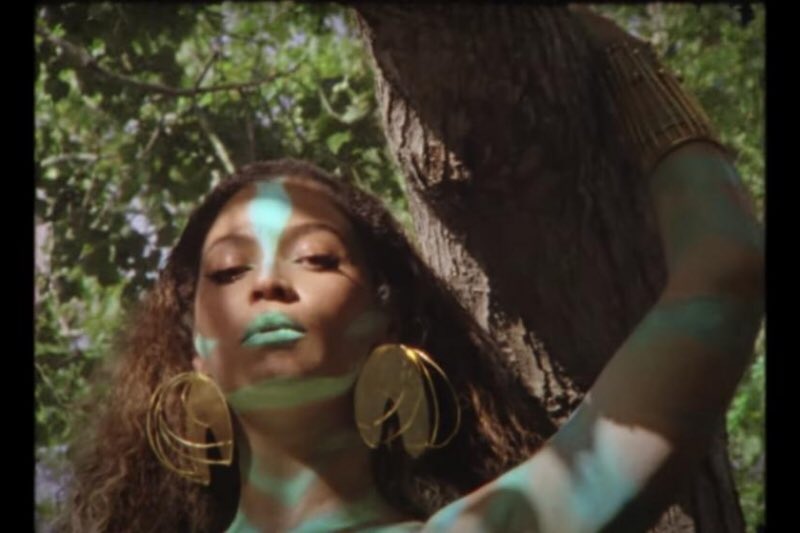


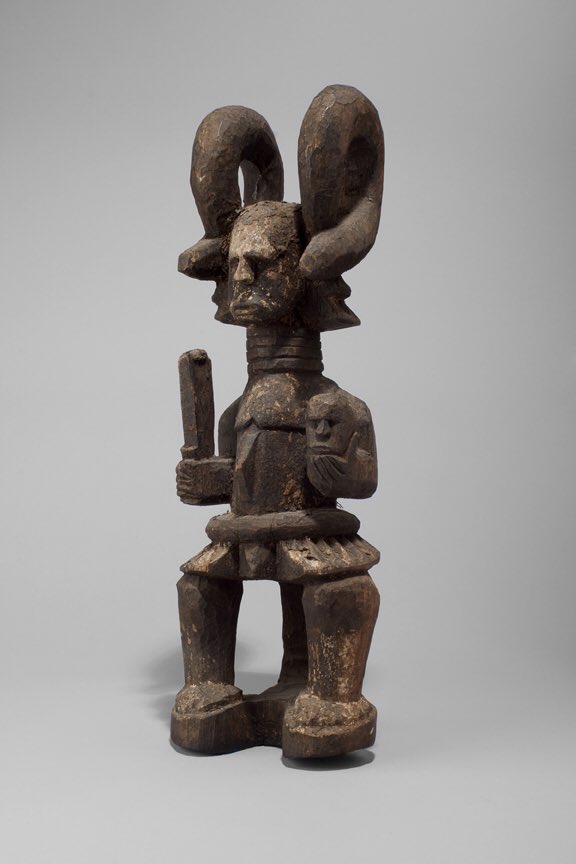
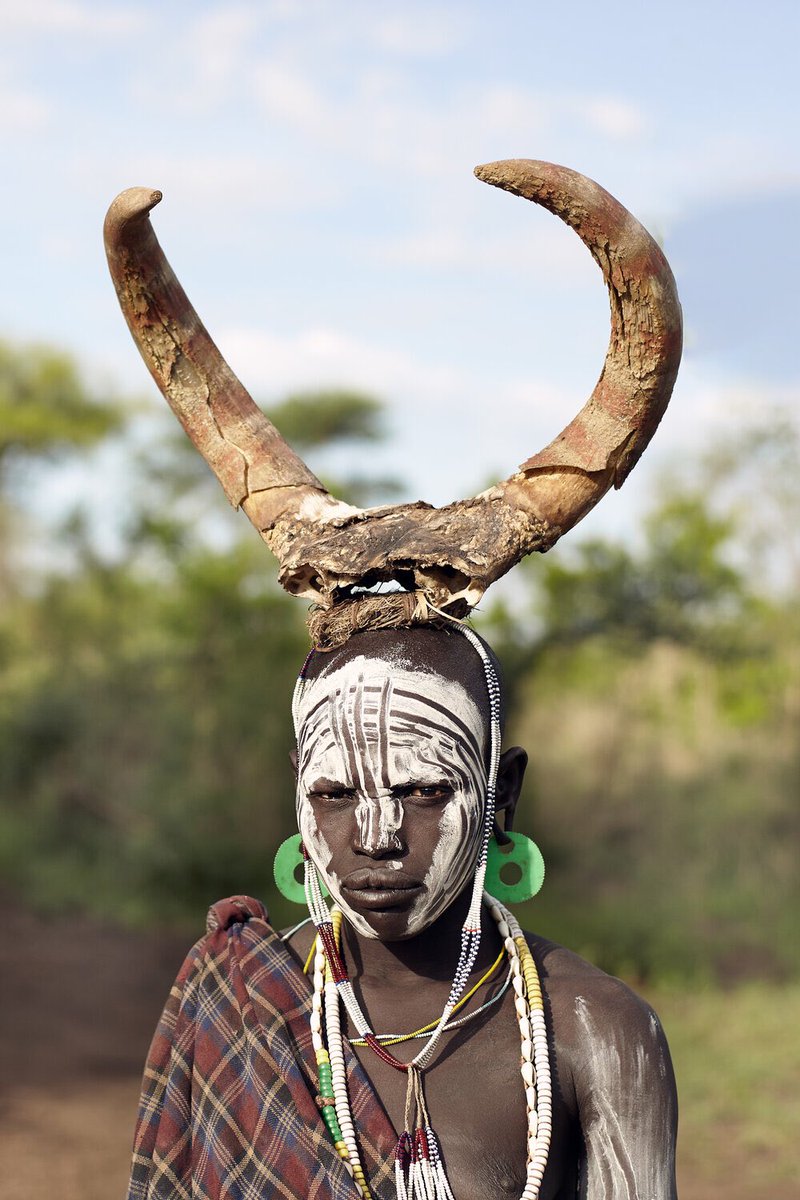
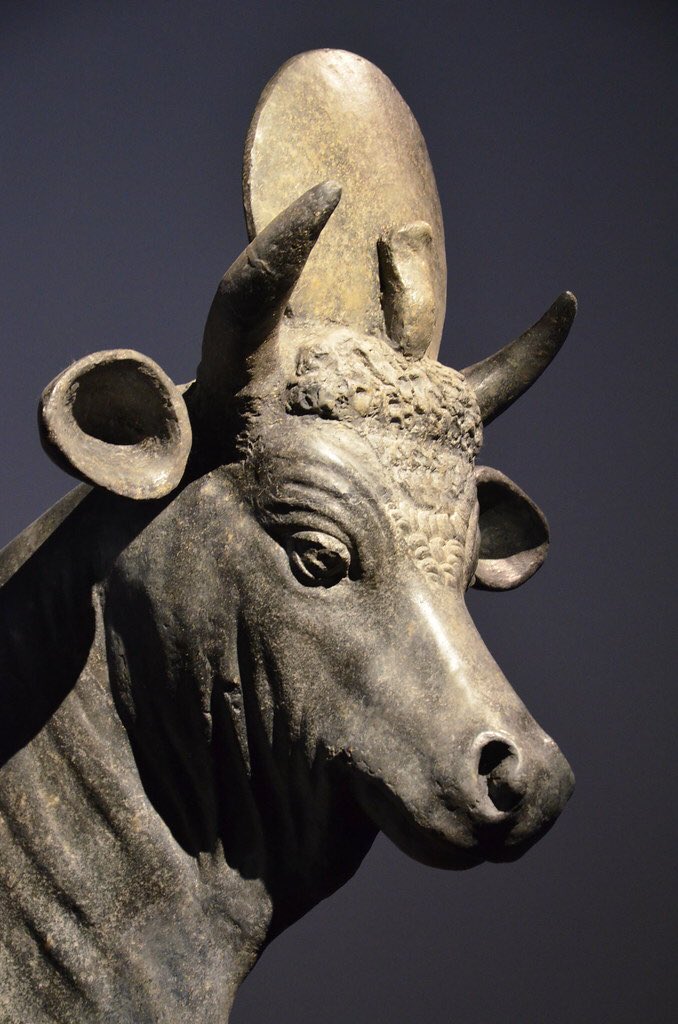
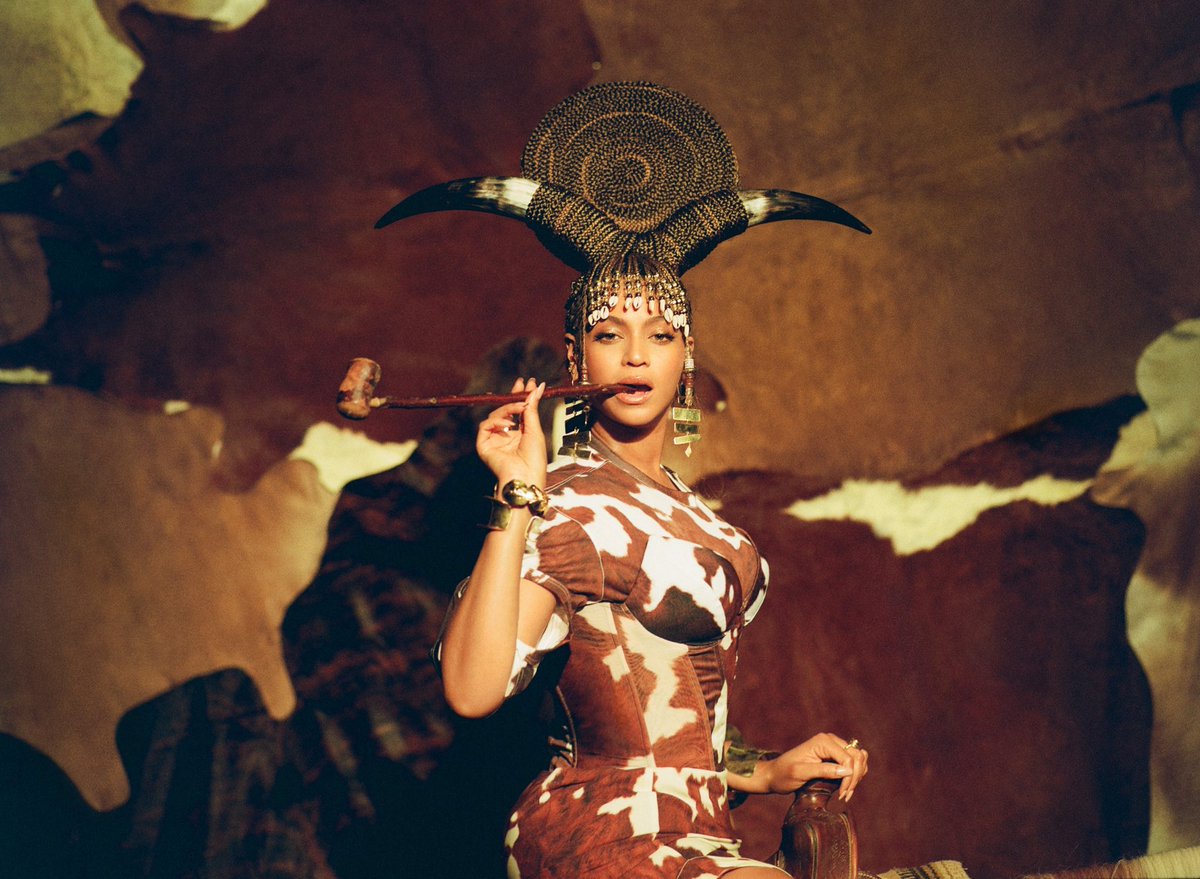
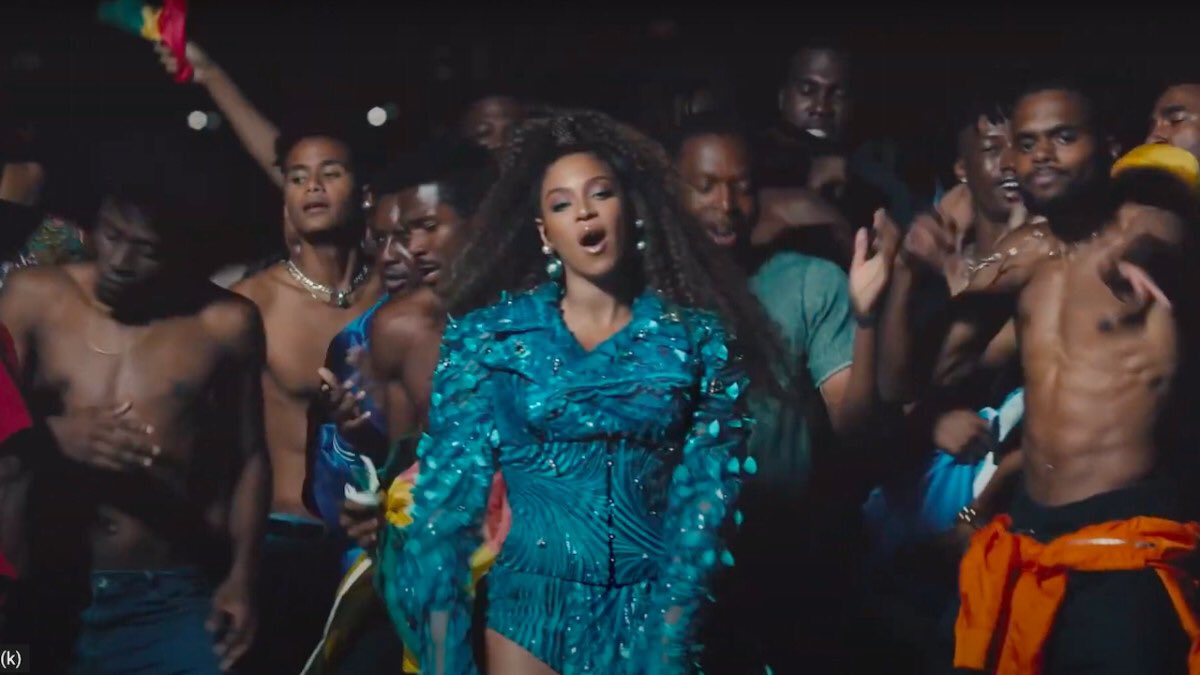


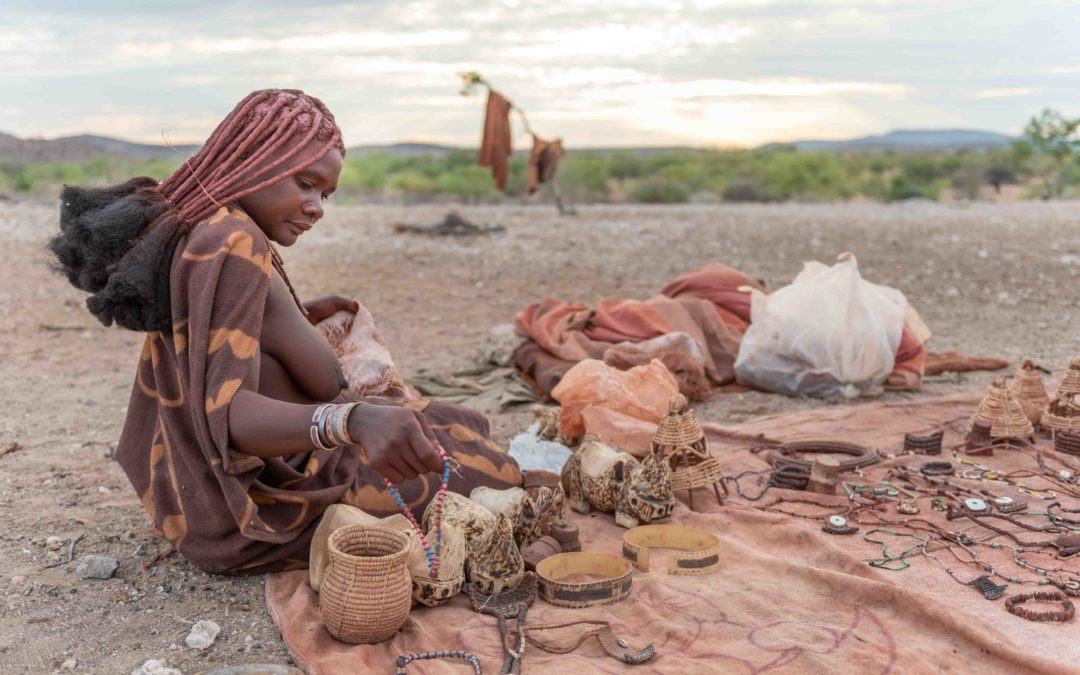

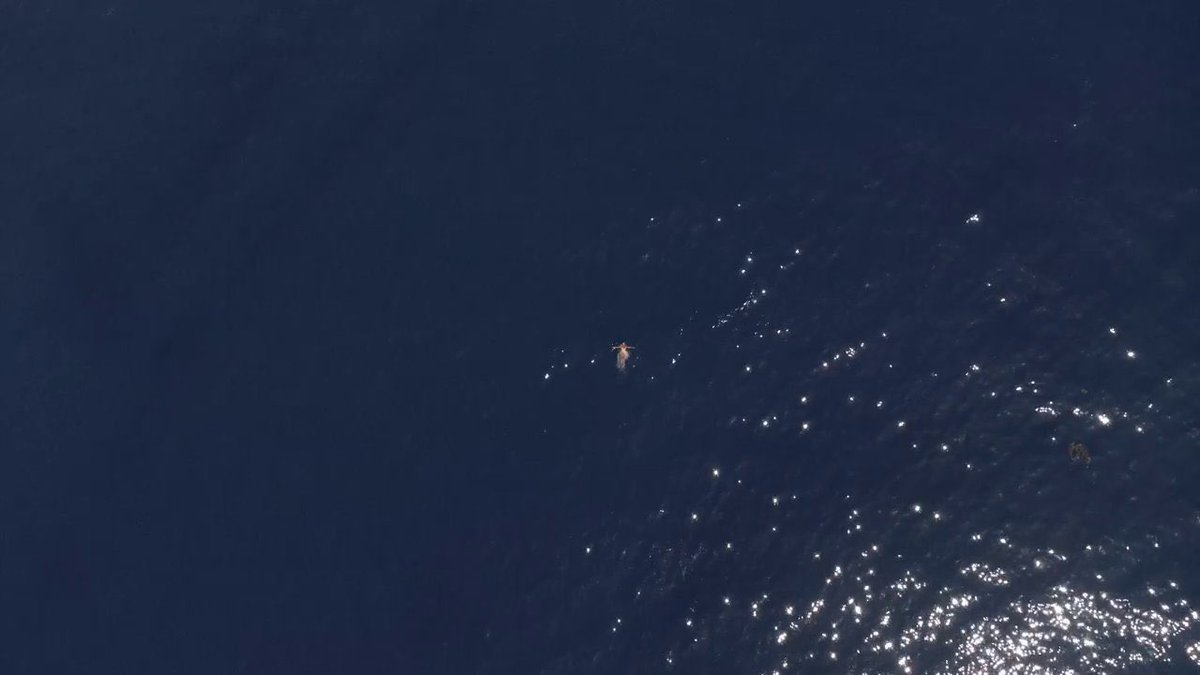


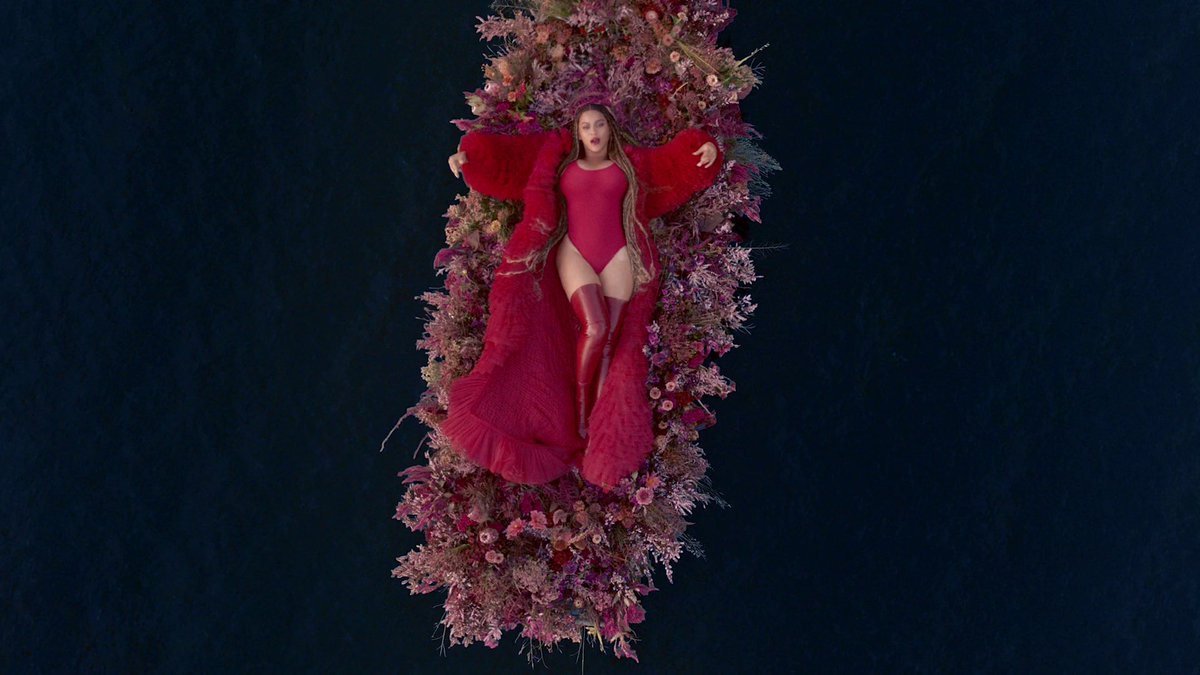


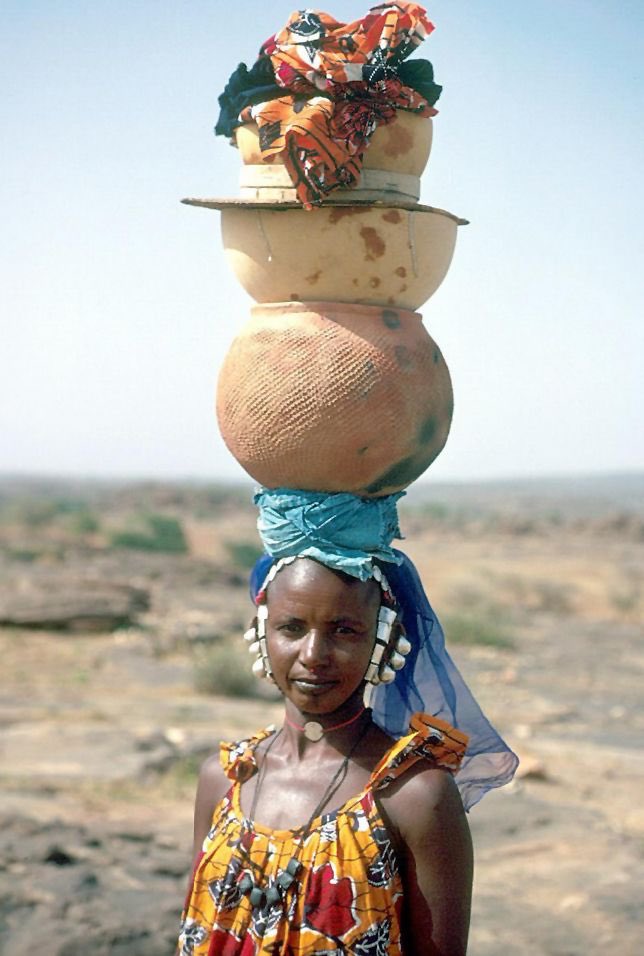
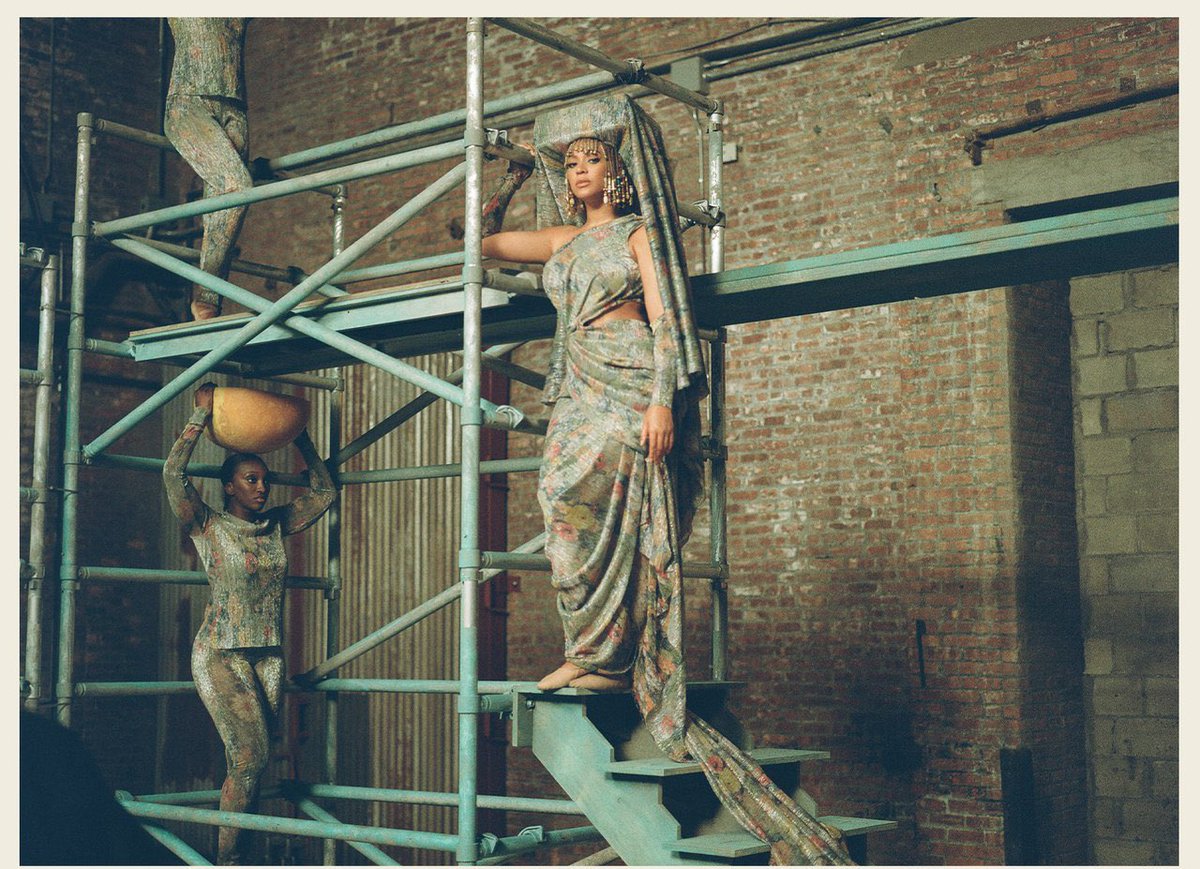
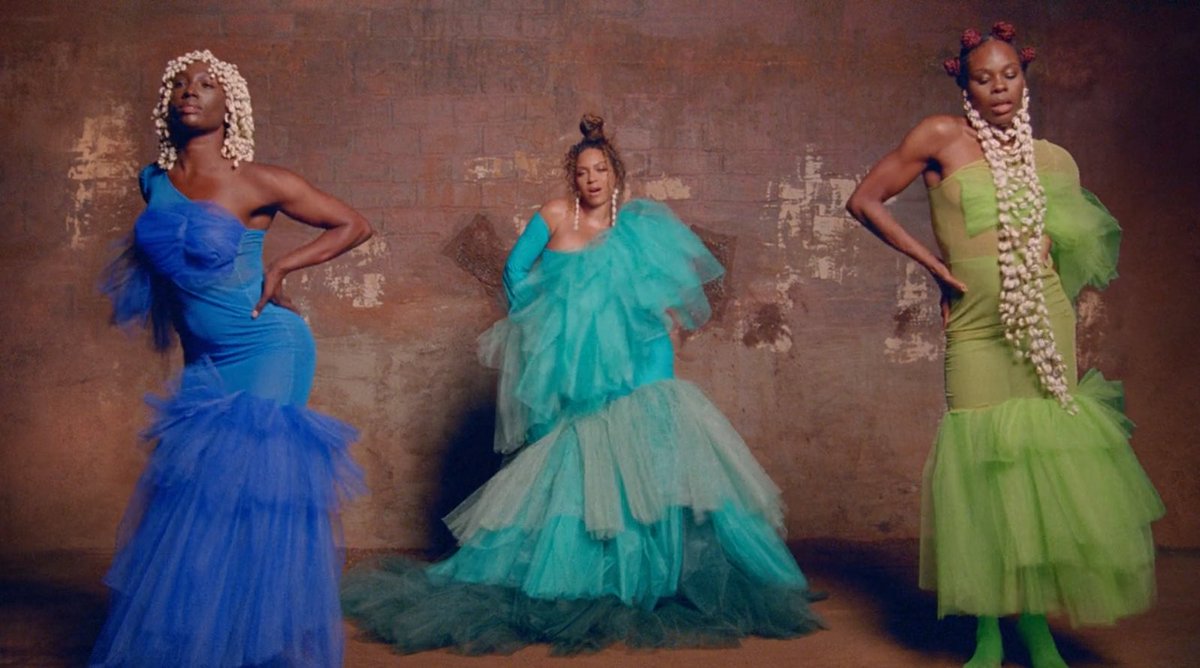
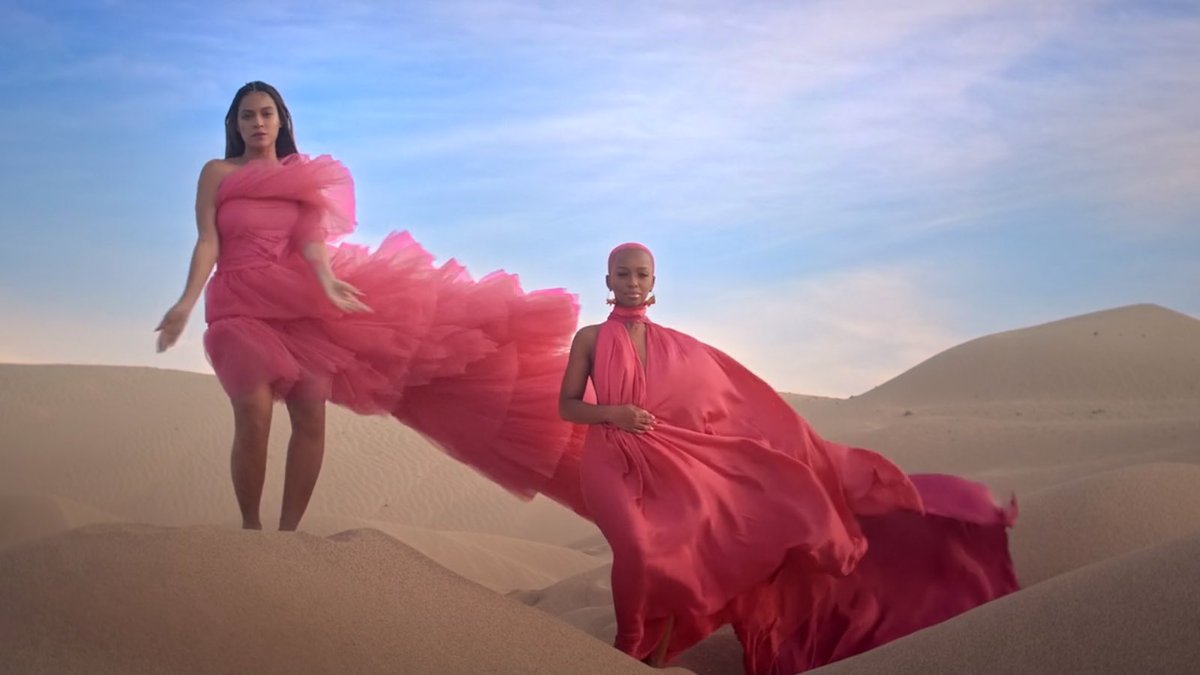
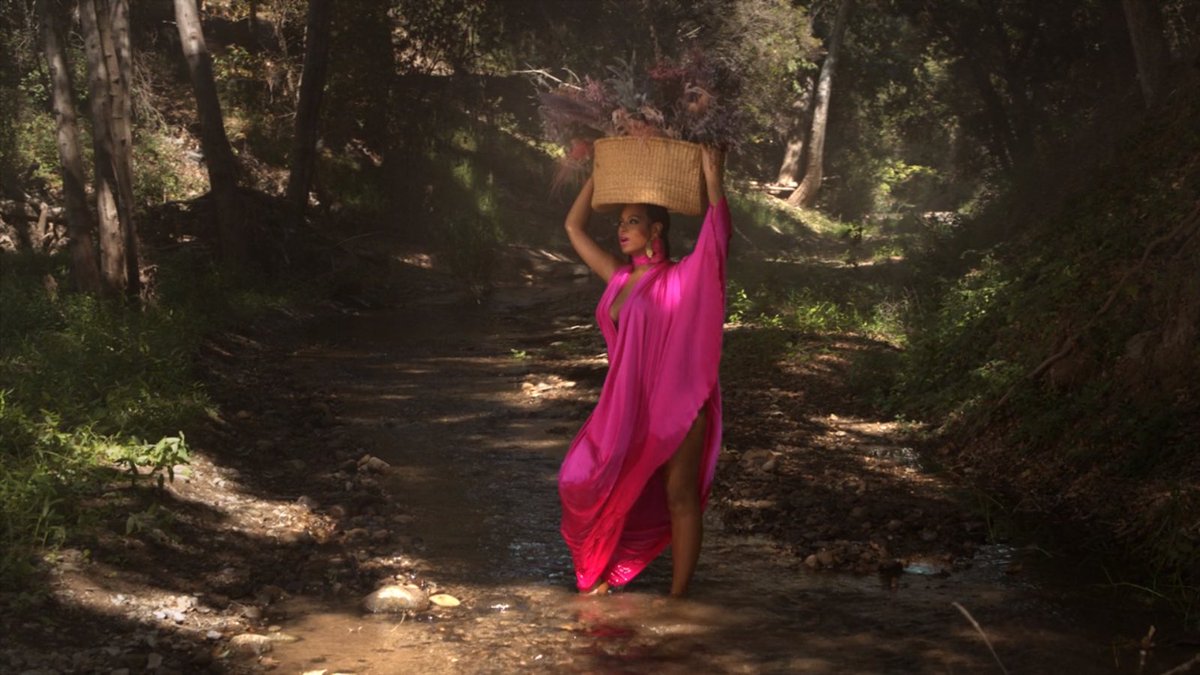
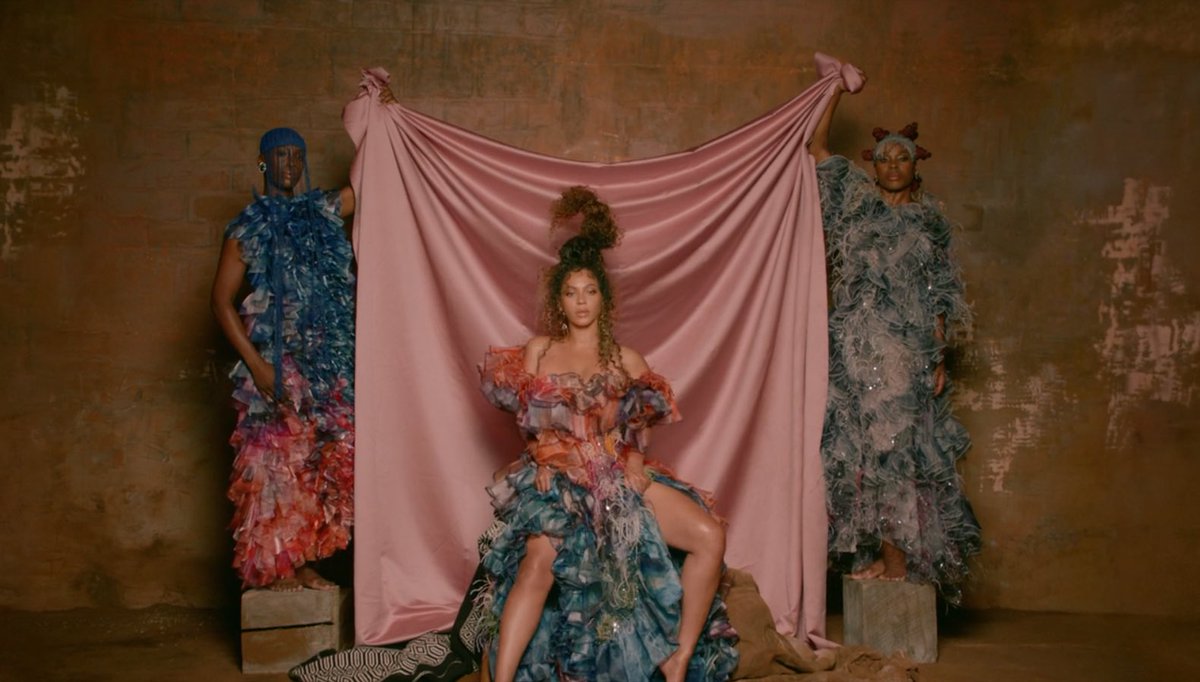

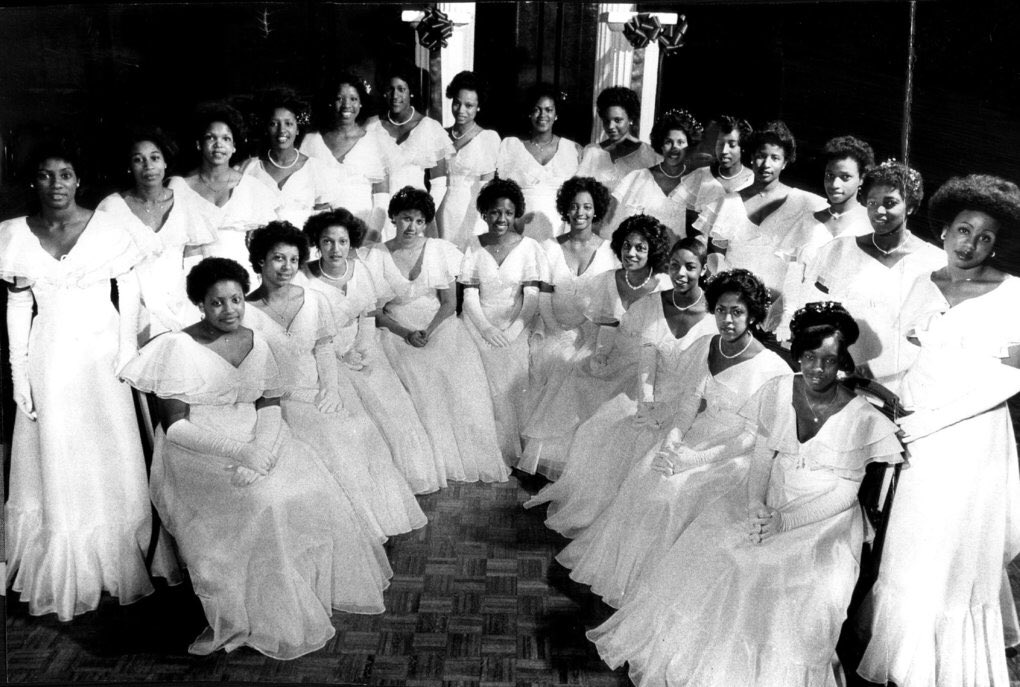
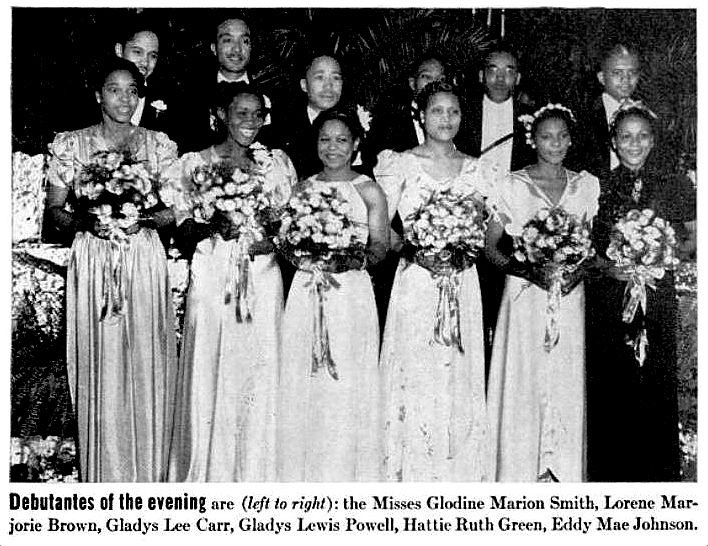
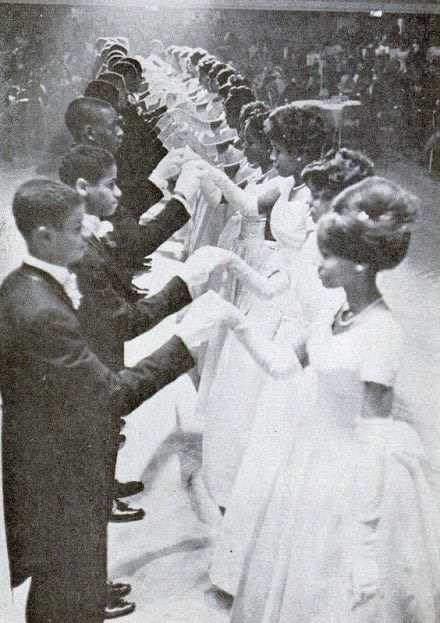

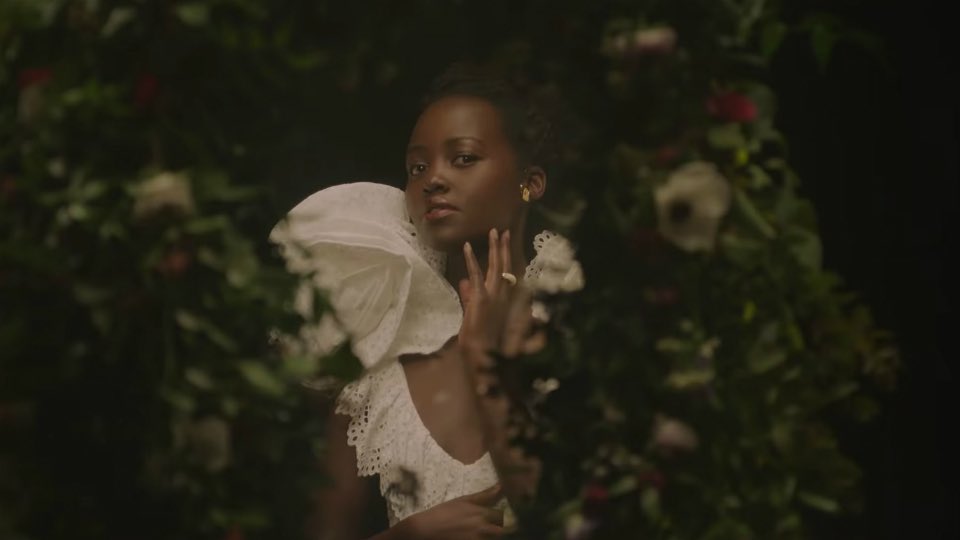
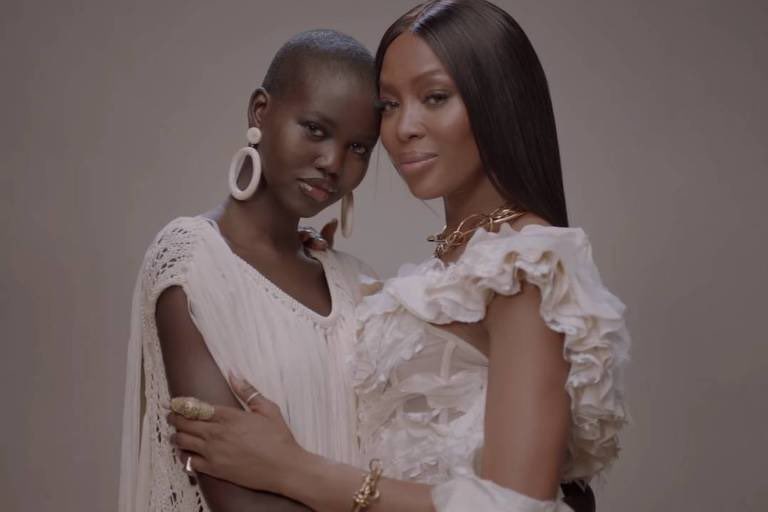
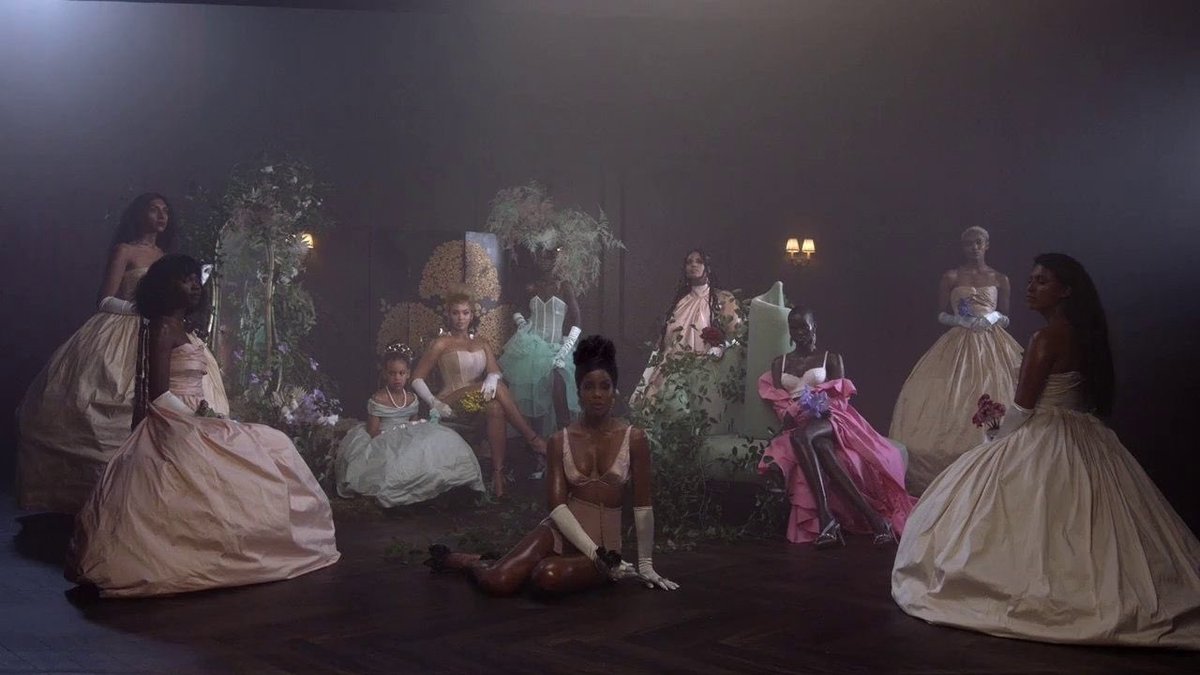
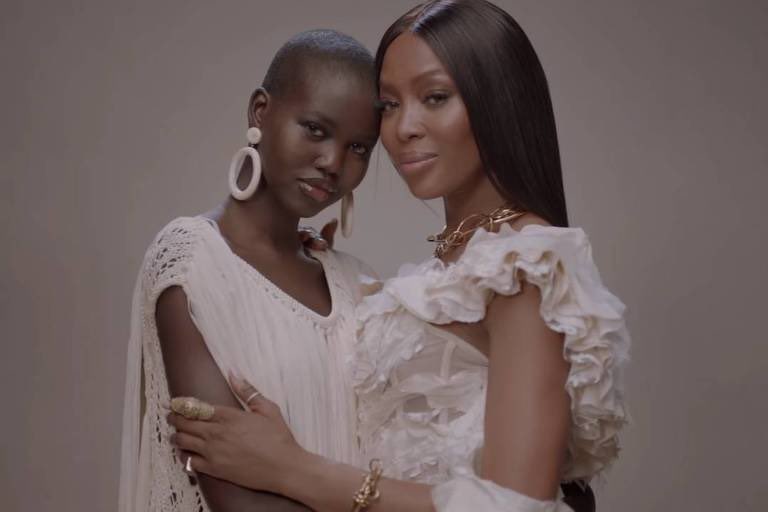
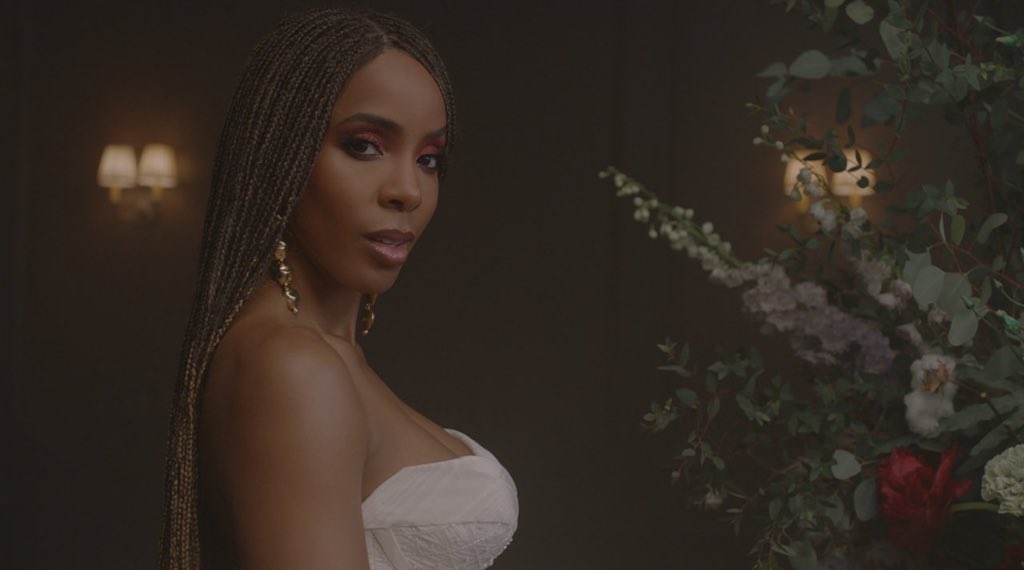
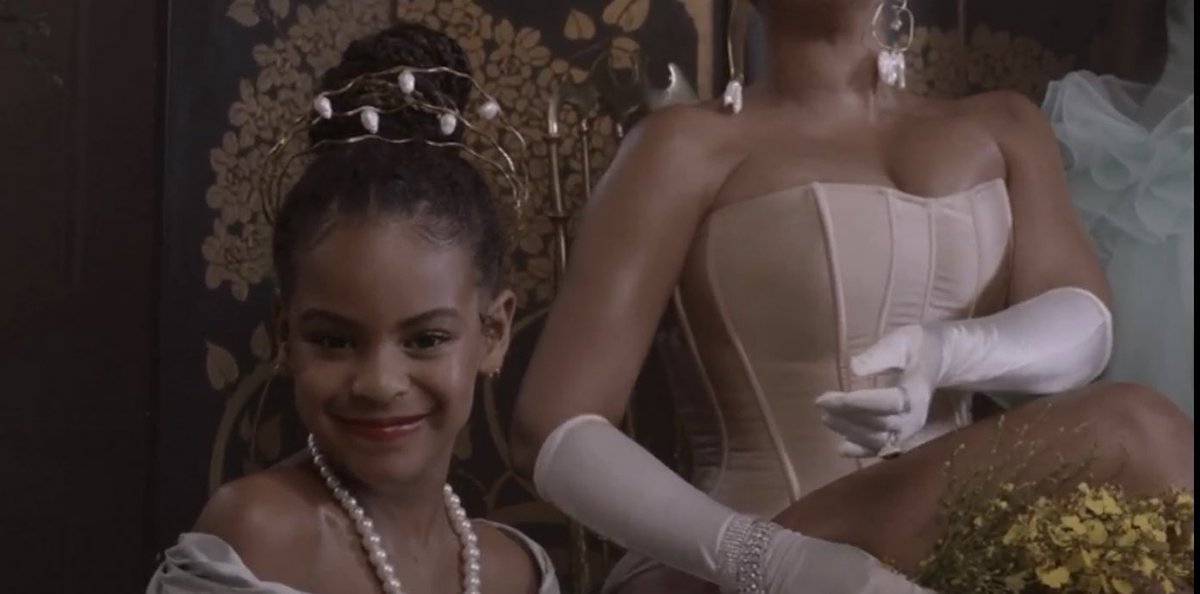
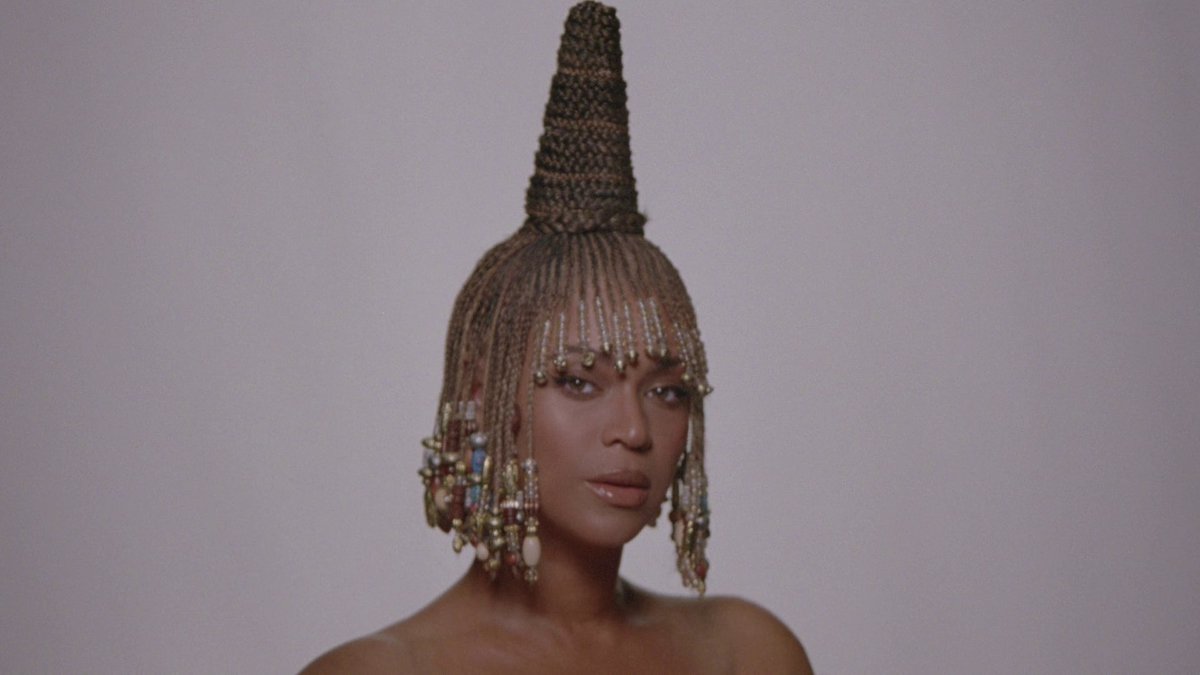
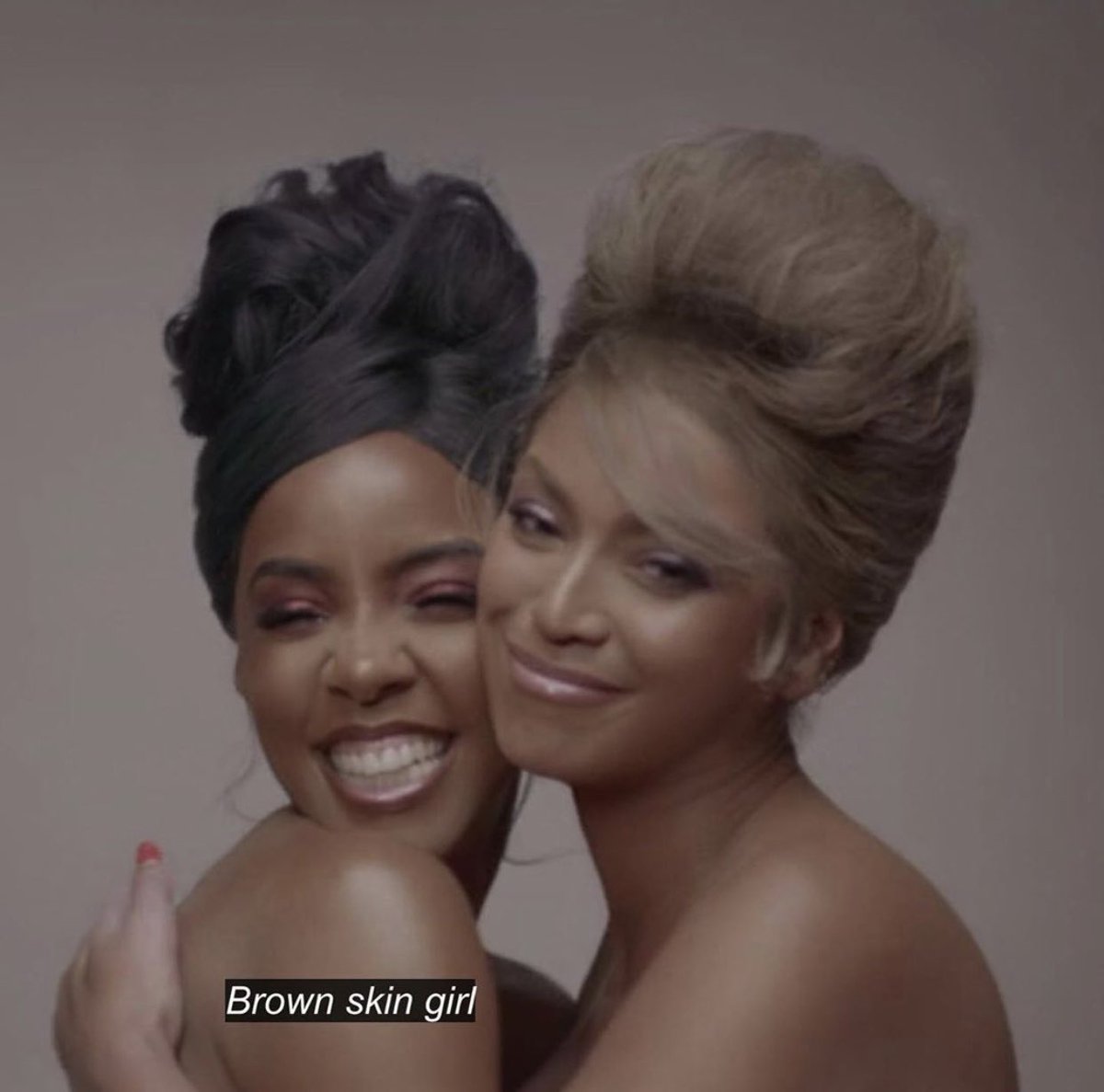


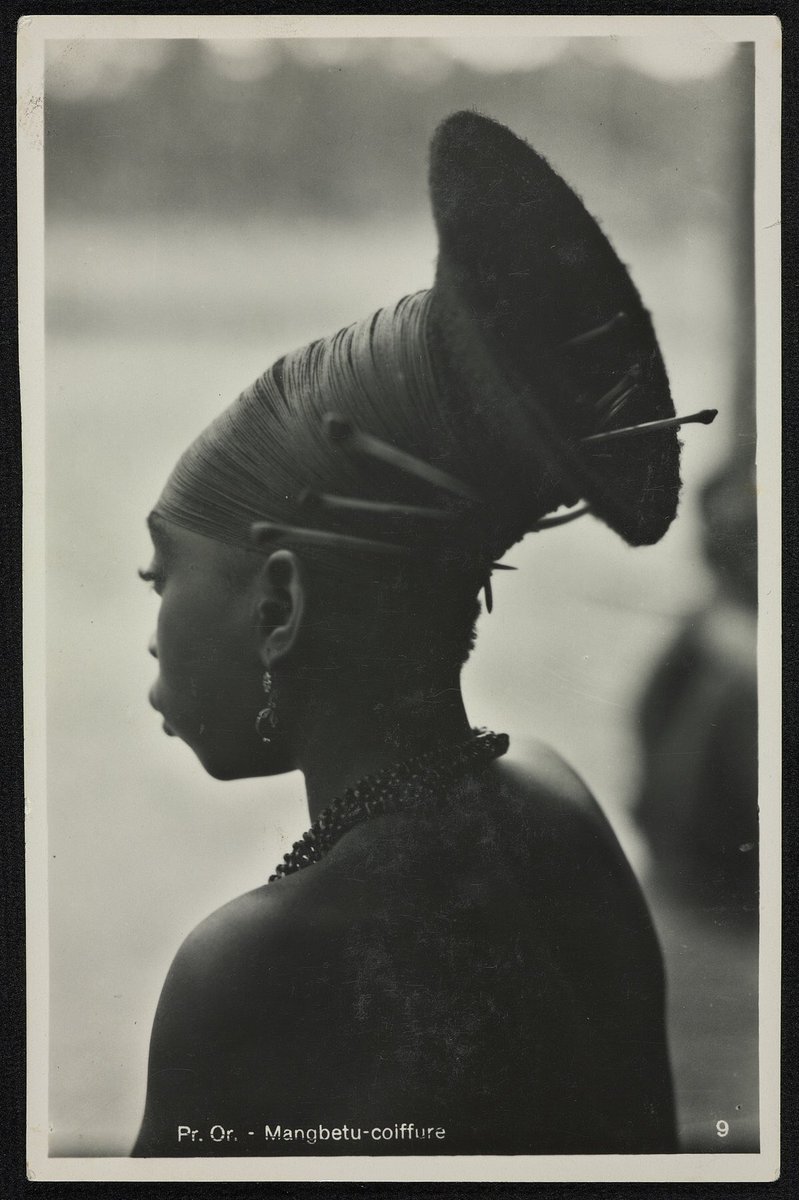
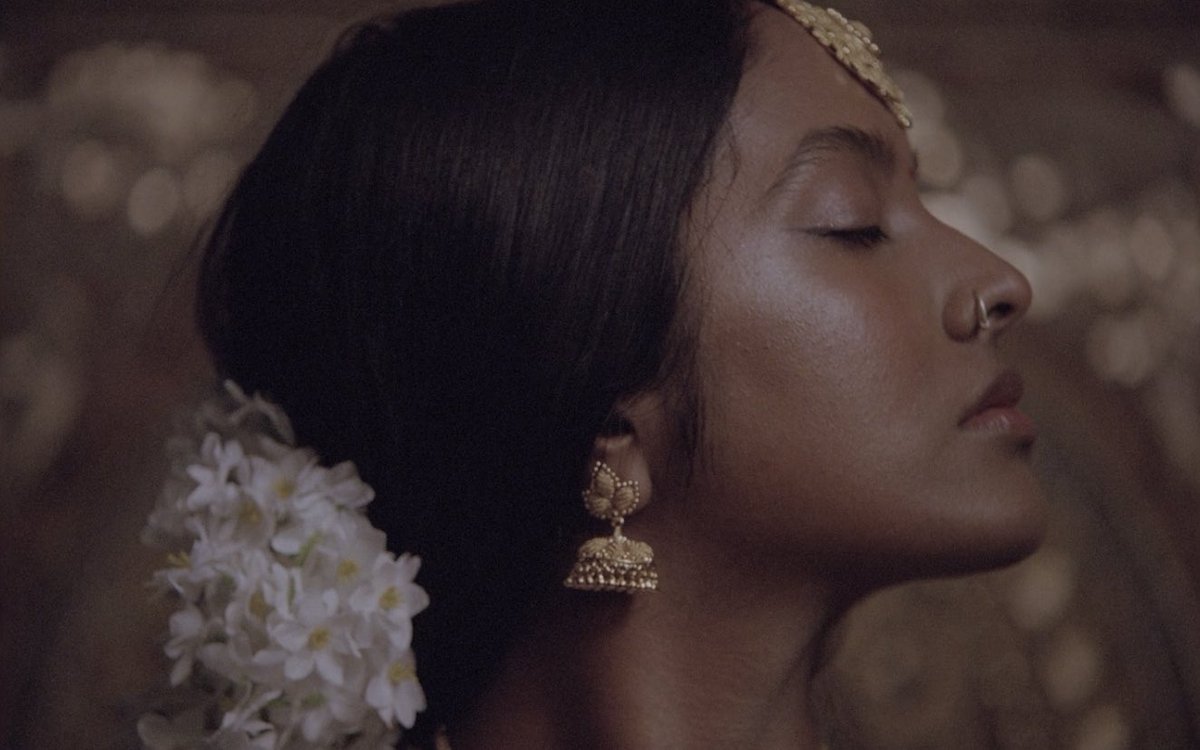
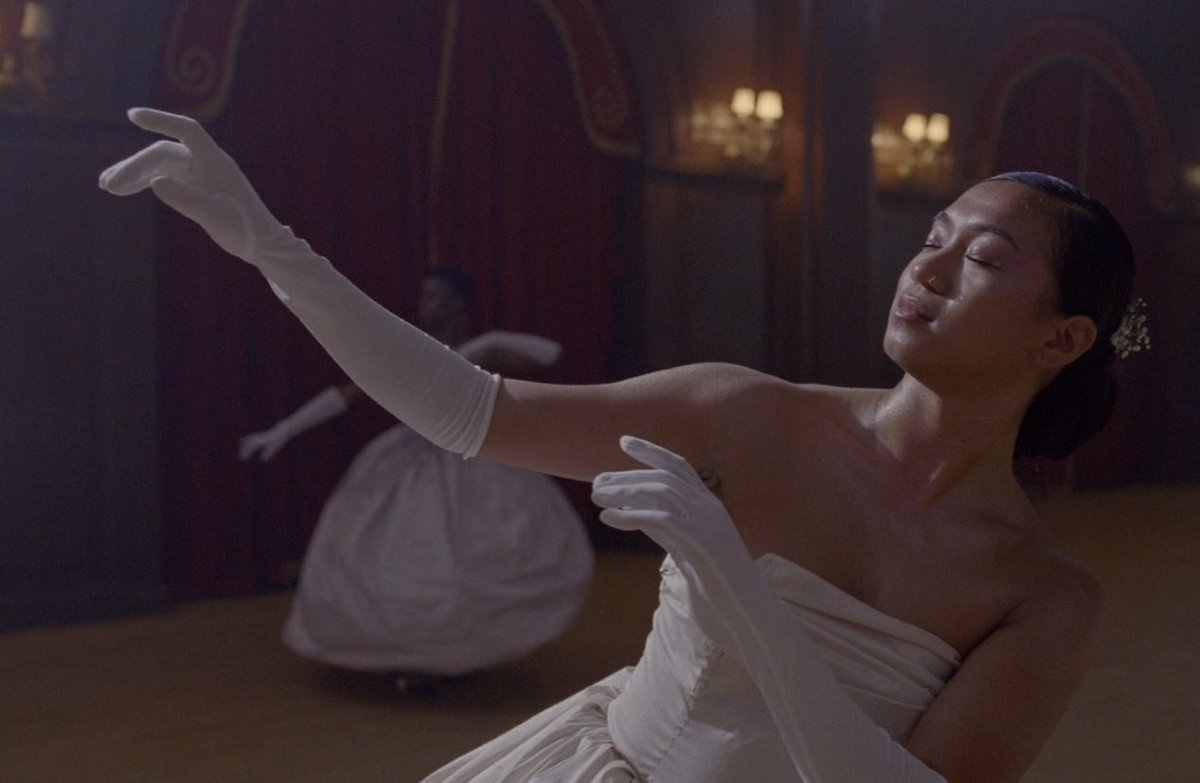
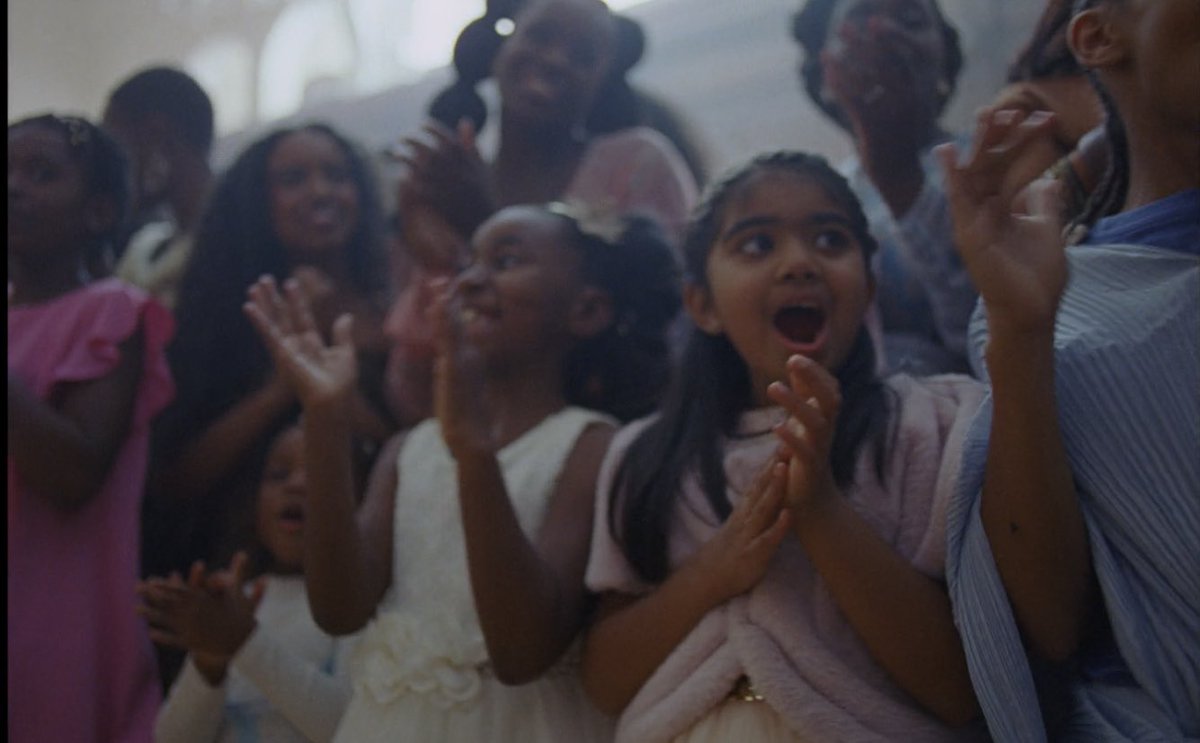
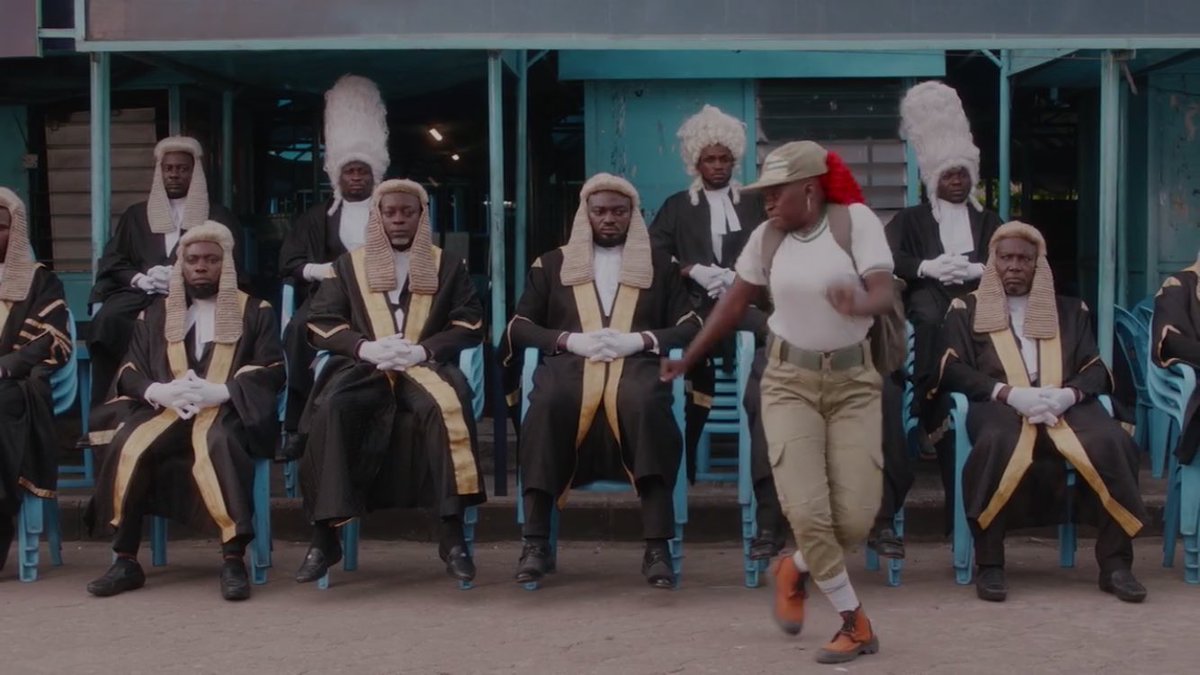 https://abs.twimg.com/emoji/v2/... draggable="false" alt="🇳🇬" title="Flagge von Nigeria" aria-label="Emoji: Flagge von Nigeria">" title="Keys to the Kingdom is a beautiful celebration of love with Nigerian dancer Picture Kodak front and center for this scene. Kodak unfortunately passed away in April, and we are blessed to have gotten the opportunity to see her joy and talents on the screen https://abs.twimg.com/emoji/v2/... draggable="false" alt="❤️" title="Rotes Herz" aria-label="Emoji: Rotes Herz">https://abs.twimg.com/emoji/v2/... draggable="false" alt="🇳🇬" title="Flagge von Nigeria" aria-label="Emoji: Flagge von Nigeria">">
https://abs.twimg.com/emoji/v2/... draggable="false" alt="🇳🇬" title="Flagge von Nigeria" aria-label="Emoji: Flagge von Nigeria">" title="Keys to the Kingdom is a beautiful celebration of love with Nigerian dancer Picture Kodak front and center for this scene. Kodak unfortunately passed away in April, and we are blessed to have gotten the opportunity to see her joy and talents on the screen https://abs.twimg.com/emoji/v2/... draggable="false" alt="❤️" title="Rotes Herz" aria-label="Emoji: Rotes Herz">https://abs.twimg.com/emoji/v2/... draggable="false" alt="🇳🇬" title="Flagge von Nigeria" aria-label="Emoji: Flagge von Nigeria">">
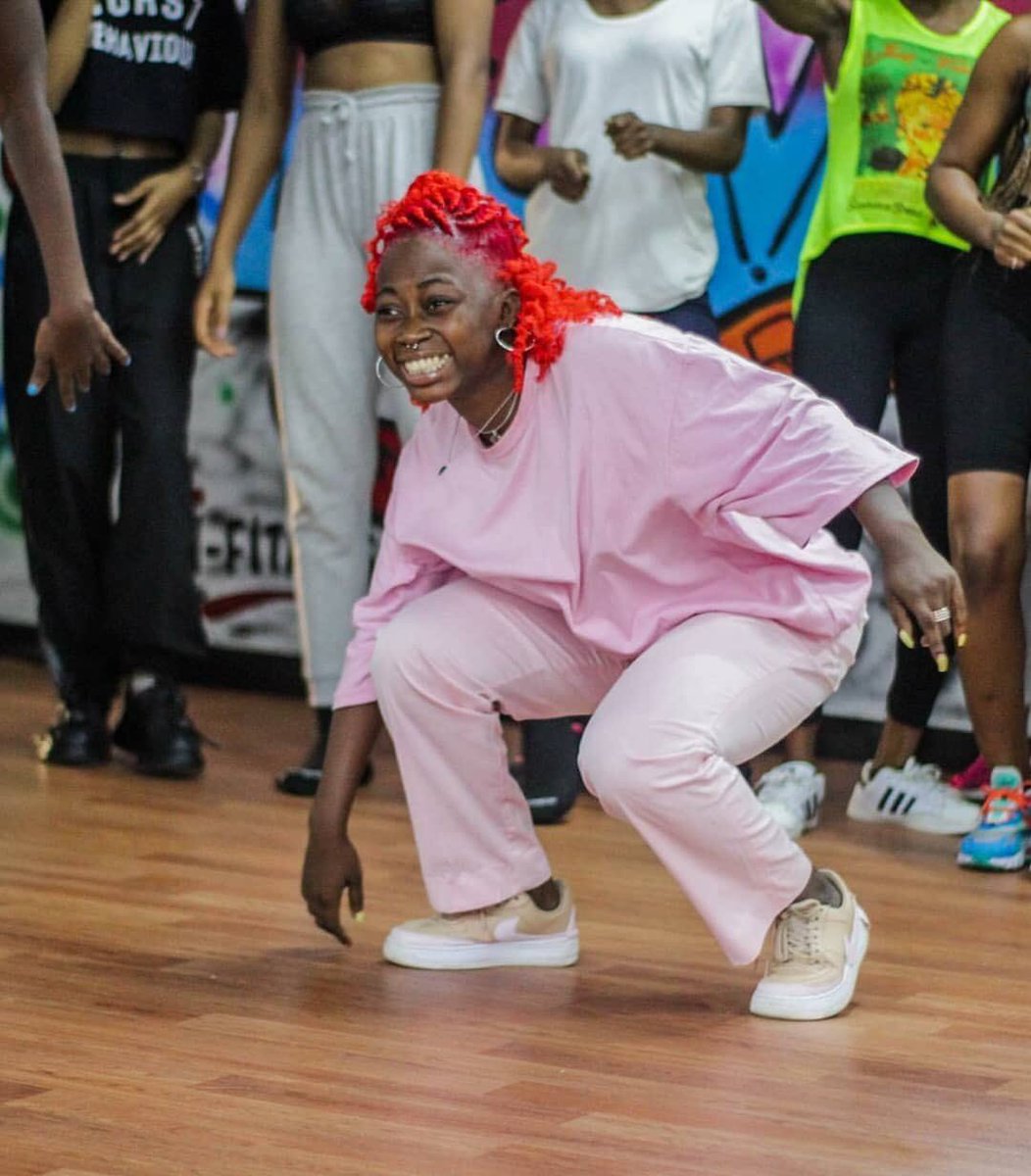 https://abs.twimg.com/emoji/v2/... draggable="false" alt="🇳🇬" title="Flagge von Nigeria" aria-label="Emoji: Flagge von Nigeria">" title="Keys to the Kingdom is a beautiful celebration of love with Nigerian dancer Picture Kodak front and center for this scene. Kodak unfortunately passed away in April, and we are blessed to have gotten the opportunity to see her joy and talents on the screen https://abs.twimg.com/emoji/v2/... draggable="false" alt="❤️" title="Rotes Herz" aria-label="Emoji: Rotes Herz">https://abs.twimg.com/emoji/v2/... draggable="false" alt="🇳🇬" title="Flagge von Nigeria" aria-label="Emoji: Flagge von Nigeria">">
https://abs.twimg.com/emoji/v2/... draggable="false" alt="🇳🇬" title="Flagge von Nigeria" aria-label="Emoji: Flagge von Nigeria">" title="Keys to the Kingdom is a beautiful celebration of love with Nigerian dancer Picture Kodak front and center for this scene. Kodak unfortunately passed away in April, and we are blessed to have gotten the opportunity to see her joy and talents on the screen https://abs.twimg.com/emoji/v2/... draggable="false" alt="❤️" title="Rotes Herz" aria-label="Emoji: Rotes Herz">https://abs.twimg.com/emoji/v2/... draggable="false" alt="🇳🇬" title="Flagge von Nigeria" aria-label="Emoji: Flagge von Nigeria">">
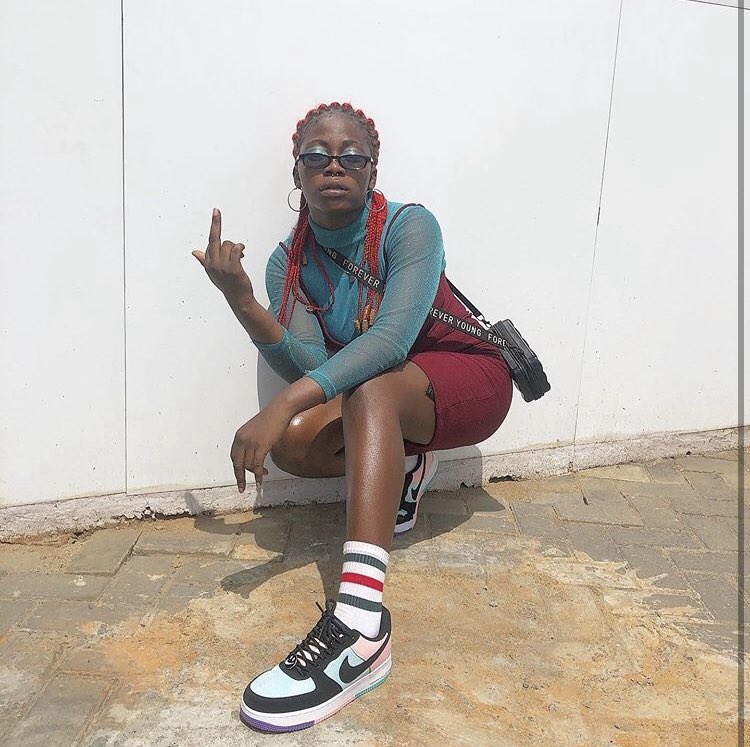 https://abs.twimg.com/emoji/v2/... draggable="false" alt="🇳🇬" title="Flagge von Nigeria" aria-label="Emoji: Flagge von Nigeria">" title="Keys to the Kingdom is a beautiful celebration of love with Nigerian dancer Picture Kodak front and center for this scene. Kodak unfortunately passed away in April, and we are blessed to have gotten the opportunity to see her joy and talents on the screen https://abs.twimg.com/emoji/v2/... draggable="false" alt="❤️" title="Rotes Herz" aria-label="Emoji: Rotes Herz">https://abs.twimg.com/emoji/v2/... draggable="false" alt="🇳🇬" title="Flagge von Nigeria" aria-label="Emoji: Flagge von Nigeria">">
https://abs.twimg.com/emoji/v2/... draggable="false" alt="🇳🇬" title="Flagge von Nigeria" aria-label="Emoji: Flagge von Nigeria">" title="Keys to the Kingdom is a beautiful celebration of love with Nigerian dancer Picture Kodak front and center for this scene. Kodak unfortunately passed away in April, and we are blessed to have gotten the opportunity to see her joy and talents on the screen https://abs.twimg.com/emoji/v2/... draggable="false" alt="❤️" title="Rotes Herz" aria-label="Emoji: Rotes Herz">https://abs.twimg.com/emoji/v2/... draggable="false" alt="🇳🇬" title="Flagge von Nigeria" aria-label="Emoji: Flagge von Nigeria">">

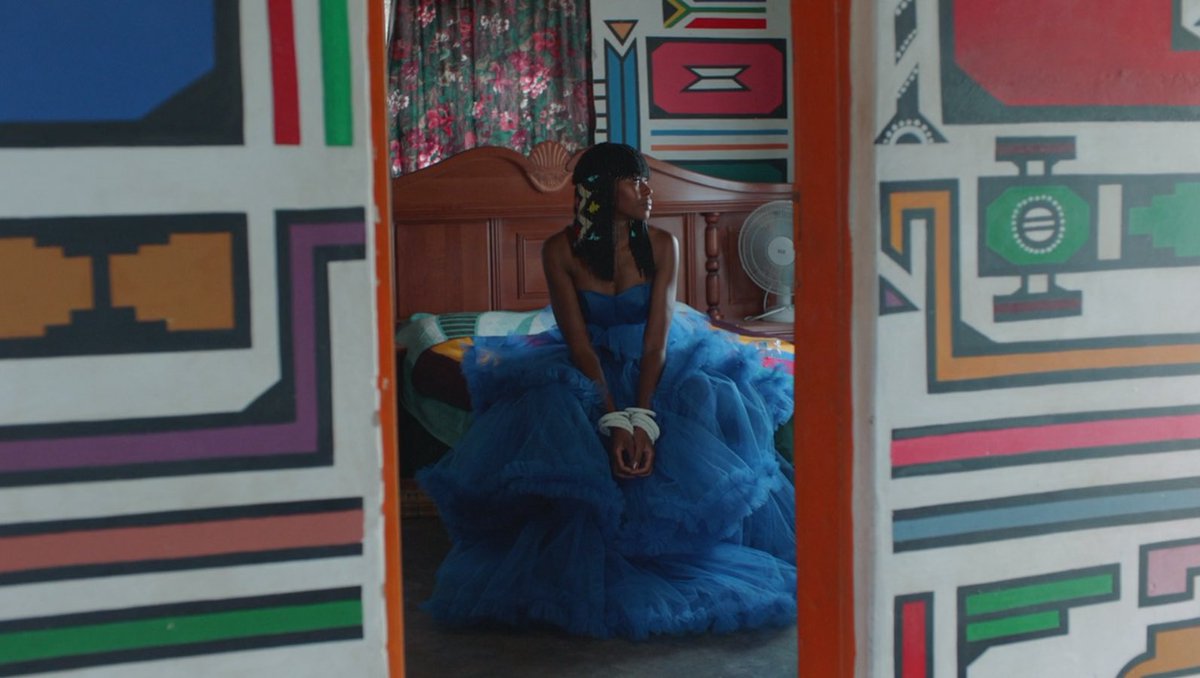
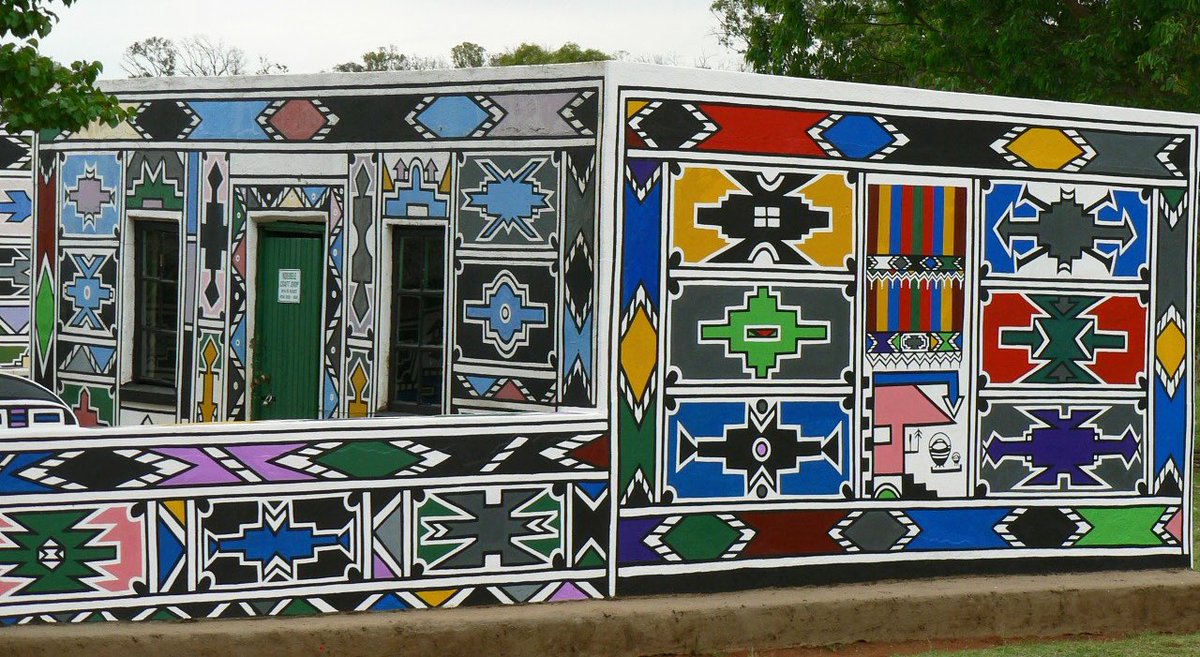


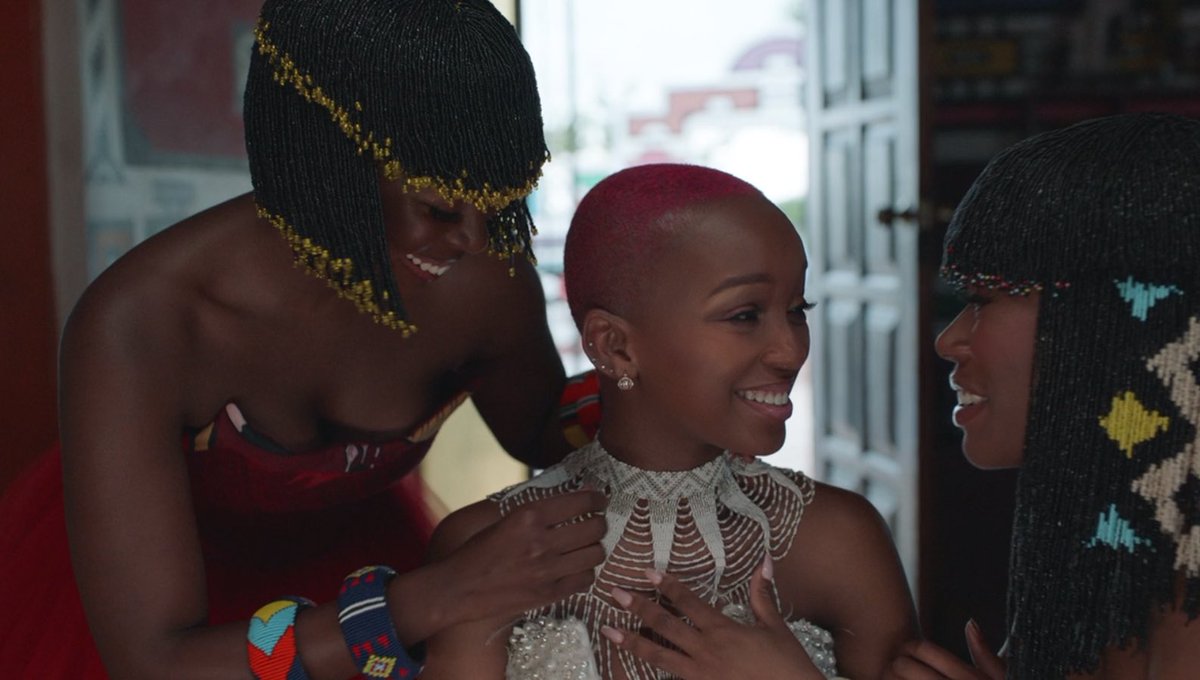
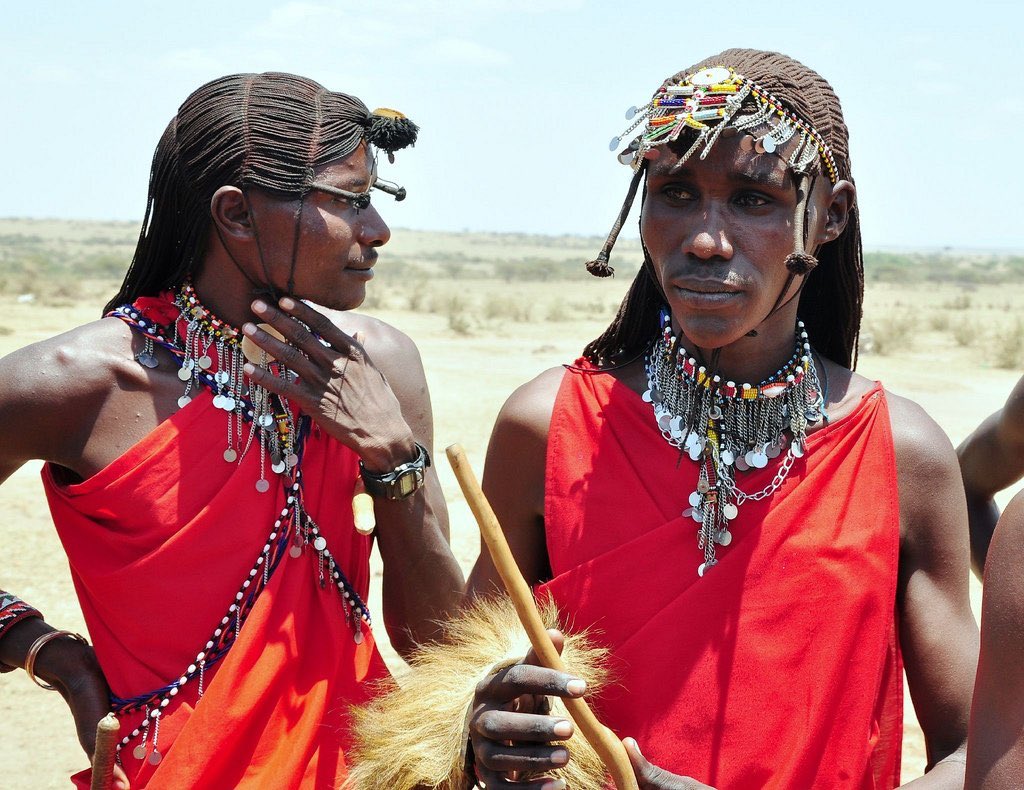

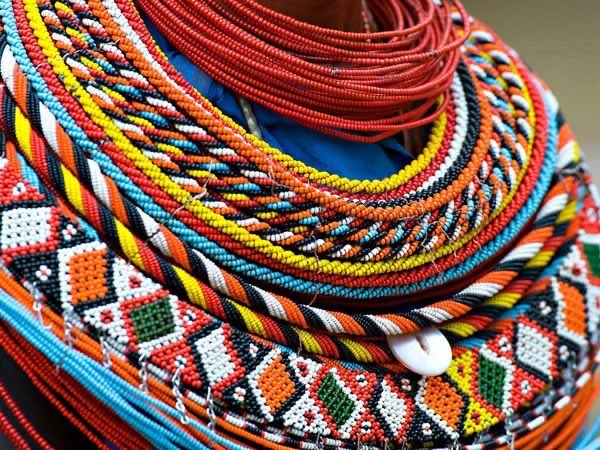
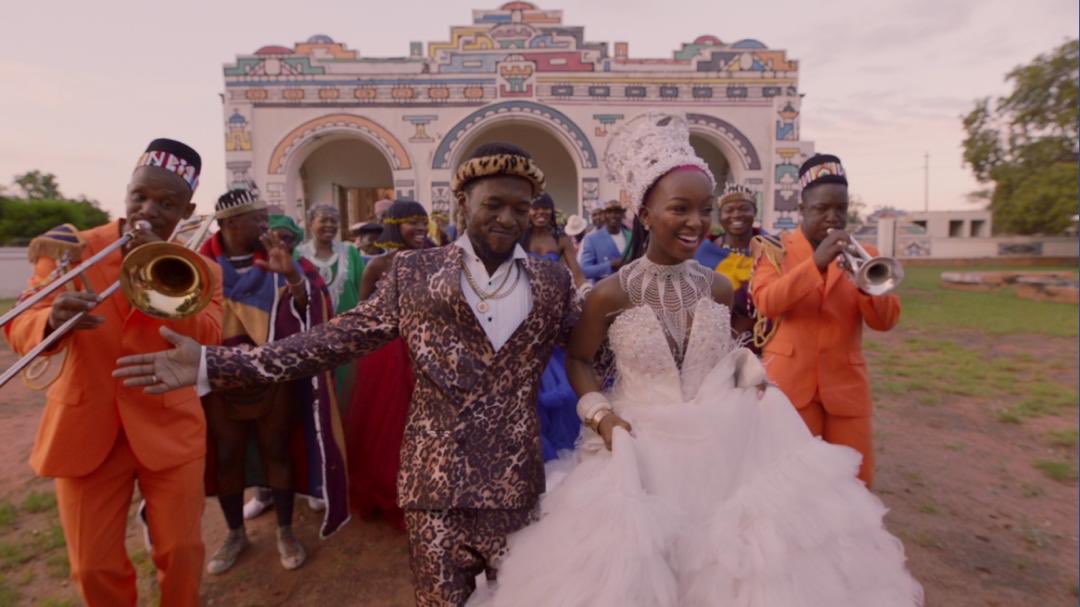
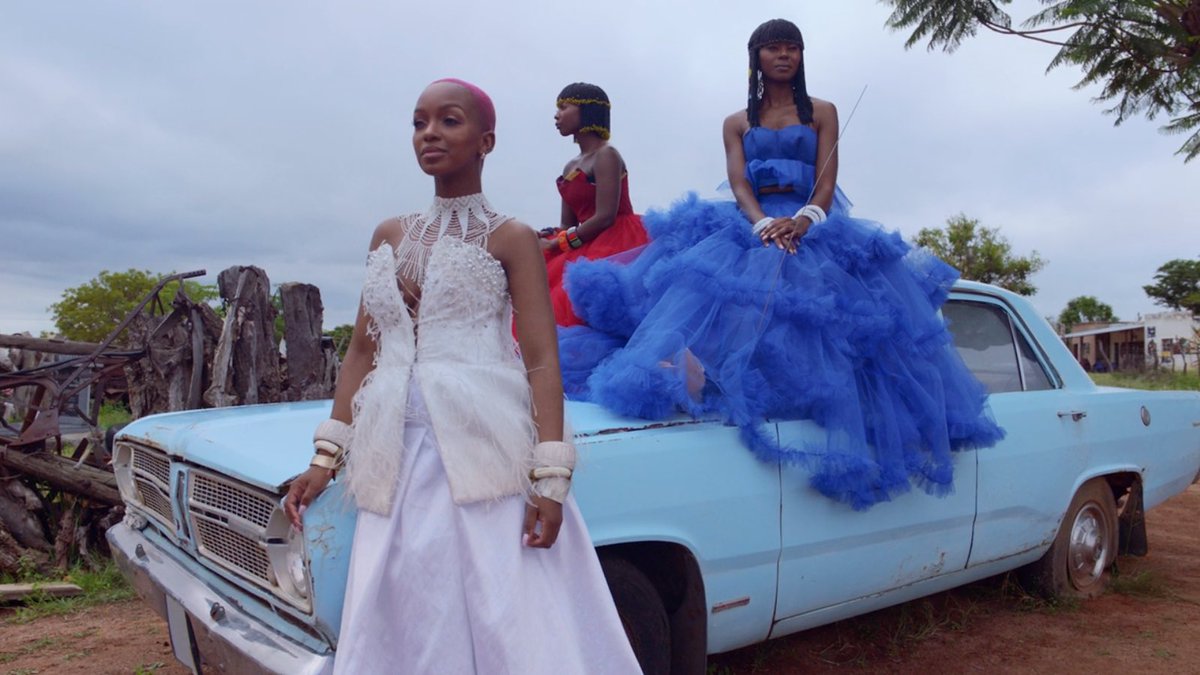
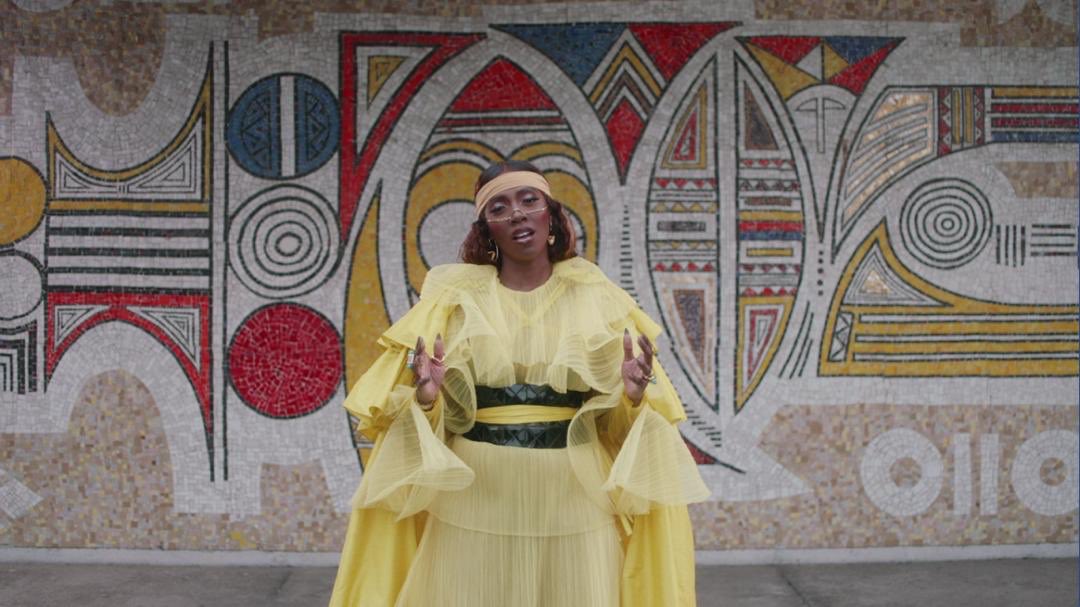
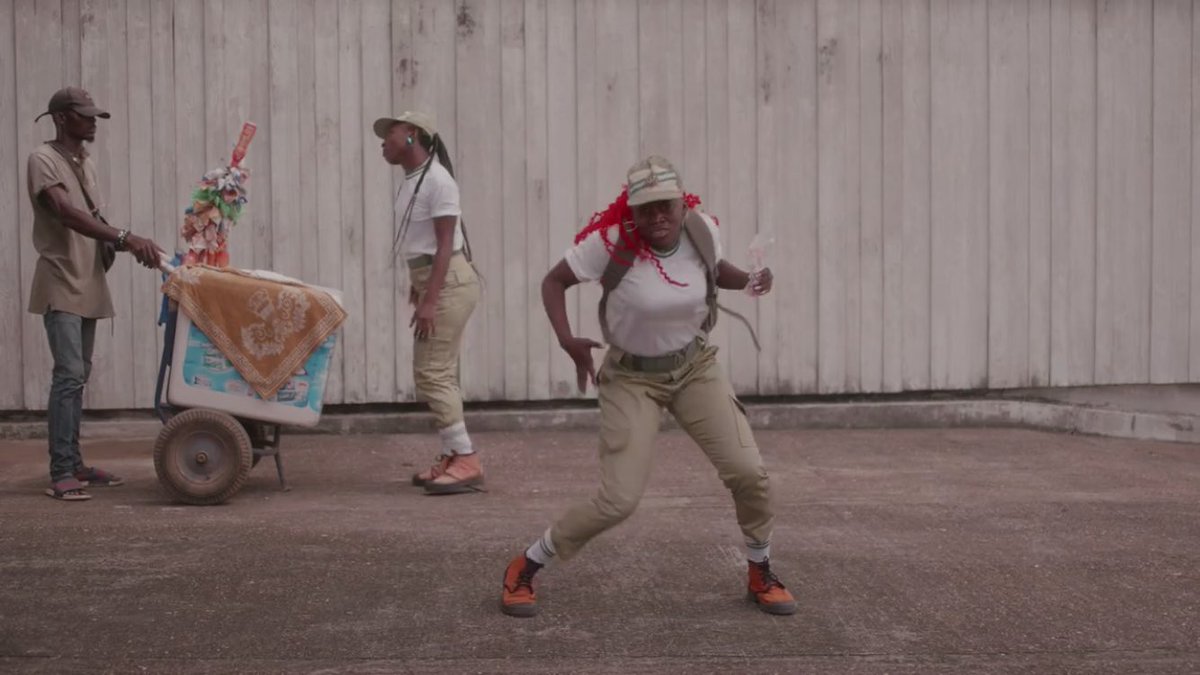
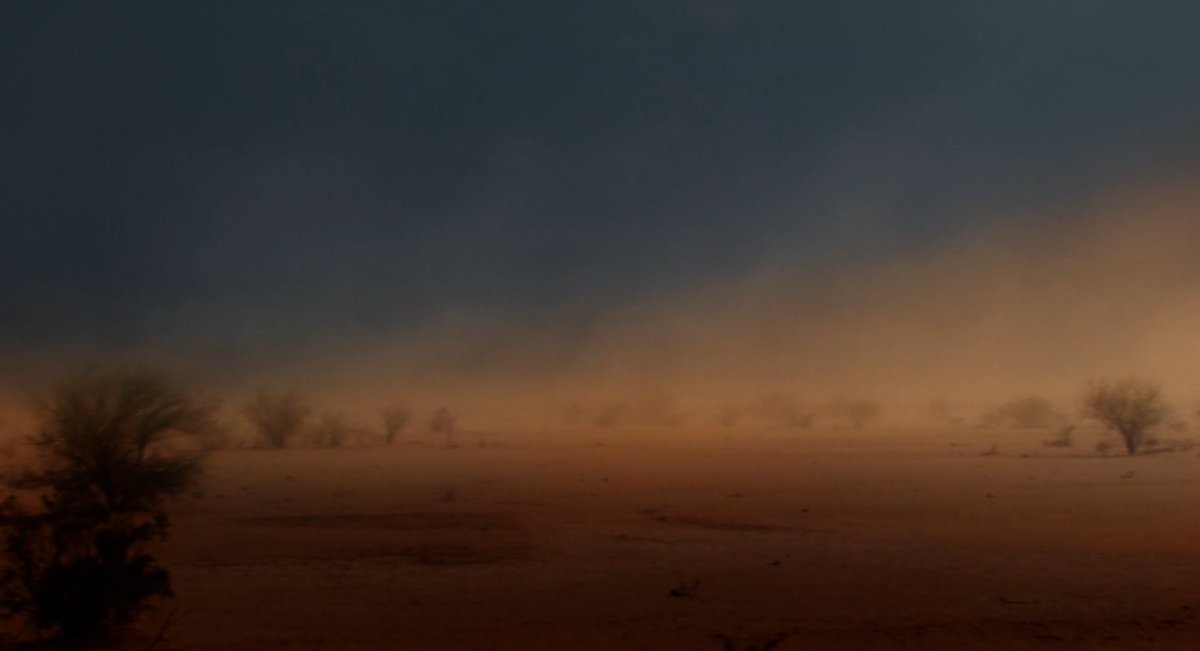
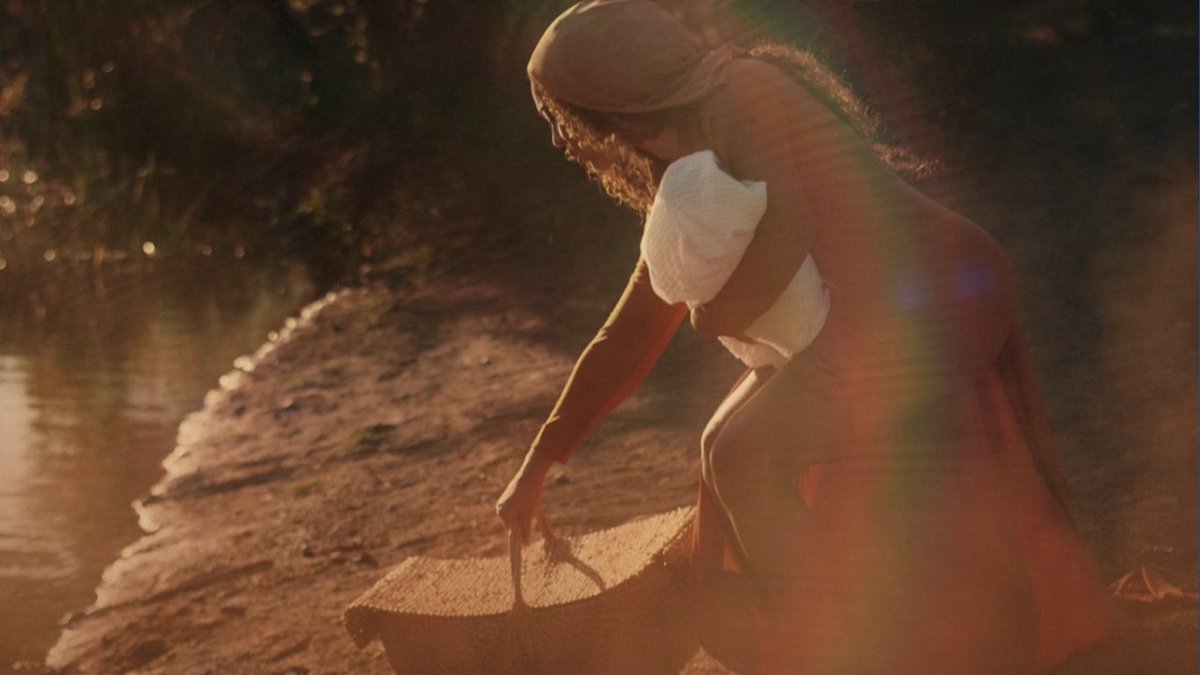
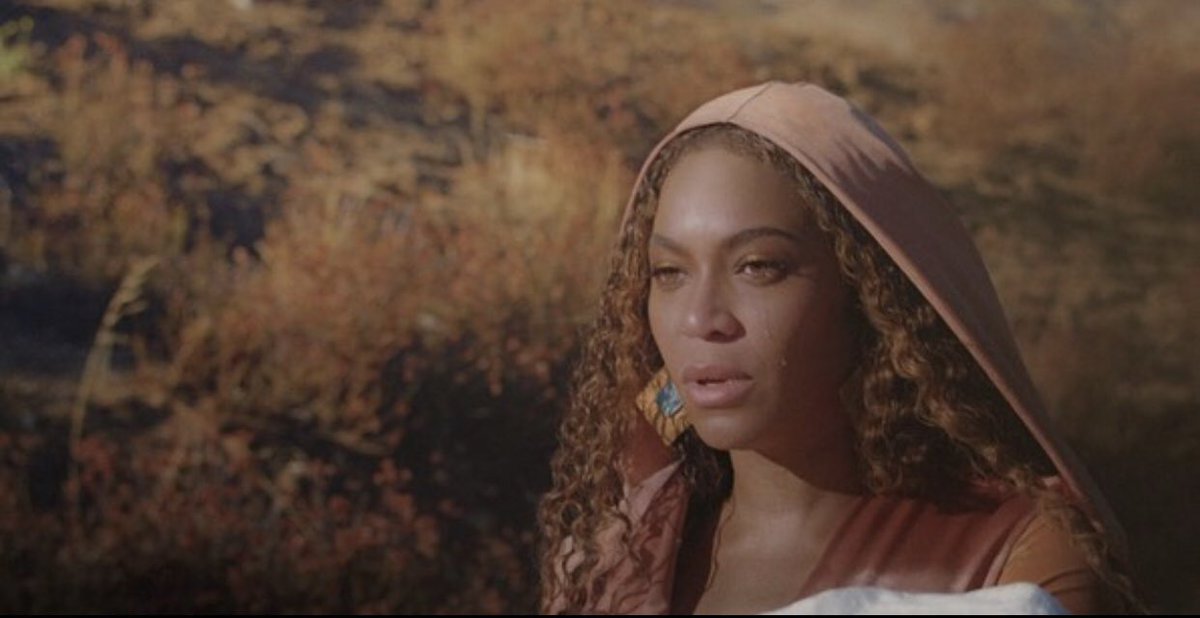

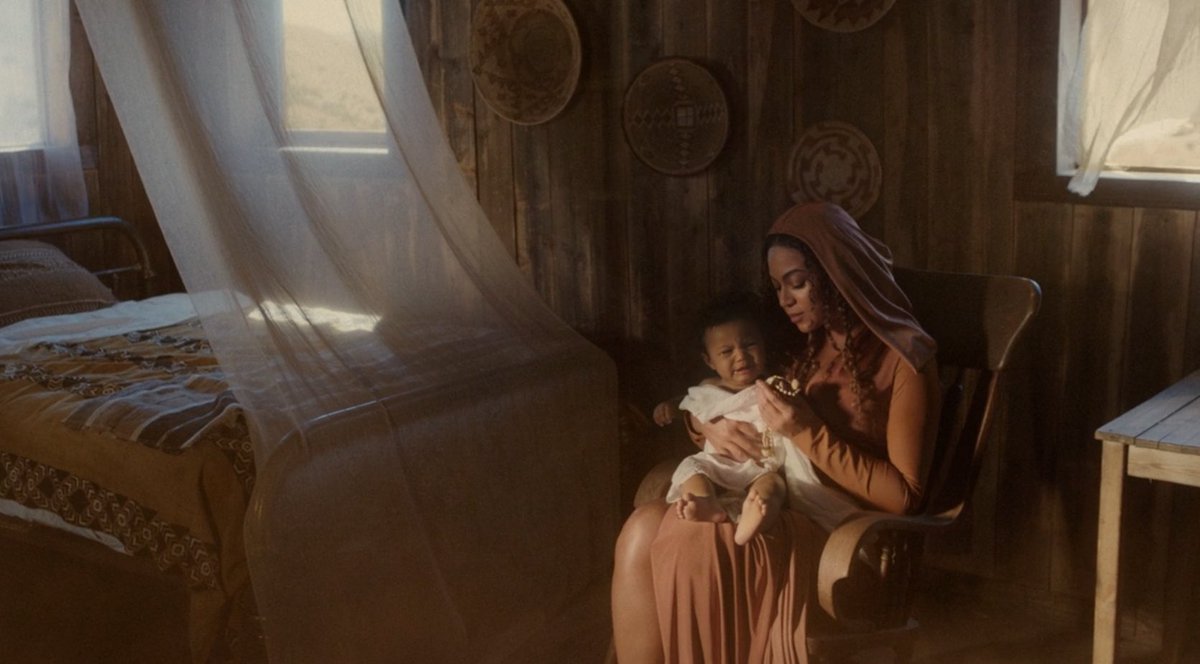
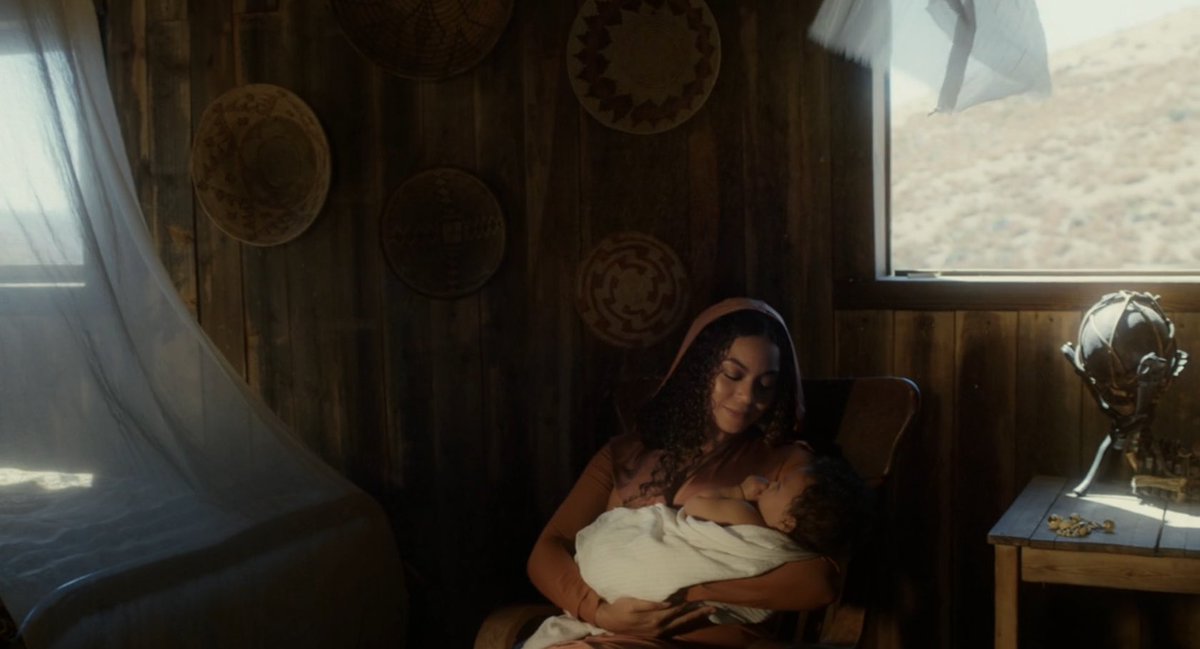
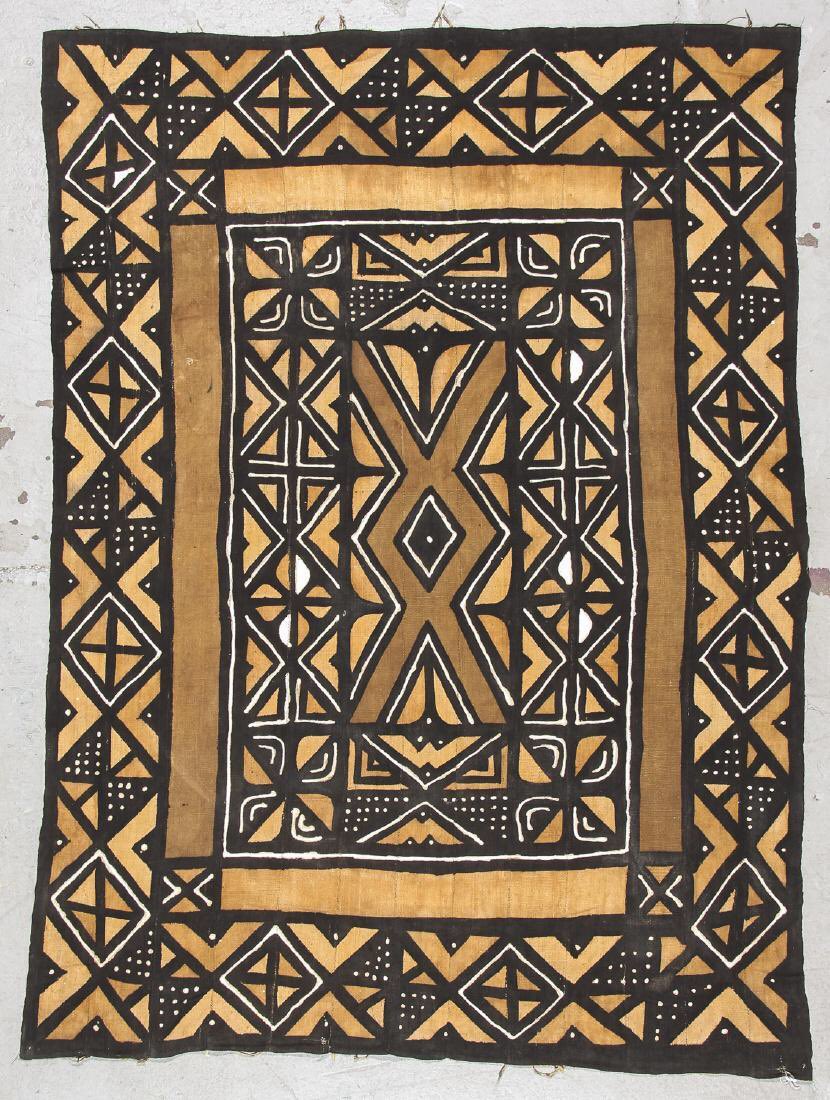
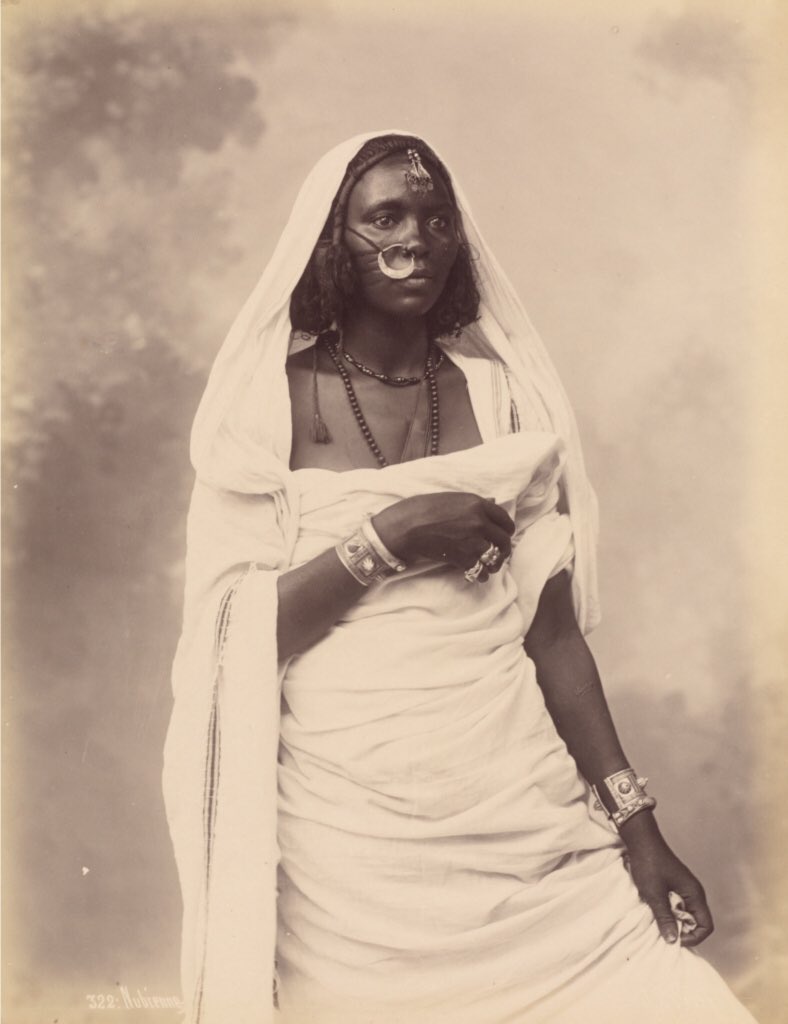
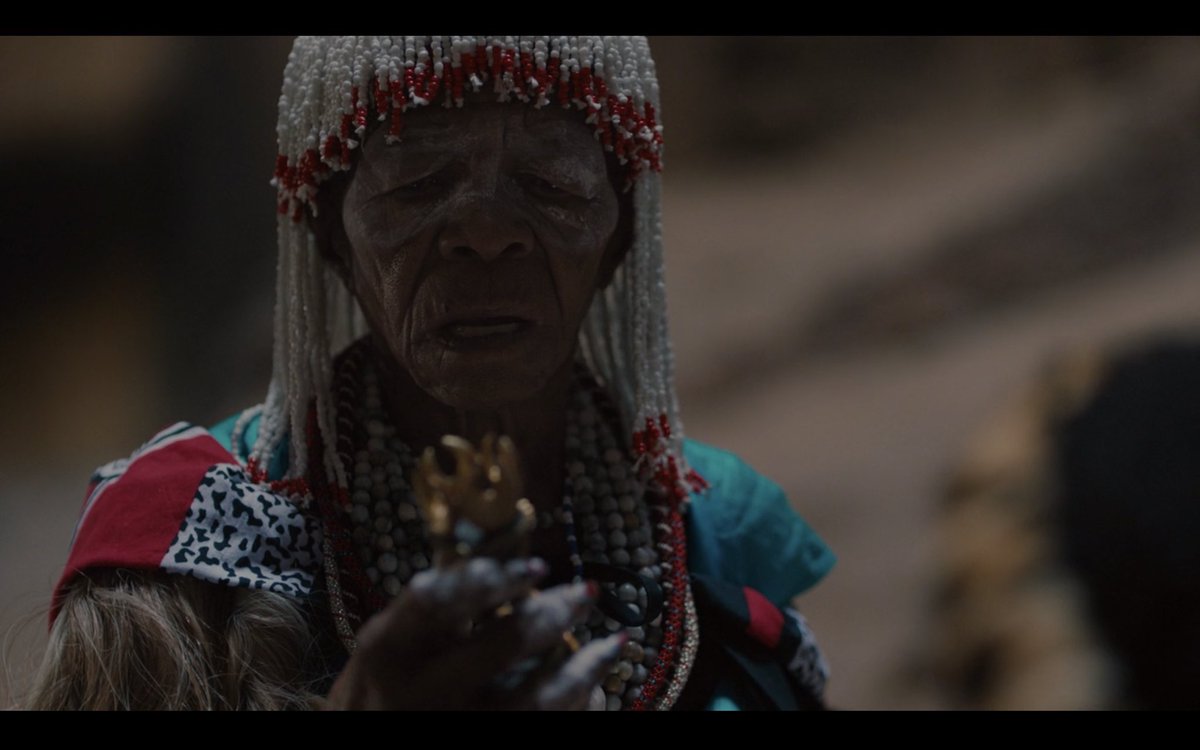 " title="The legendary South African actress Mary Kuksie Twala-Mhlongo, portrays an elder whom Simba presents his fetish (nkisi as called by the BaKongo of Zaire) to prove he is ready for his inheritance. Mary passed away on July 4th, and leaves behind a legacy of respect https://abs.twimg.com/emoji/v2/... draggable="false" alt="❤️" title="Rotes Herz" aria-label="Emoji: Rotes Herz">">
" title="The legendary South African actress Mary Kuksie Twala-Mhlongo, portrays an elder whom Simba presents his fetish (nkisi as called by the BaKongo of Zaire) to prove he is ready for his inheritance. Mary passed away on July 4th, and leaves behind a legacy of respect https://abs.twimg.com/emoji/v2/... draggable="false" alt="❤️" title="Rotes Herz" aria-label="Emoji: Rotes Herz">">
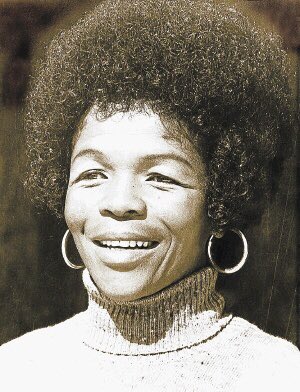 " title="The legendary South African actress Mary Kuksie Twala-Mhlongo, portrays an elder whom Simba presents his fetish (nkisi as called by the BaKongo of Zaire) to prove he is ready for his inheritance. Mary passed away on July 4th, and leaves behind a legacy of respect https://abs.twimg.com/emoji/v2/... draggable="false" alt="❤️" title="Rotes Herz" aria-label="Emoji: Rotes Herz">">
" title="The legendary South African actress Mary Kuksie Twala-Mhlongo, portrays an elder whom Simba presents his fetish (nkisi as called by the BaKongo of Zaire) to prove he is ready for his inheritance. Mary passed away on July 4th, and leaves behind a legacy of respect https://abs.twimg.com/emoji/v2/... draggable="false" alt="❤️" title="Rotes Herz" aria-label="Emoji: Rotes Herz">">
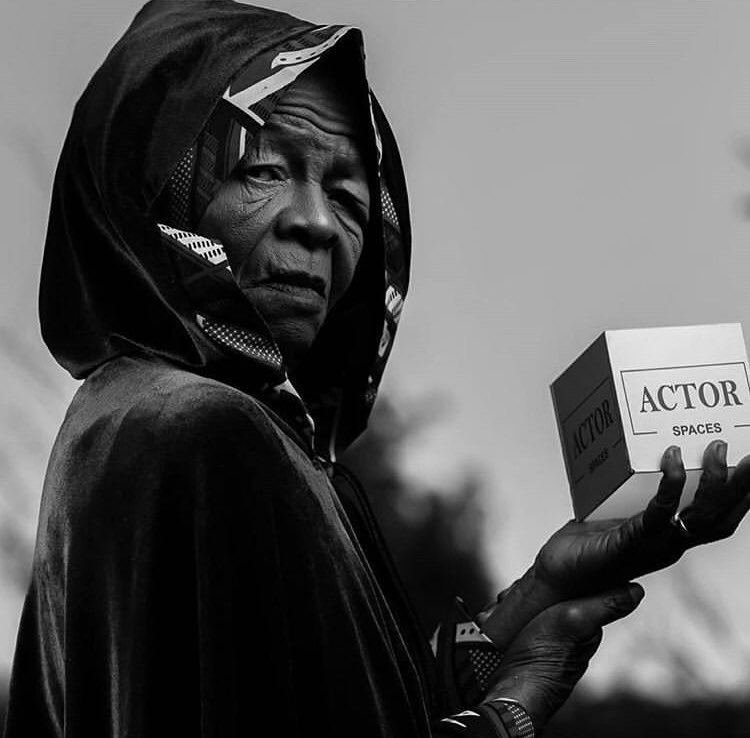 " title="The legendary South African actress Mary Kuksie Twala-Mhlongo, portrays an elder whom Simba presents his fetish (nkisi as called by the BaKongo of Zaire) to prove he is ready for his inheritance. Mary passed away on July 4th, and leaves behind a legacy of respect https://abs.twimg.com/emoji/v2/... draggable="false" alt="❤️" title="Rotes Herz" aria-label="Emoji: Rotes Herz">">
" title="The legendary South African actress Mary Kuksie Twala-Mhlongo, portrays an elder whom Simba presents his fetish (nkisi as called by the BaKongo of Zaire) to prove he is ready for his inheritance. Mary passed away on July 4th, and leaves behind a legacy of respect https://abs.twimg.com/emoji/v2/... draggable="false" alt="❤️" title="Rotes Herz" aria-label="Emoji: Rotes Herz">">
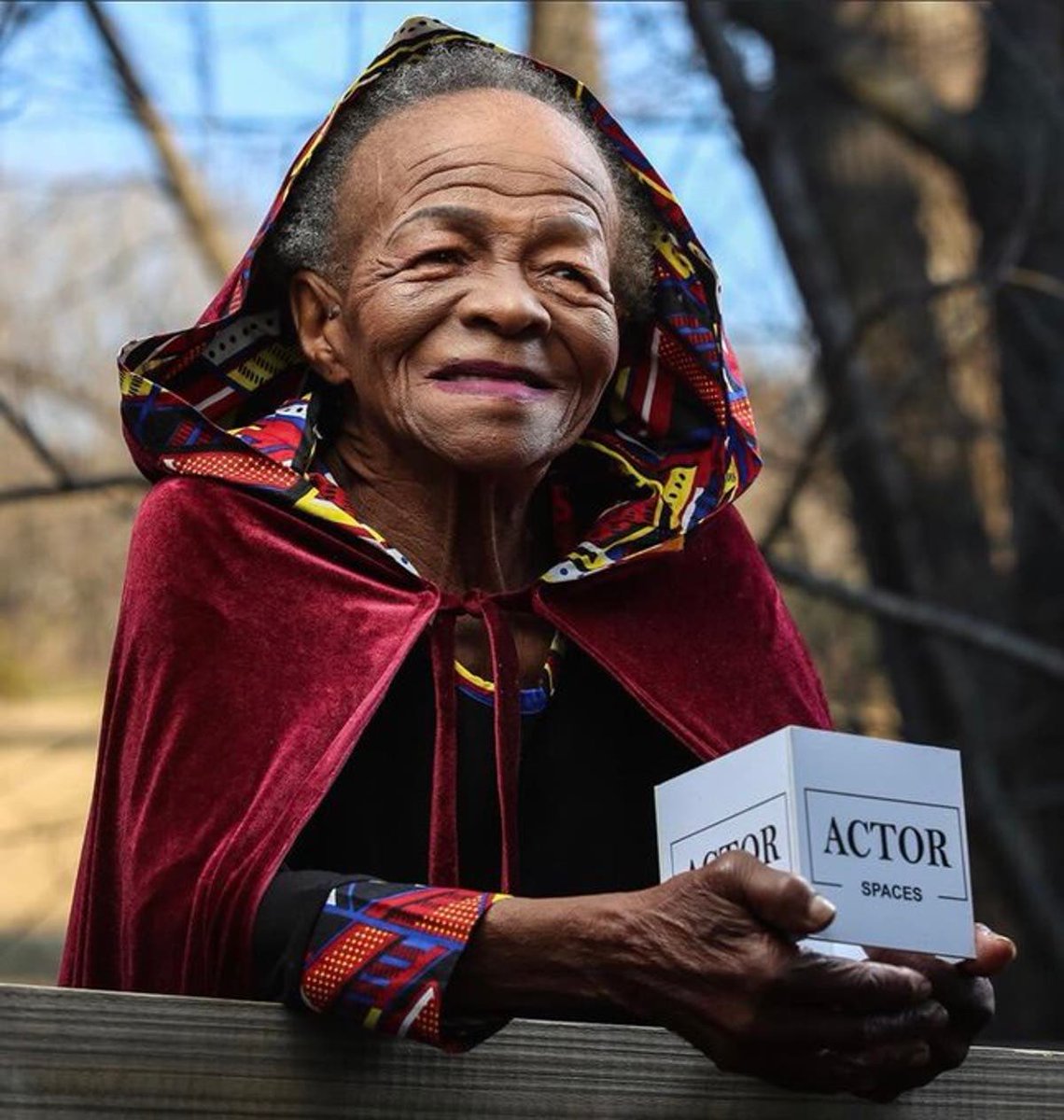 " title="The legendary South African actress Mary Kuksie Twala-Mhlongo, portrays an elder whom Simba presents his fetish (nkisi as called by the BaKongo of Zaire) to prove he is ready for his inheritance. Mary passed away on July 4th, and leaves behind a legacy of respect https://abs.twimg.com/emoji/v2/... draggable="false" alt="❤️" title="Rotes Herz" aria-label="Emoji: Rotes Herz">">
" title="The legendary South African actress Mary Kuksie Twala-Mhlongo, portrays an elder whom Simba presents his fetish (nkisi as called by the BaKongo of Zaire) to prove he is ready for his inheritance. Mary passed away on July 4th, and leaves behind a legacy of respect https://abs.twimg.com/emoji/v2/... draggable="false" alt="❤️" title="Rotes Herz" aria-label="Emoji: Rotes Herz">">
